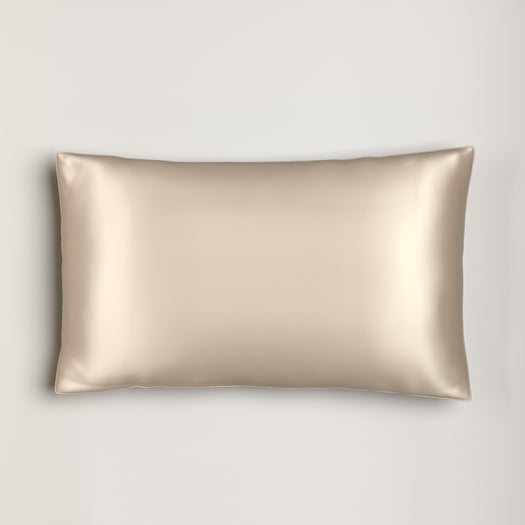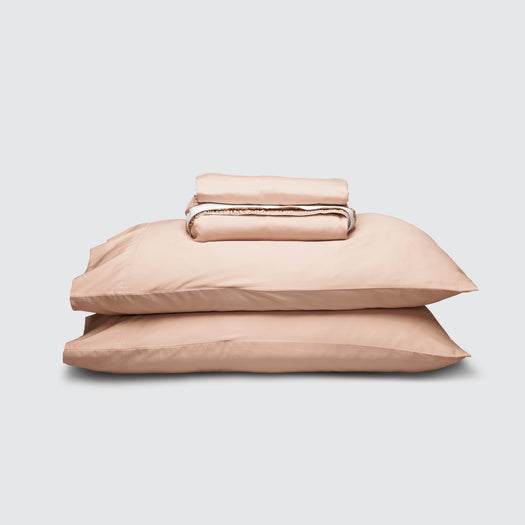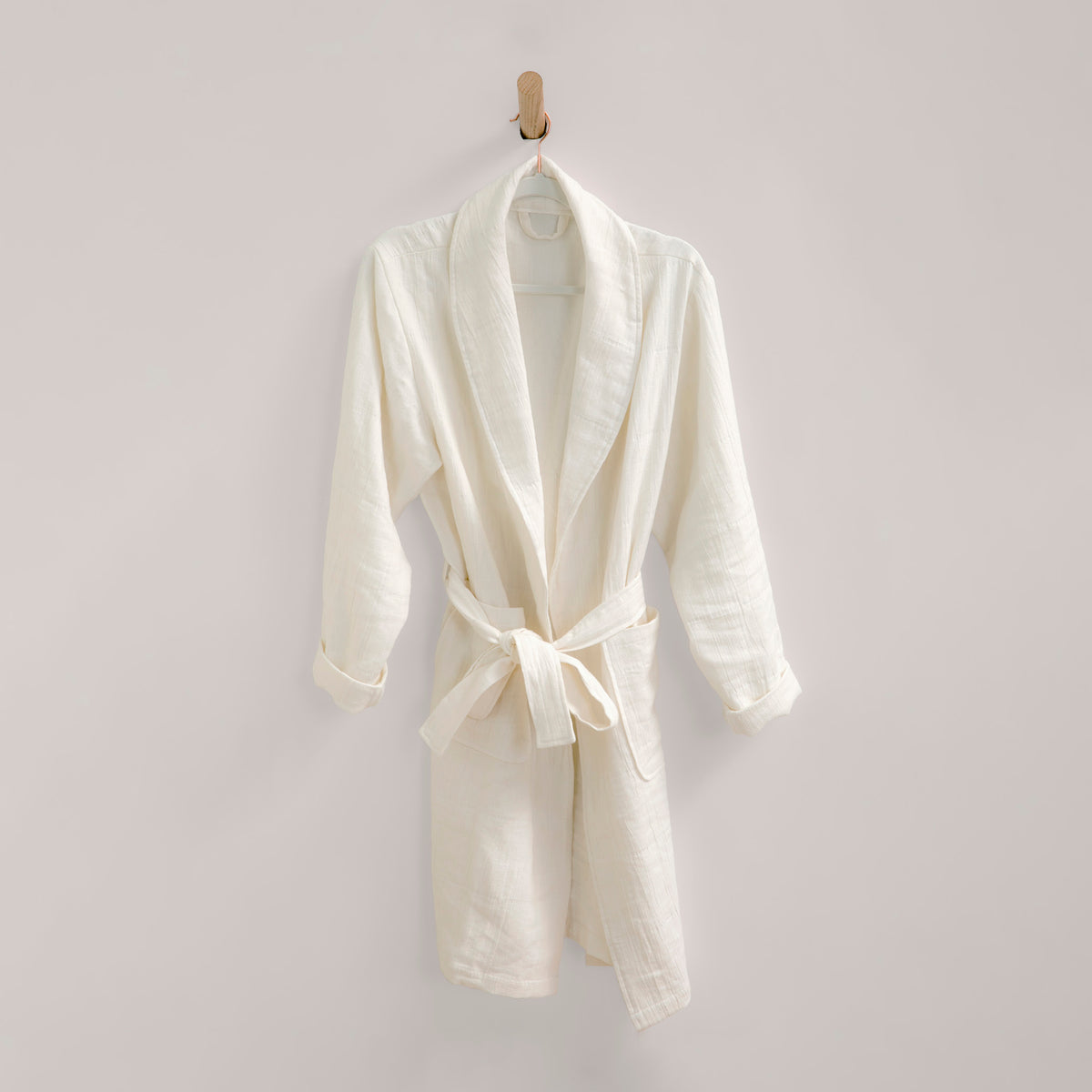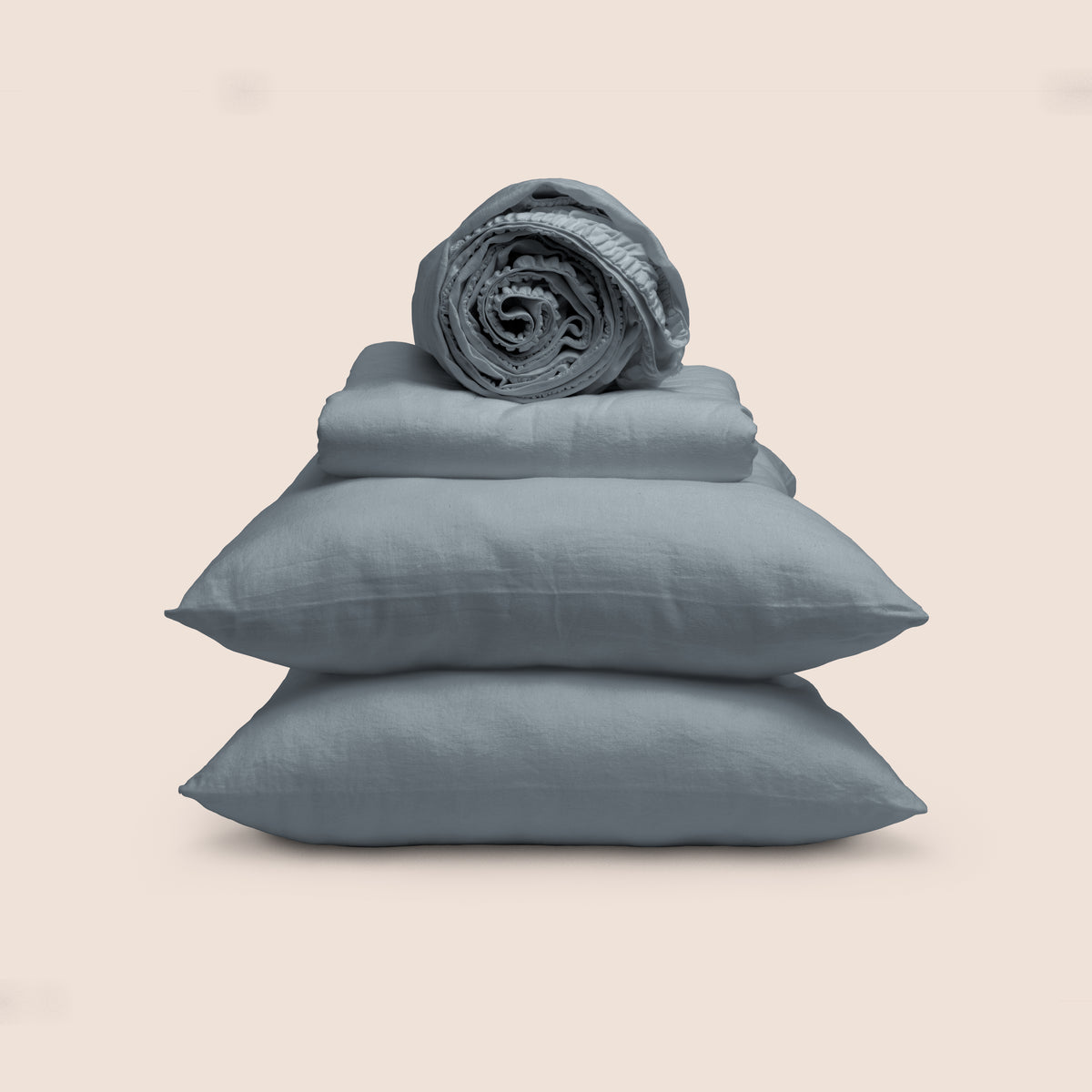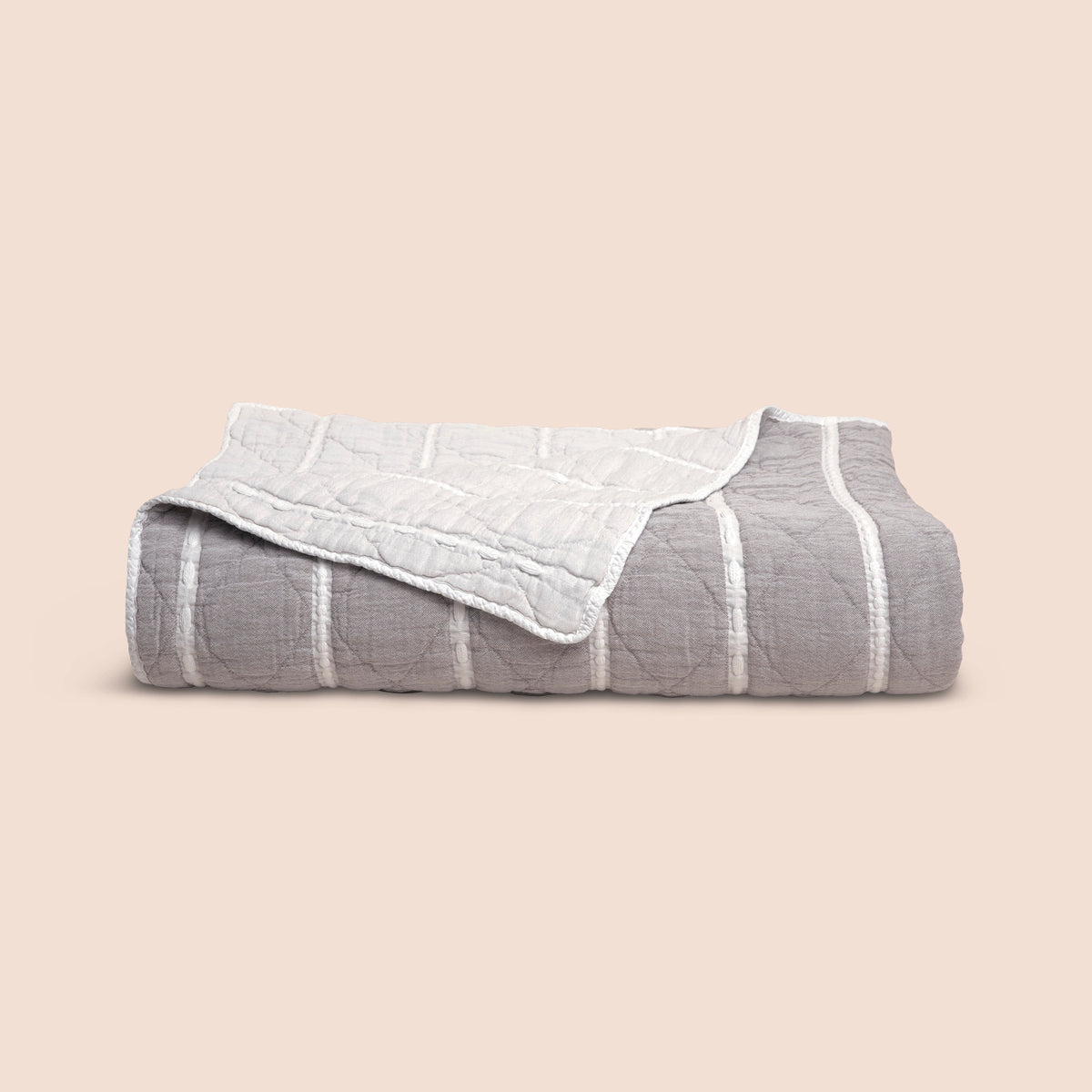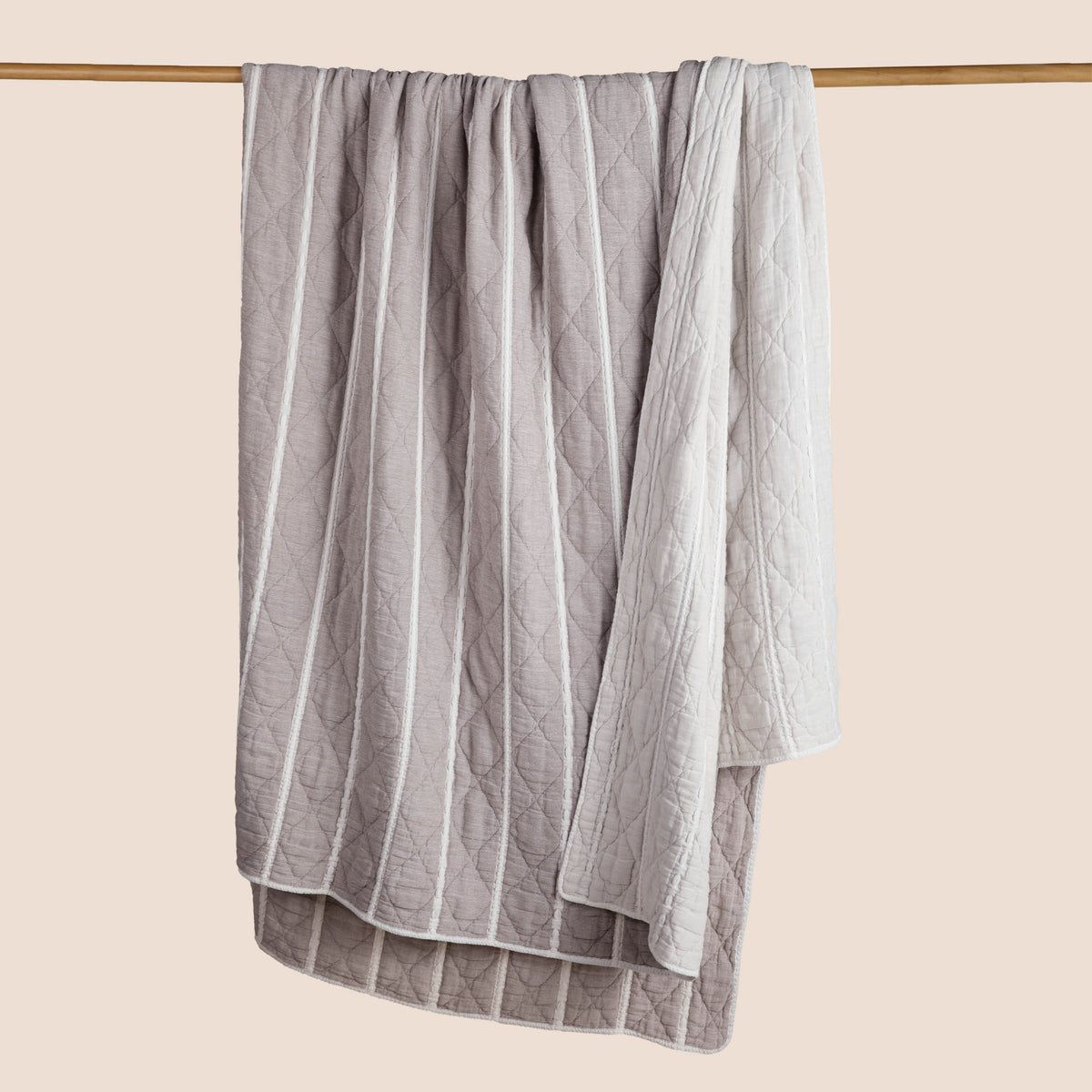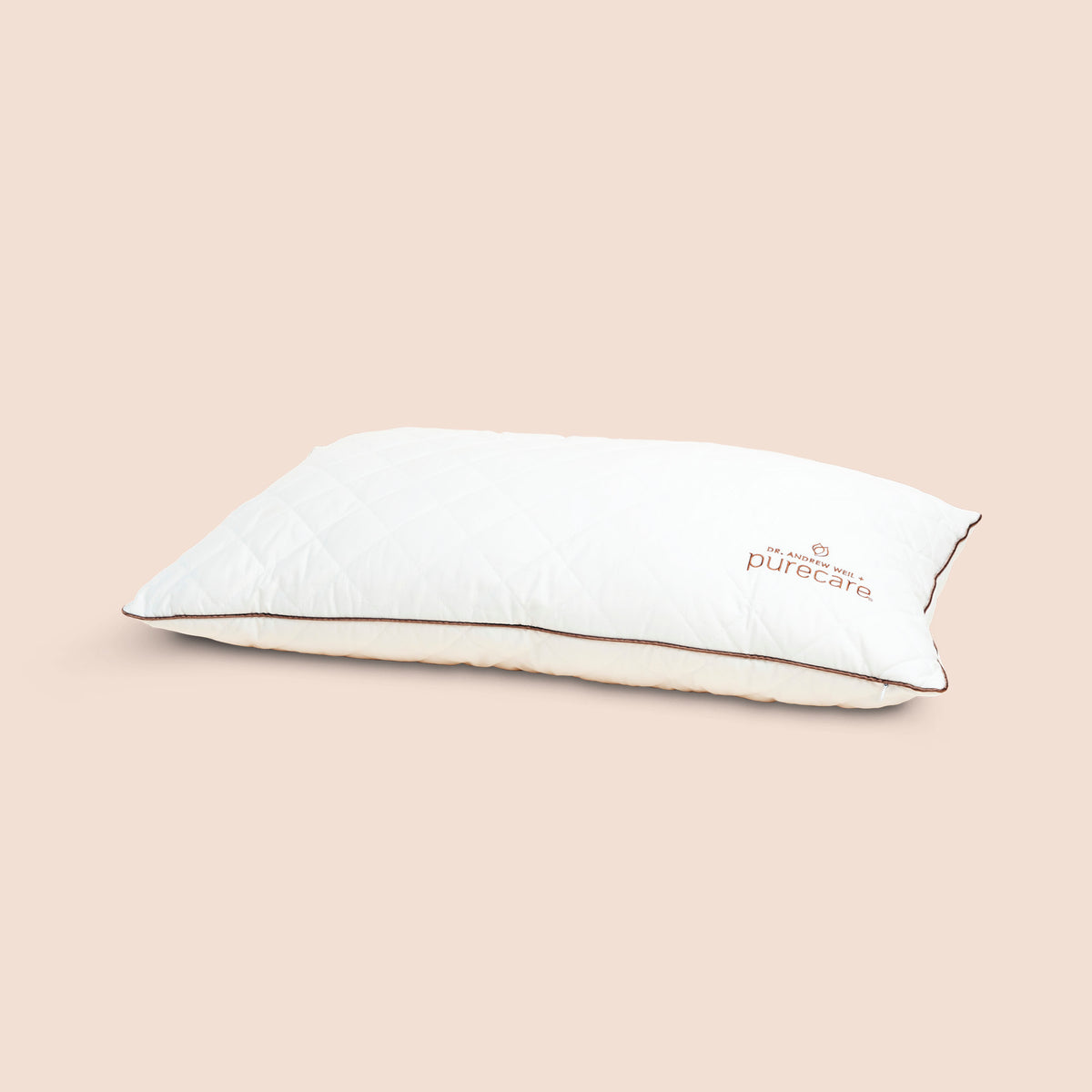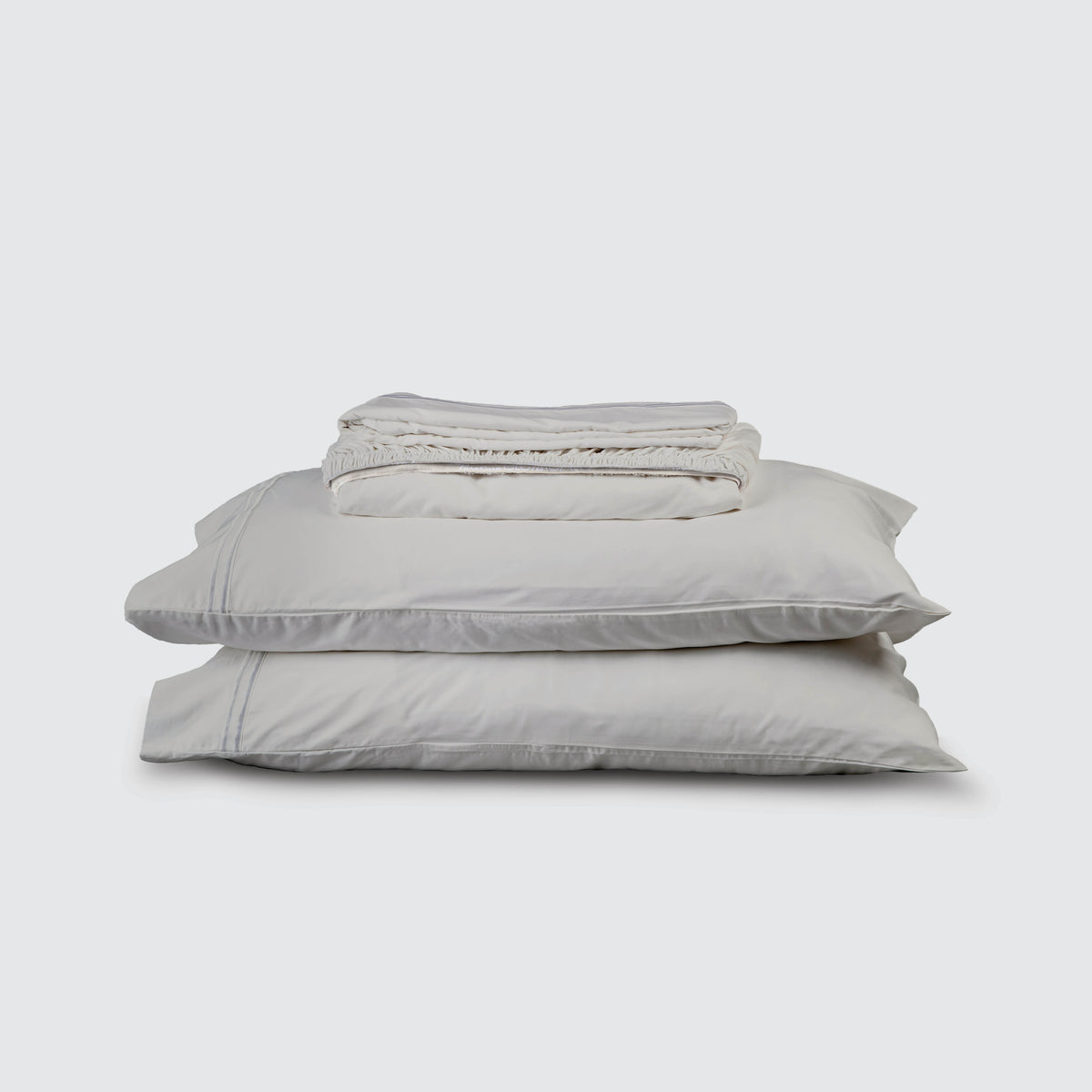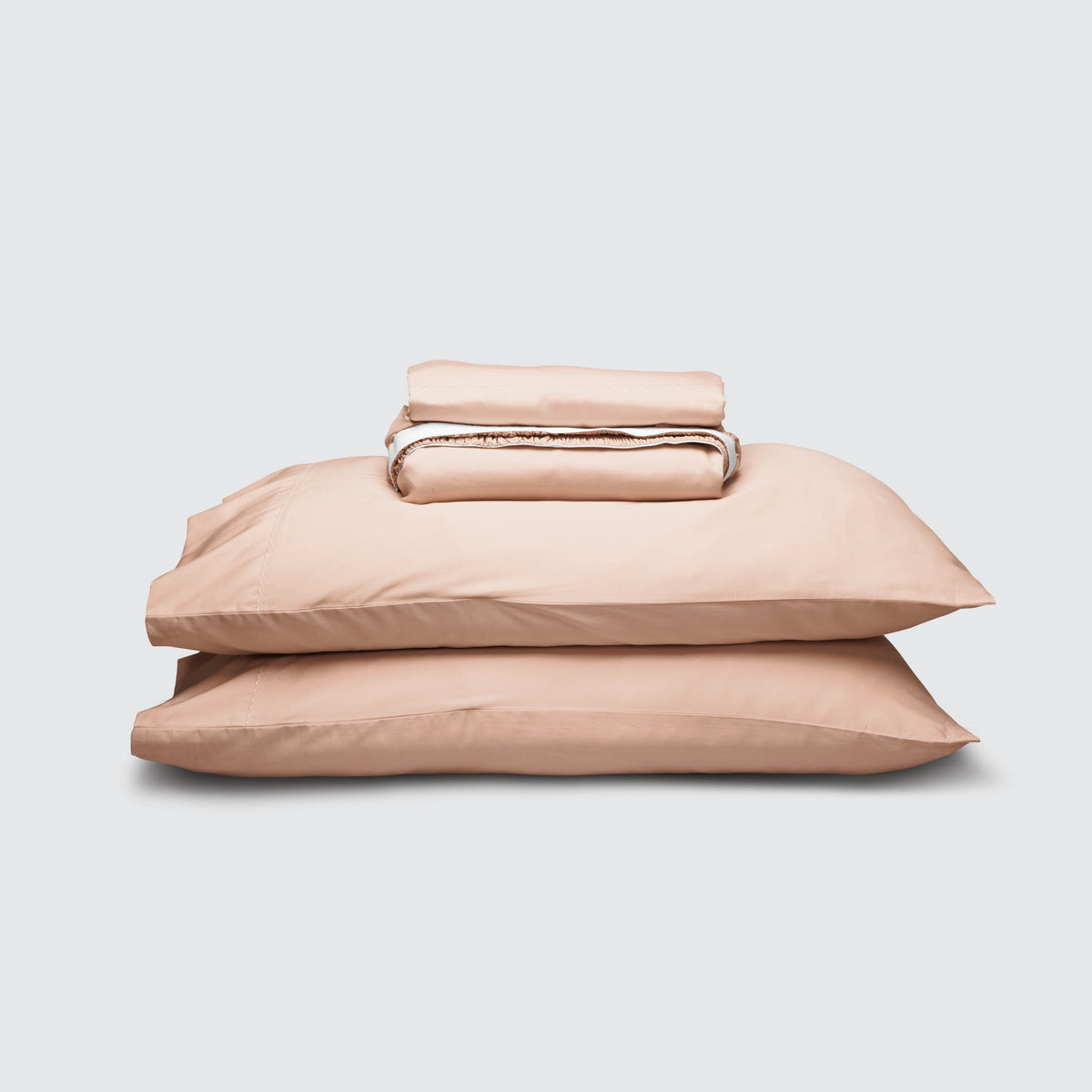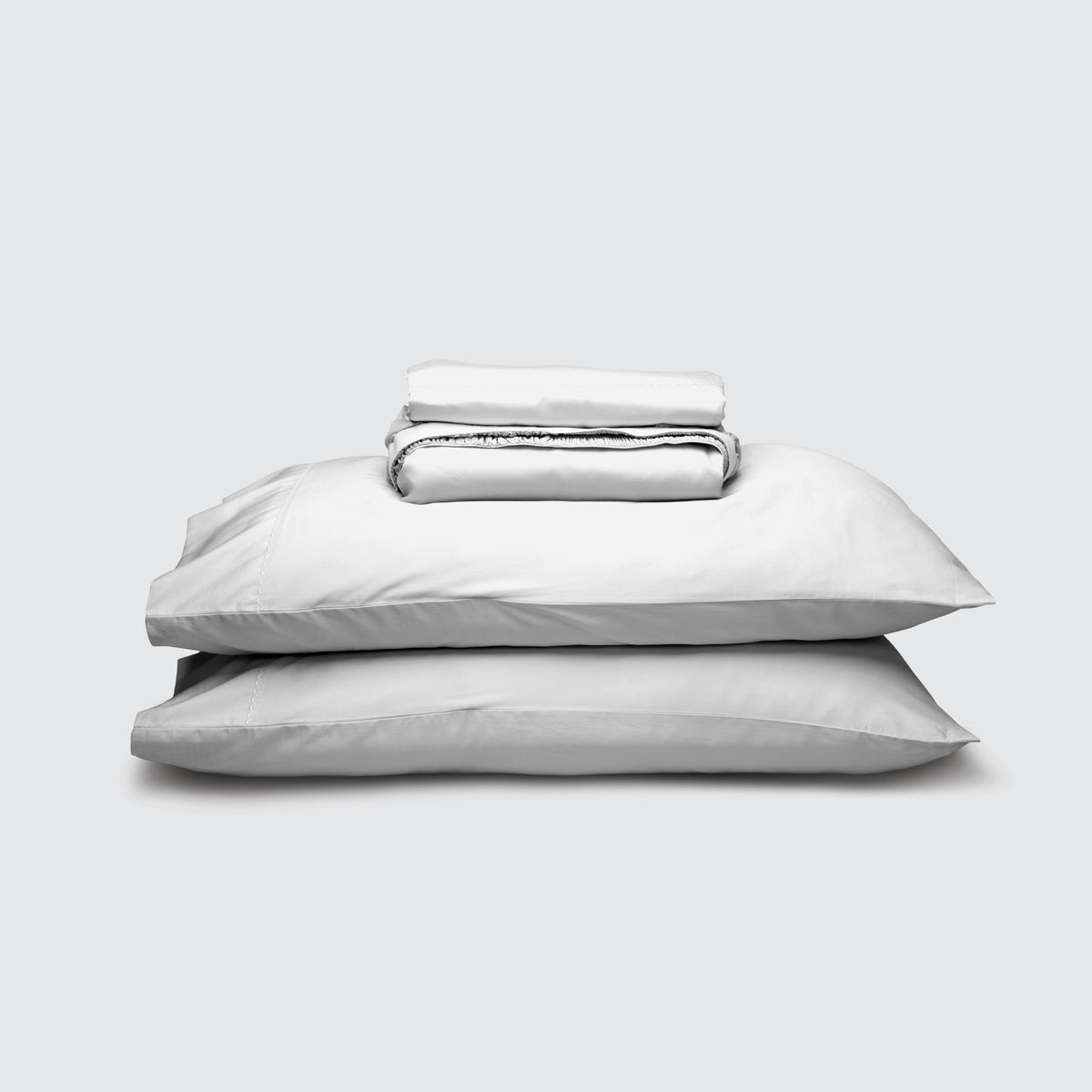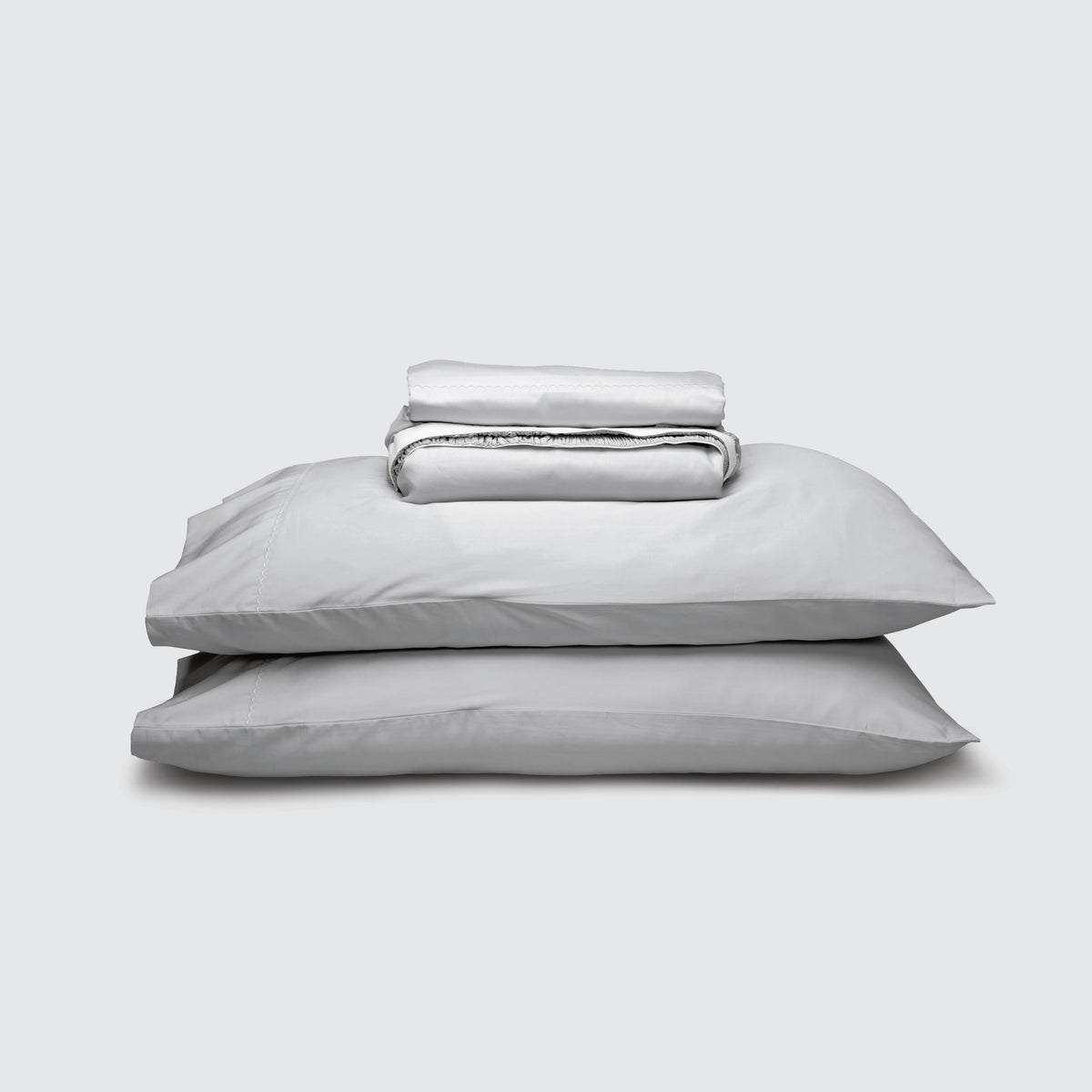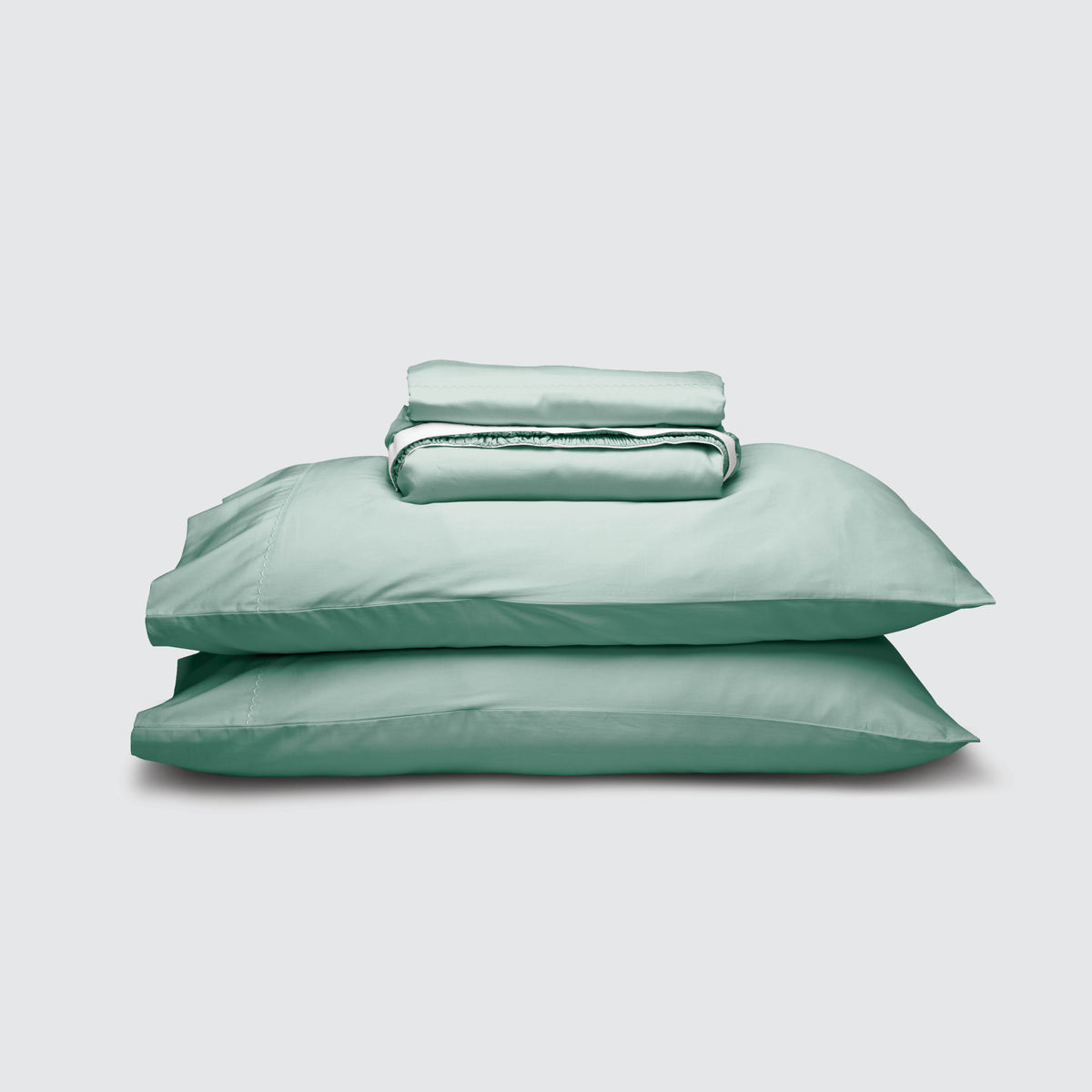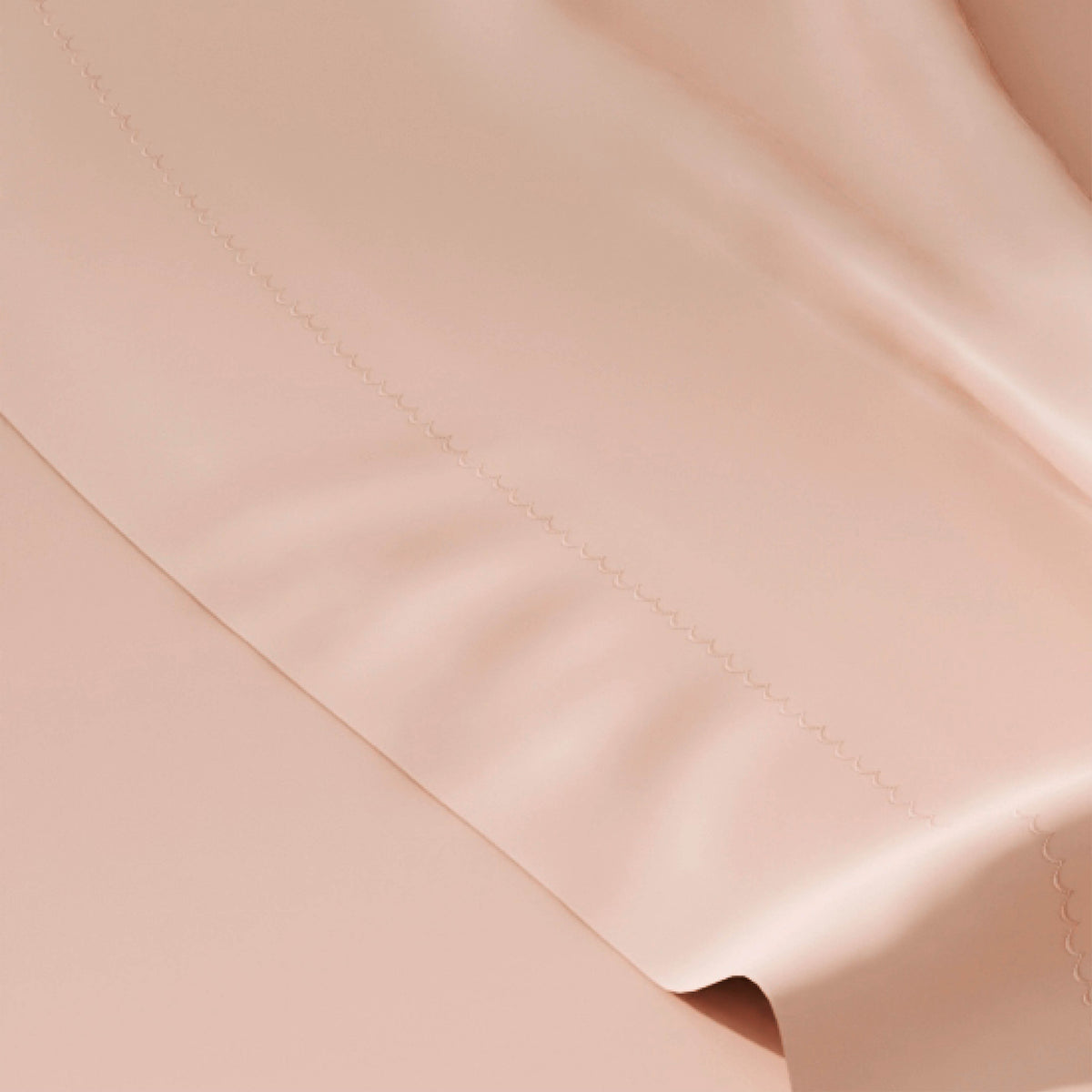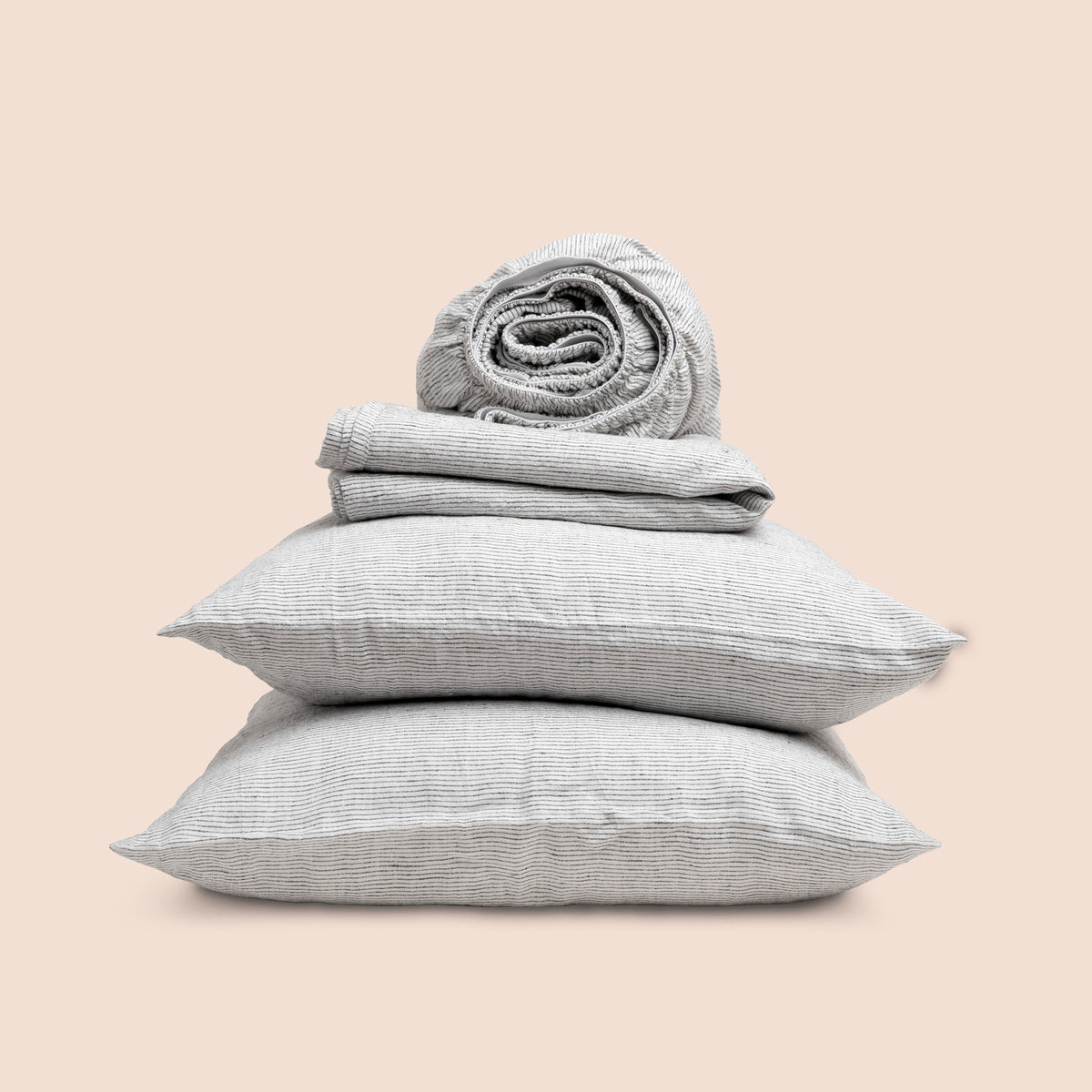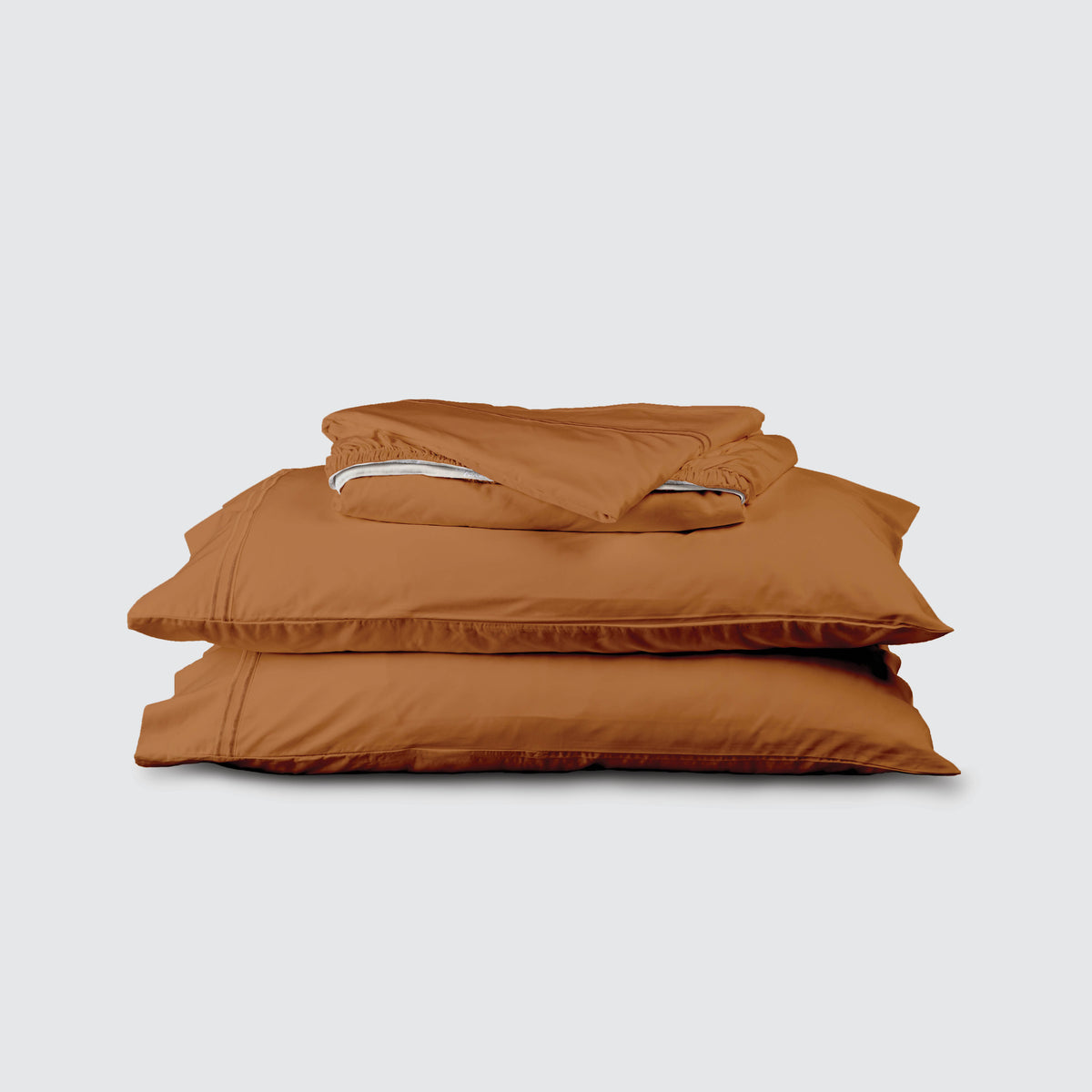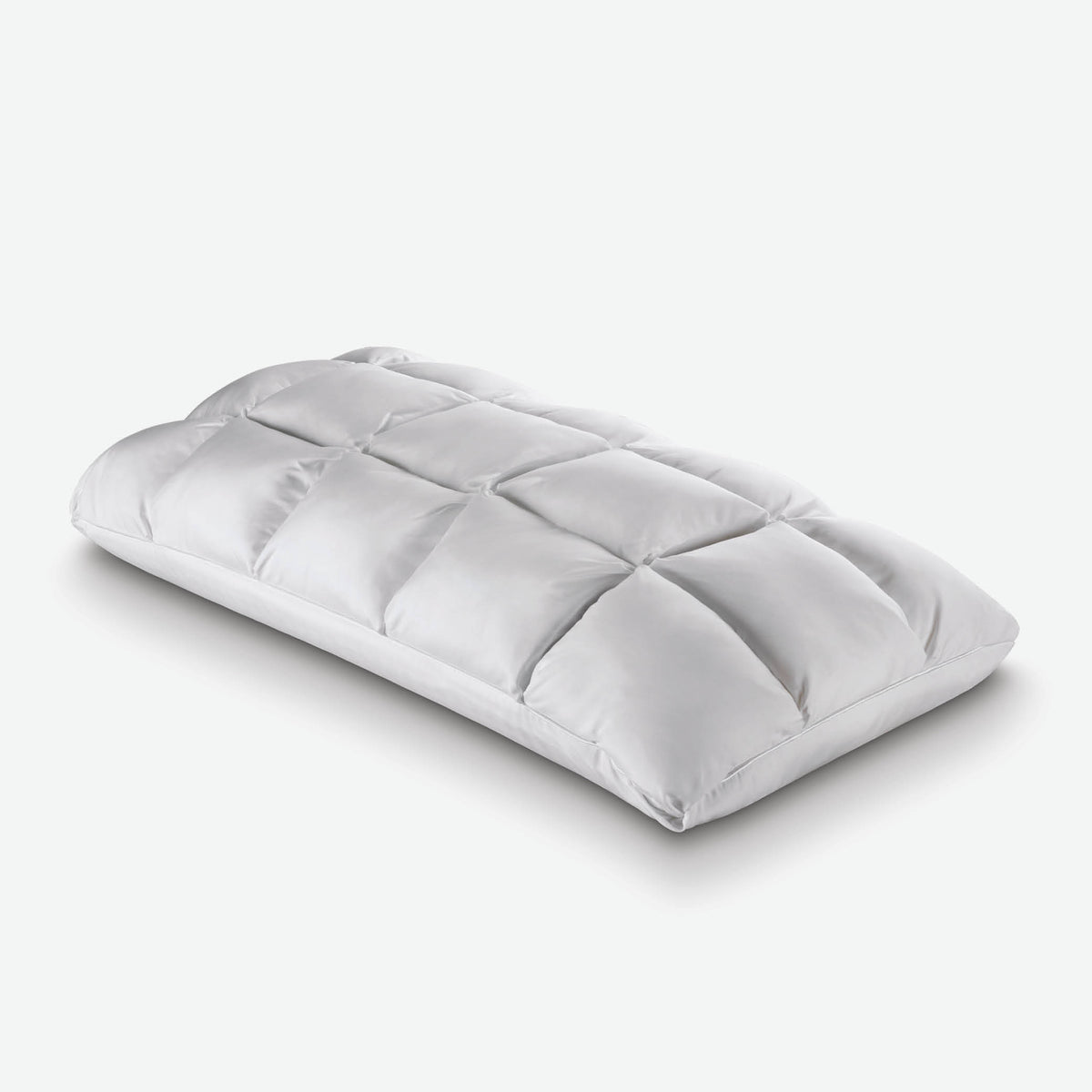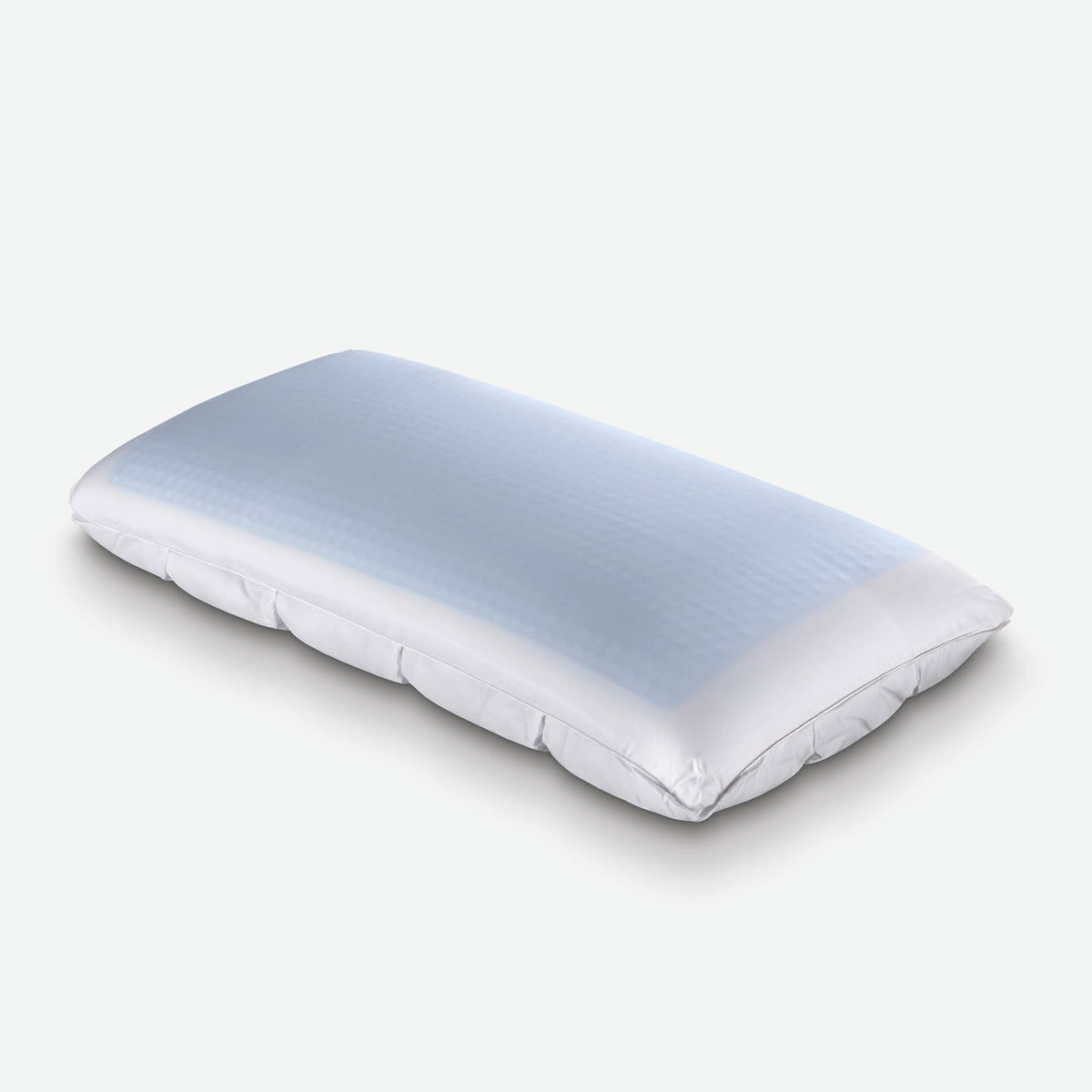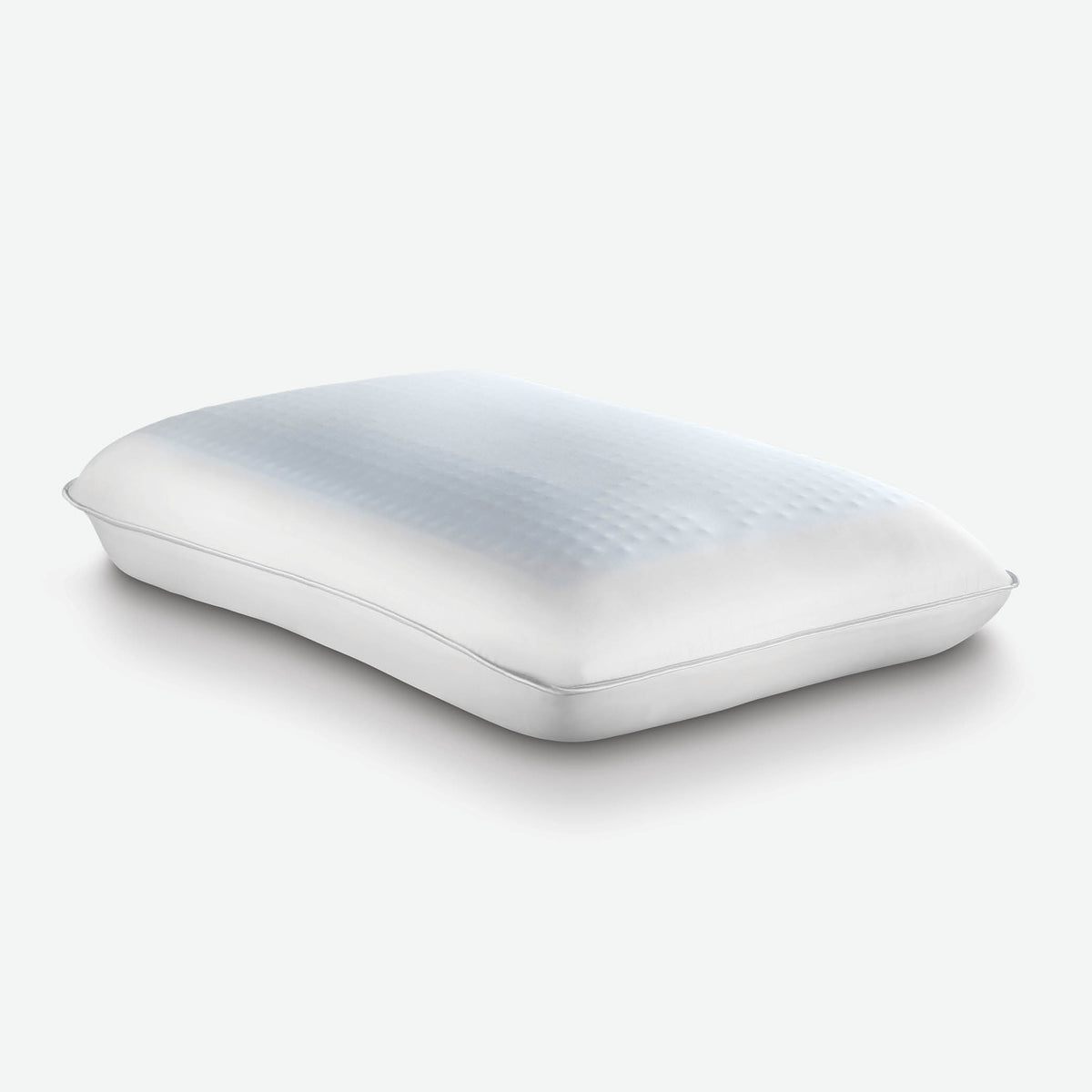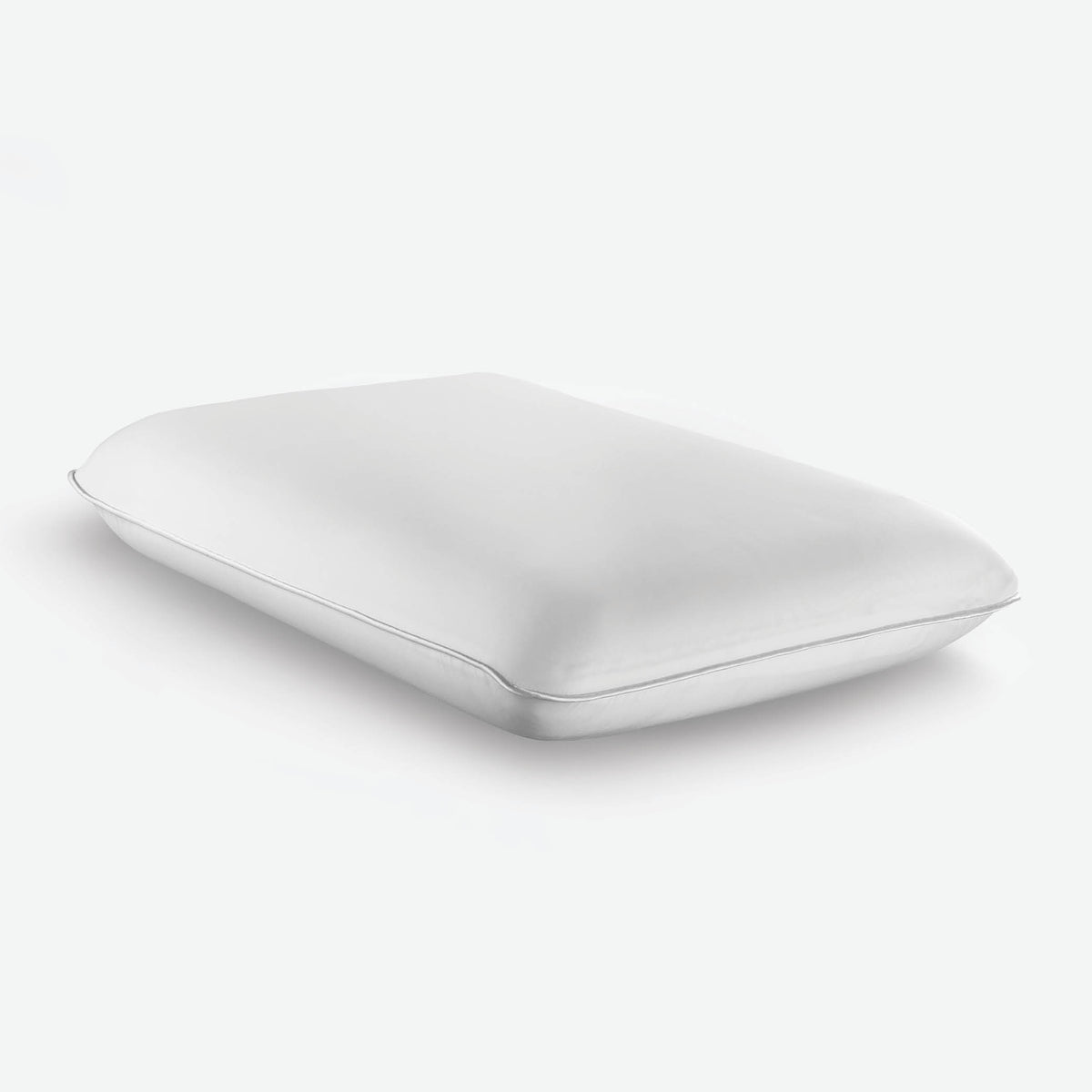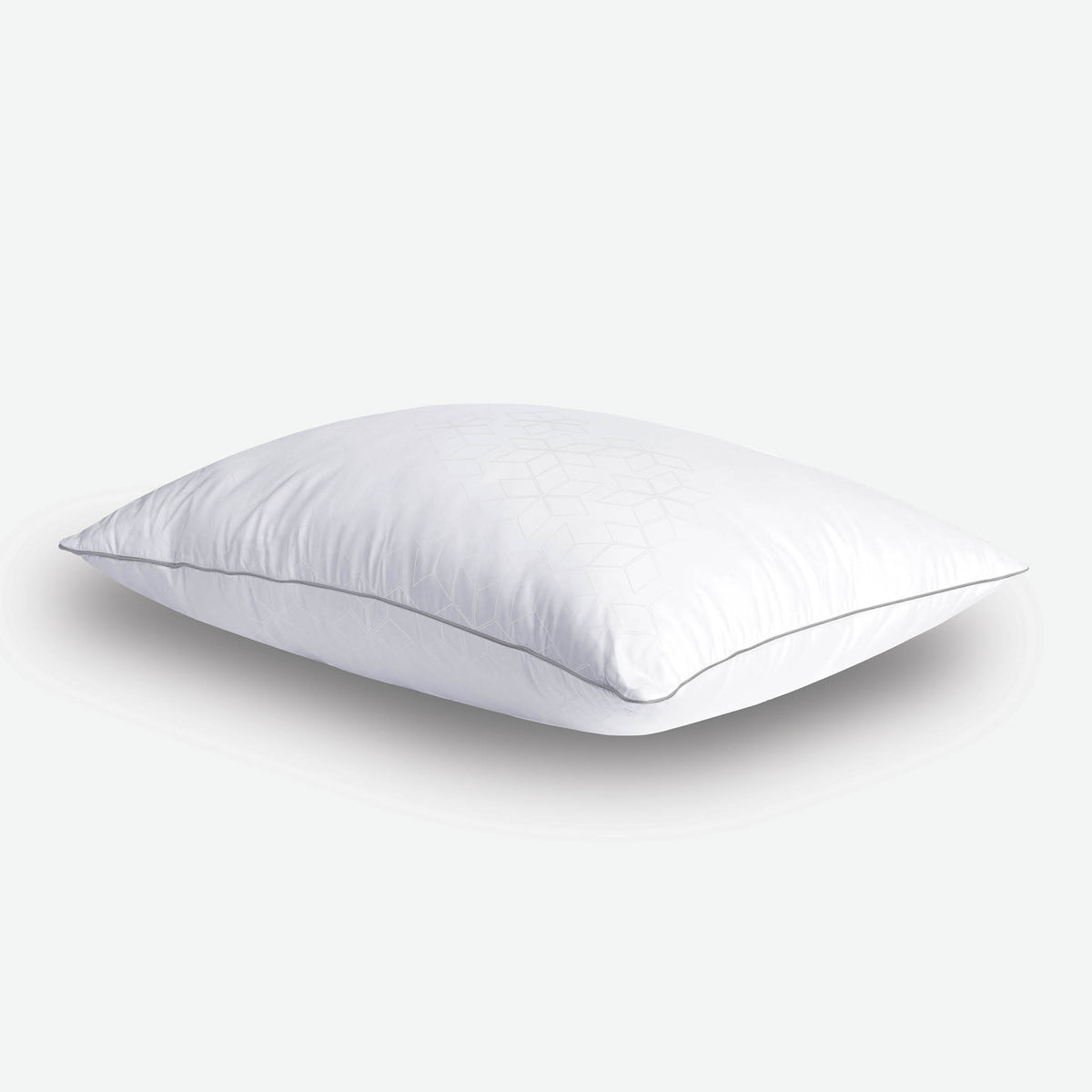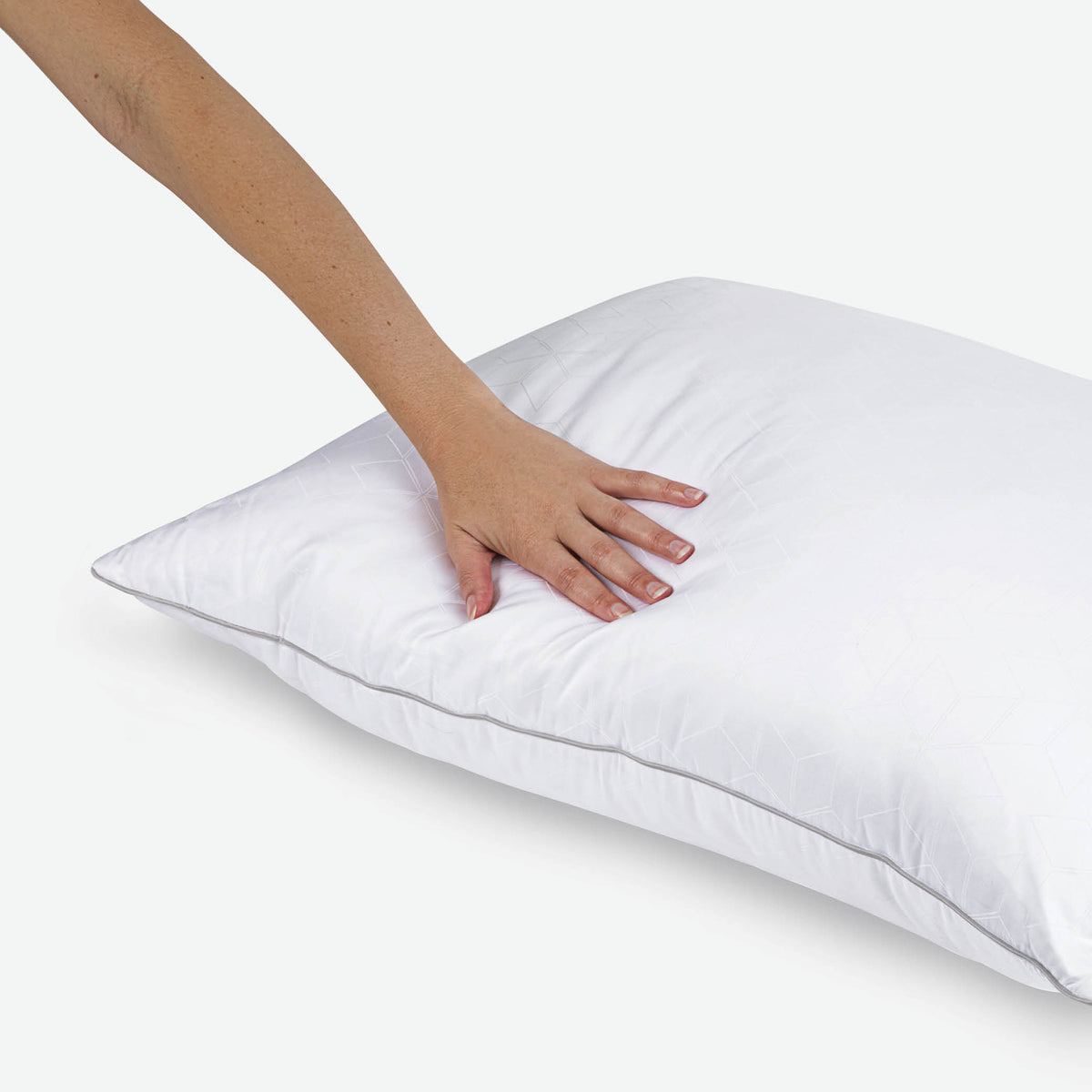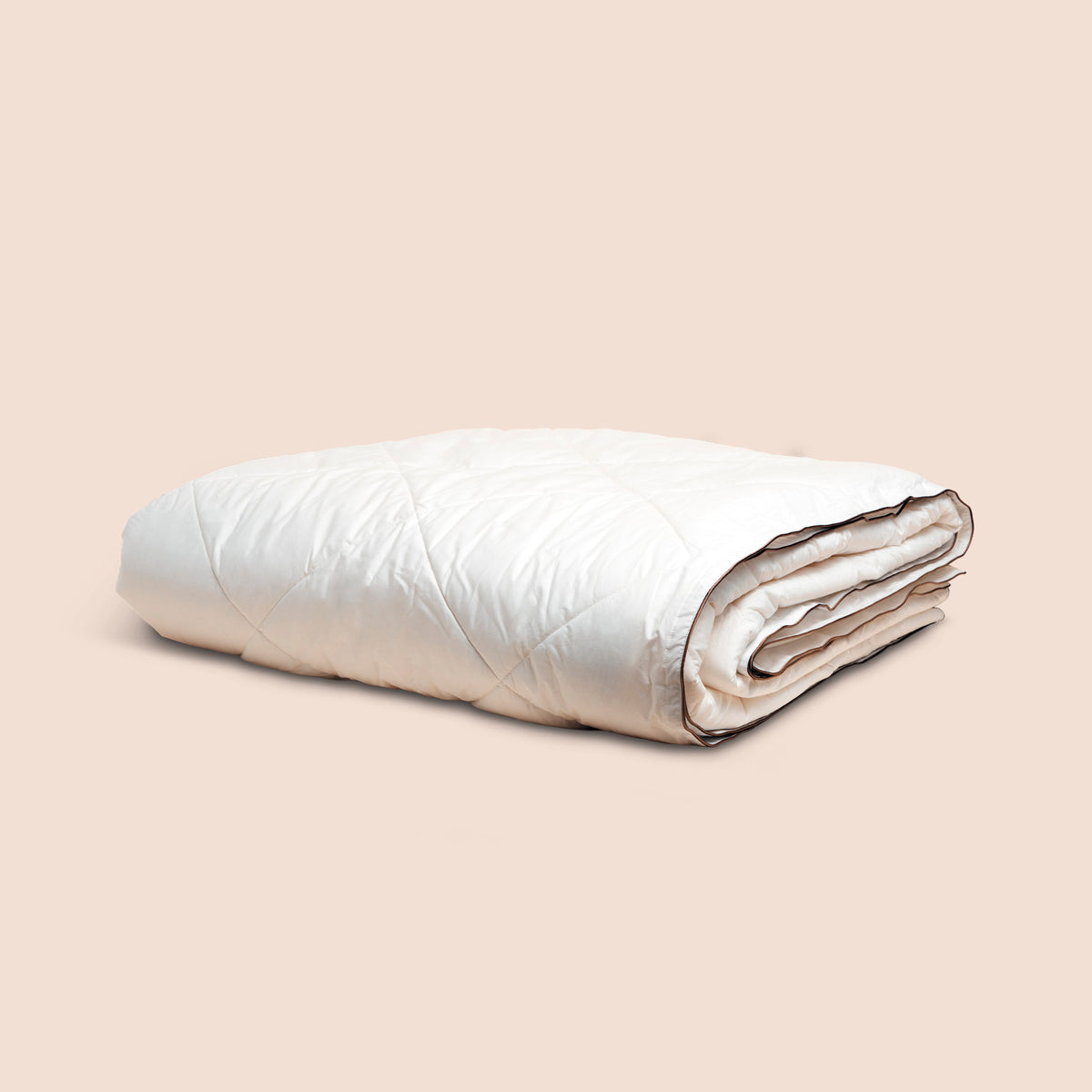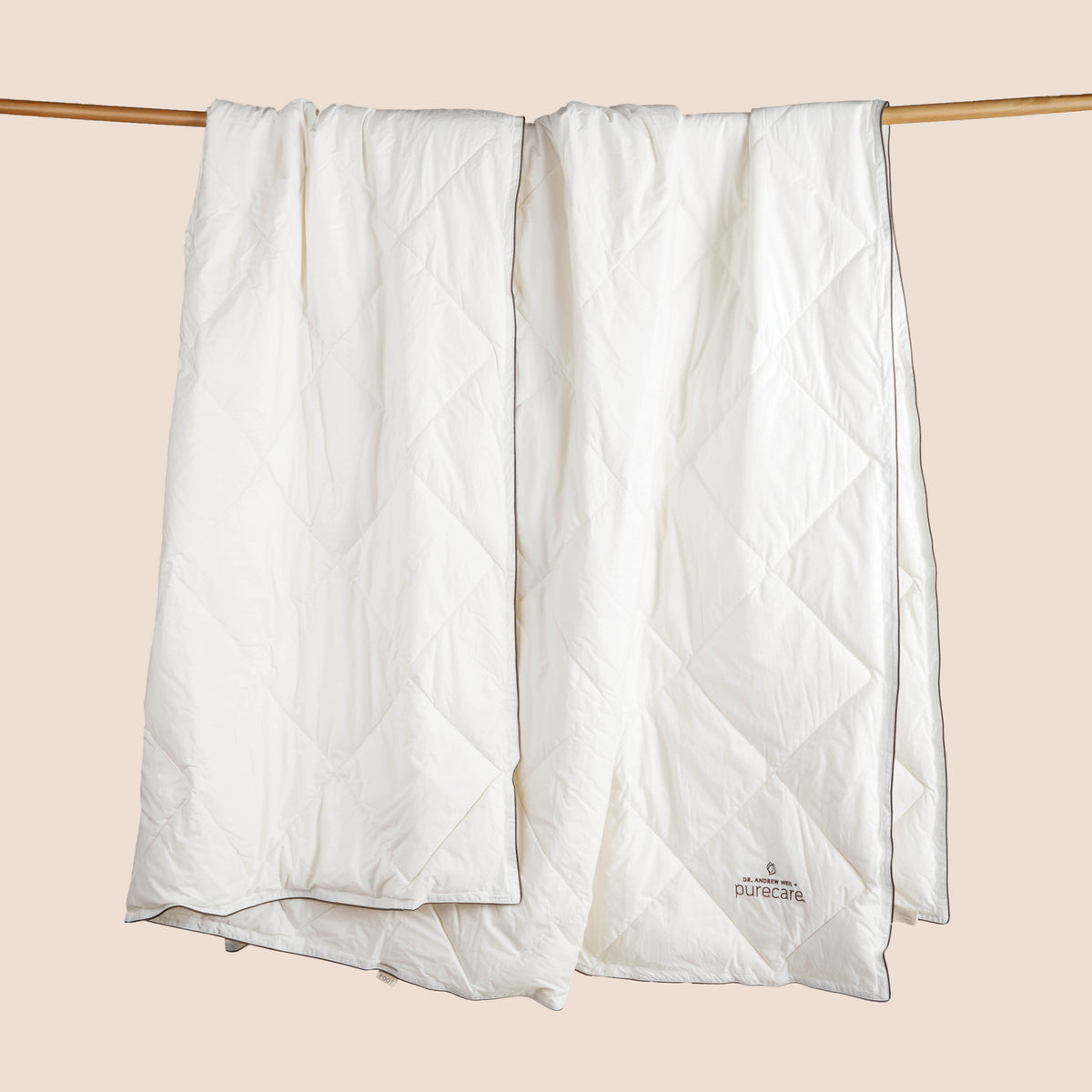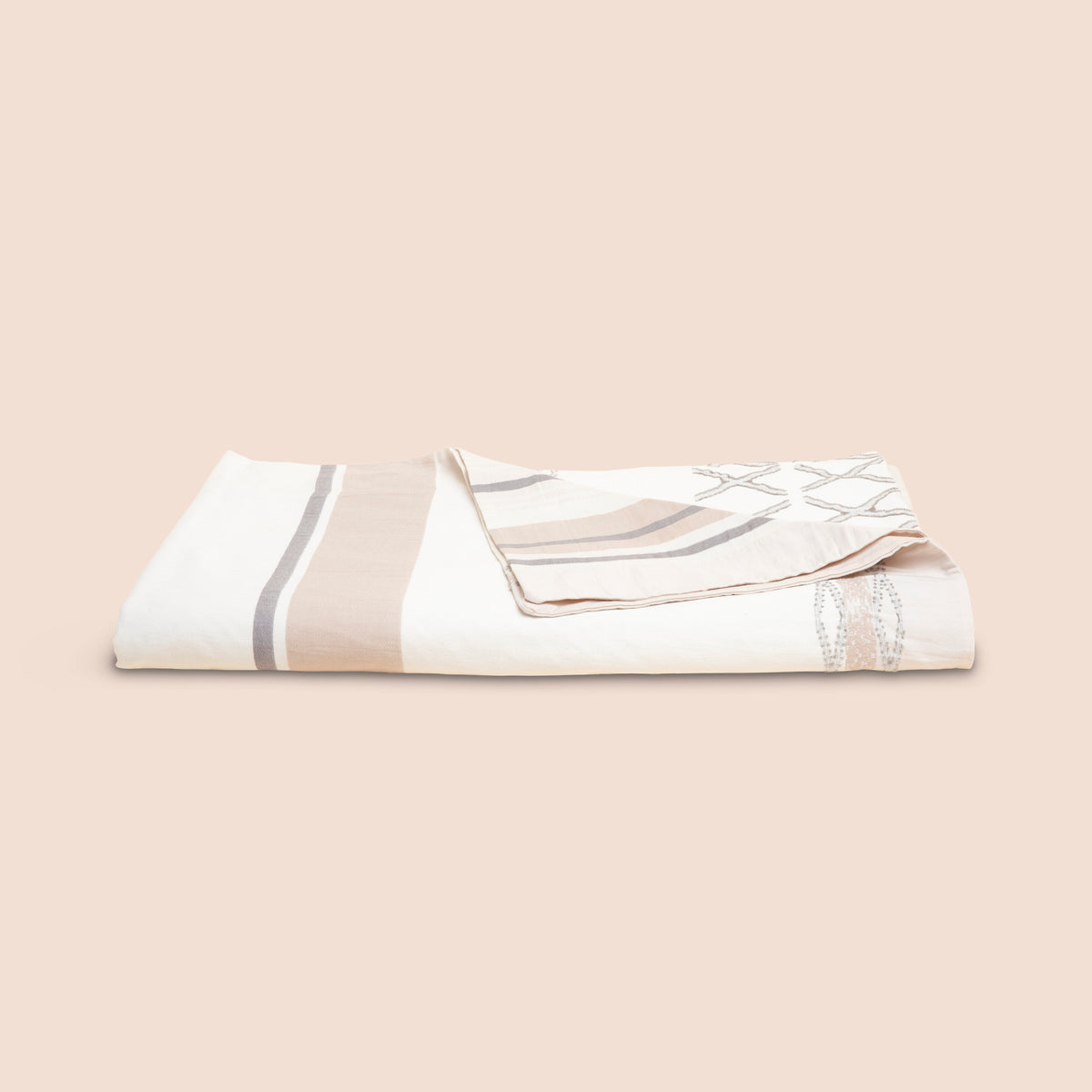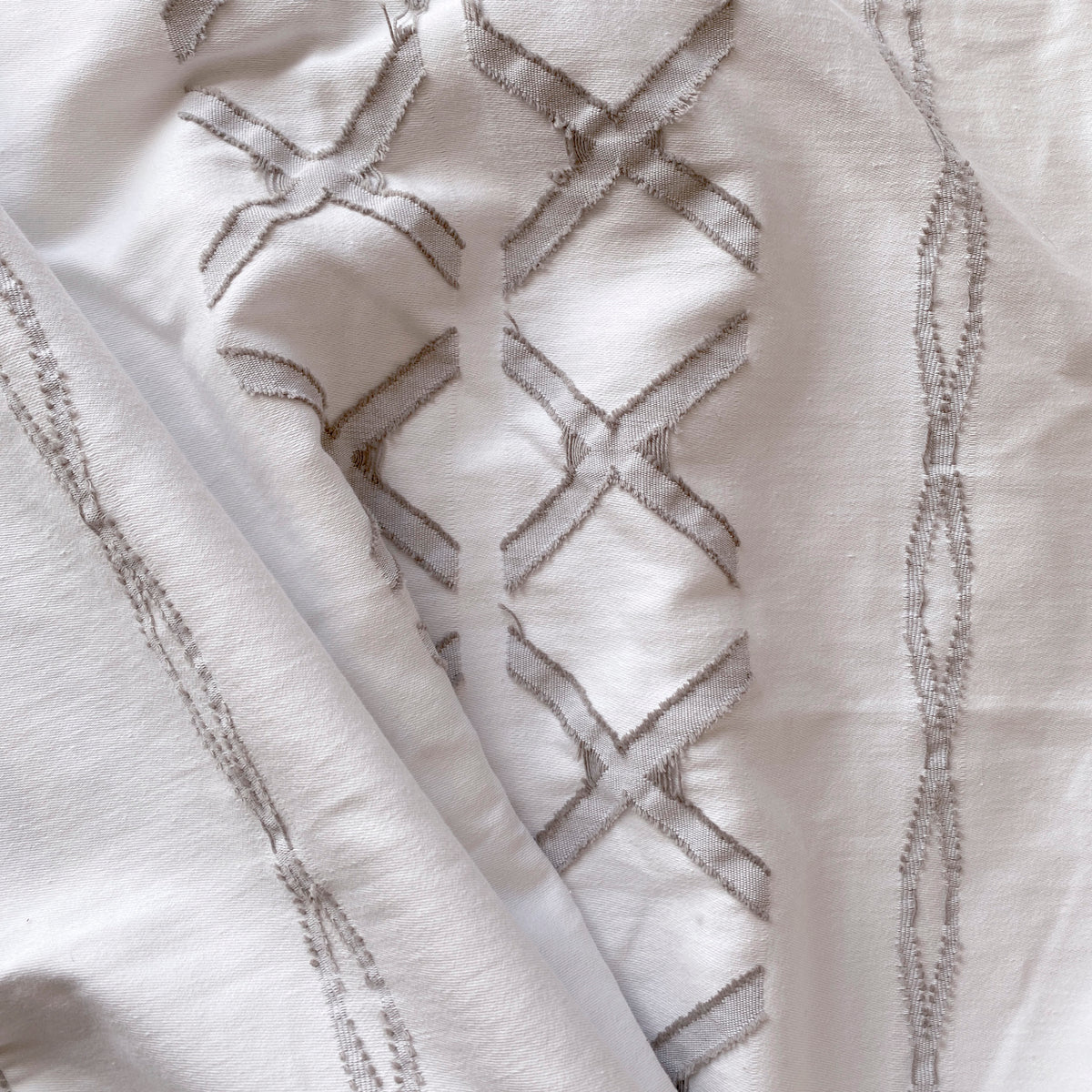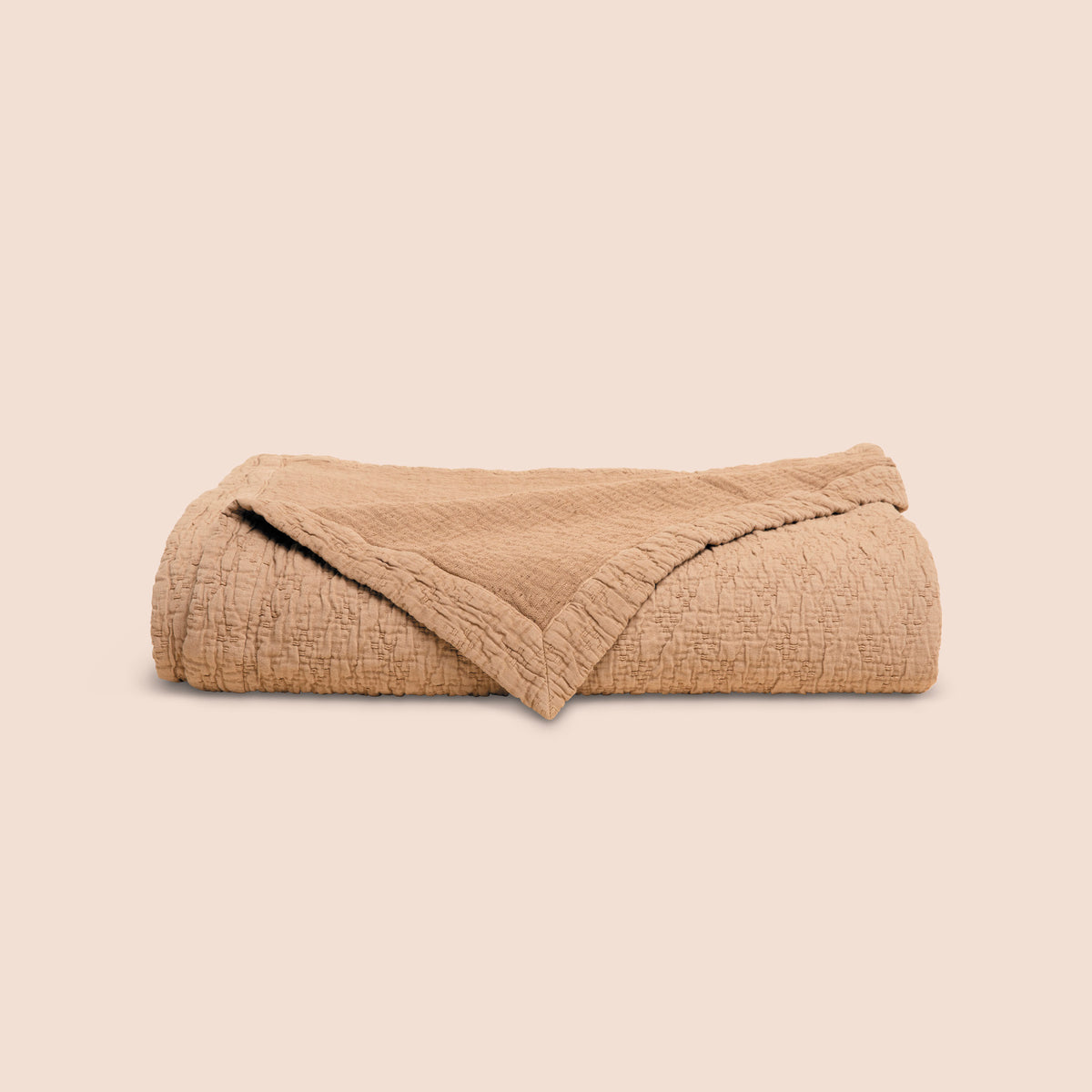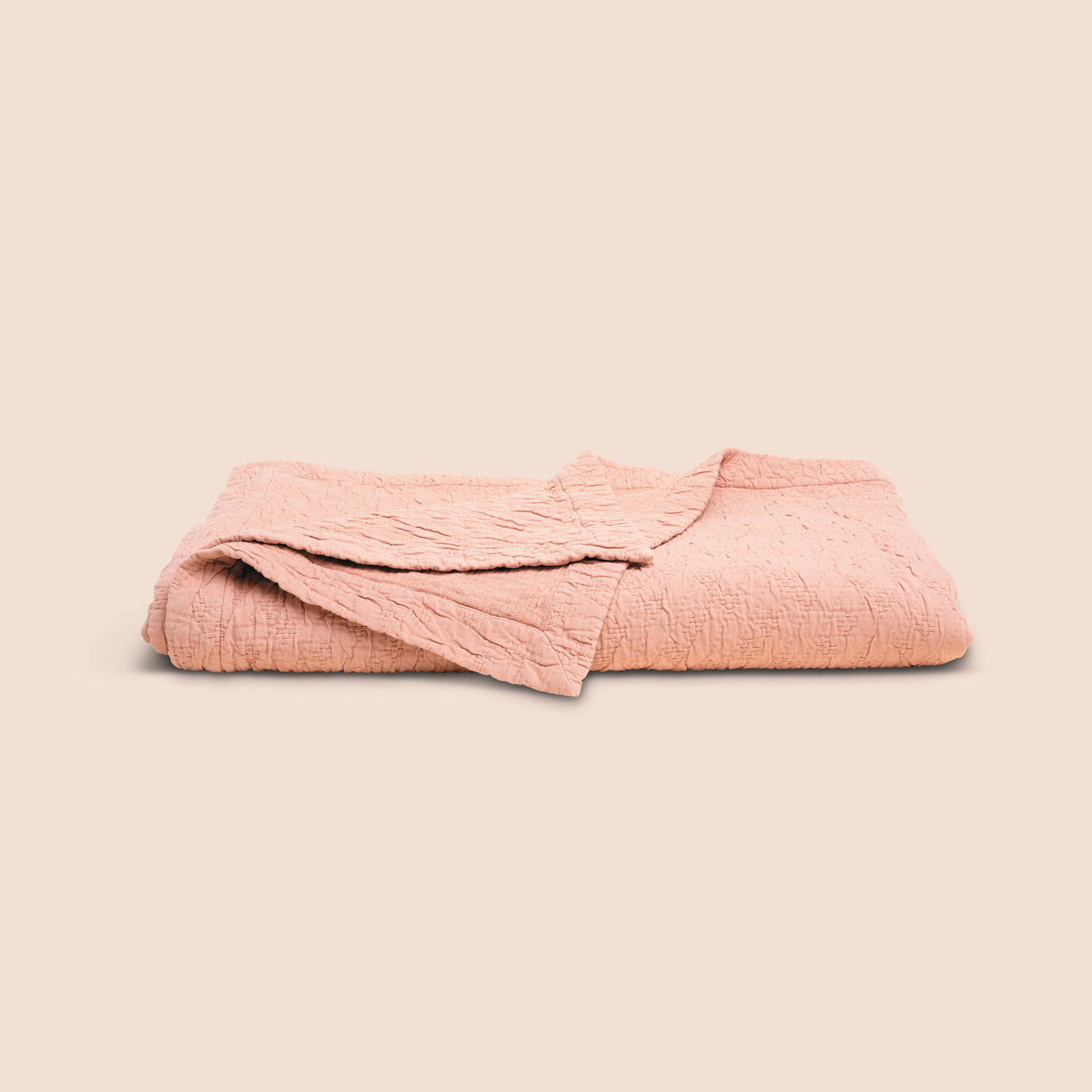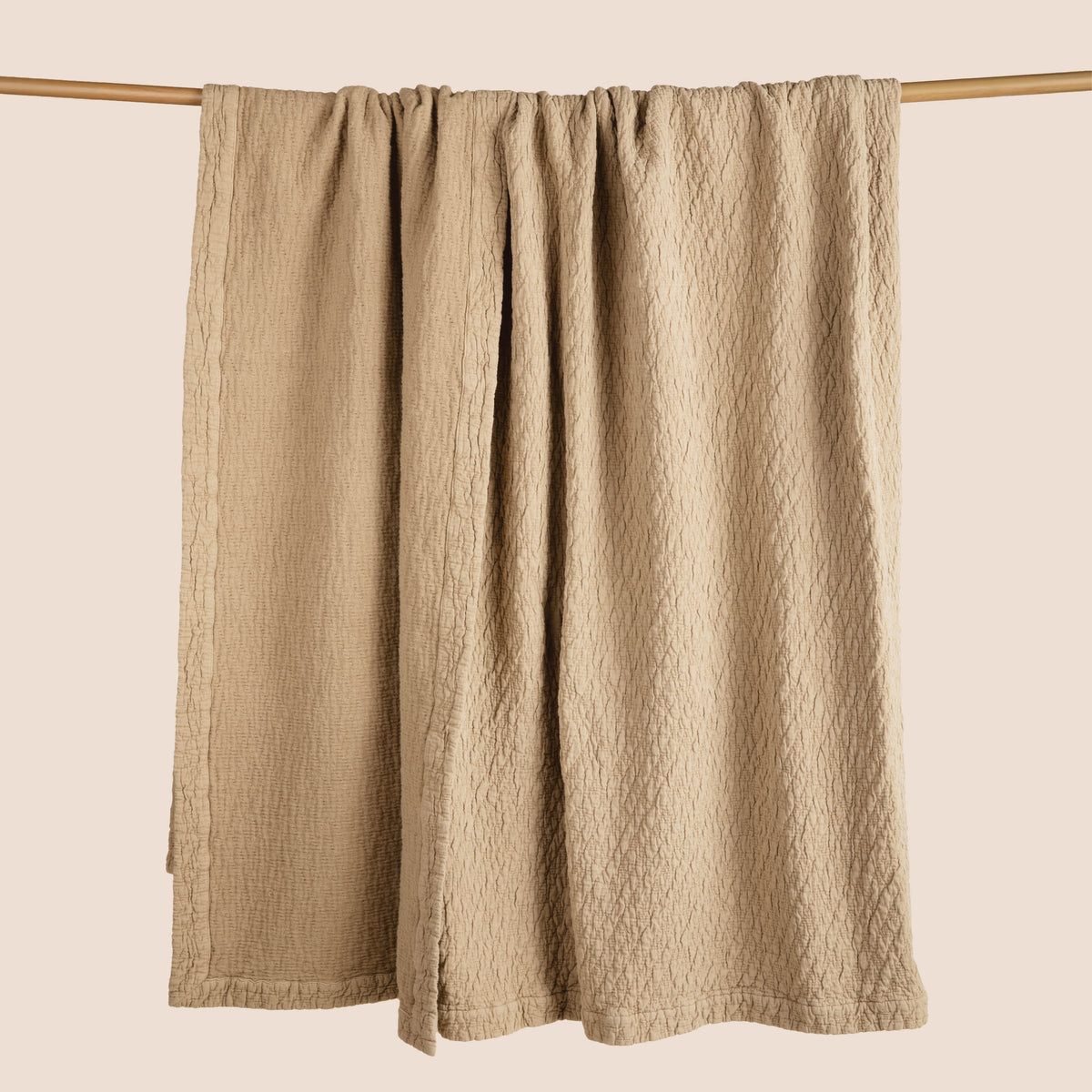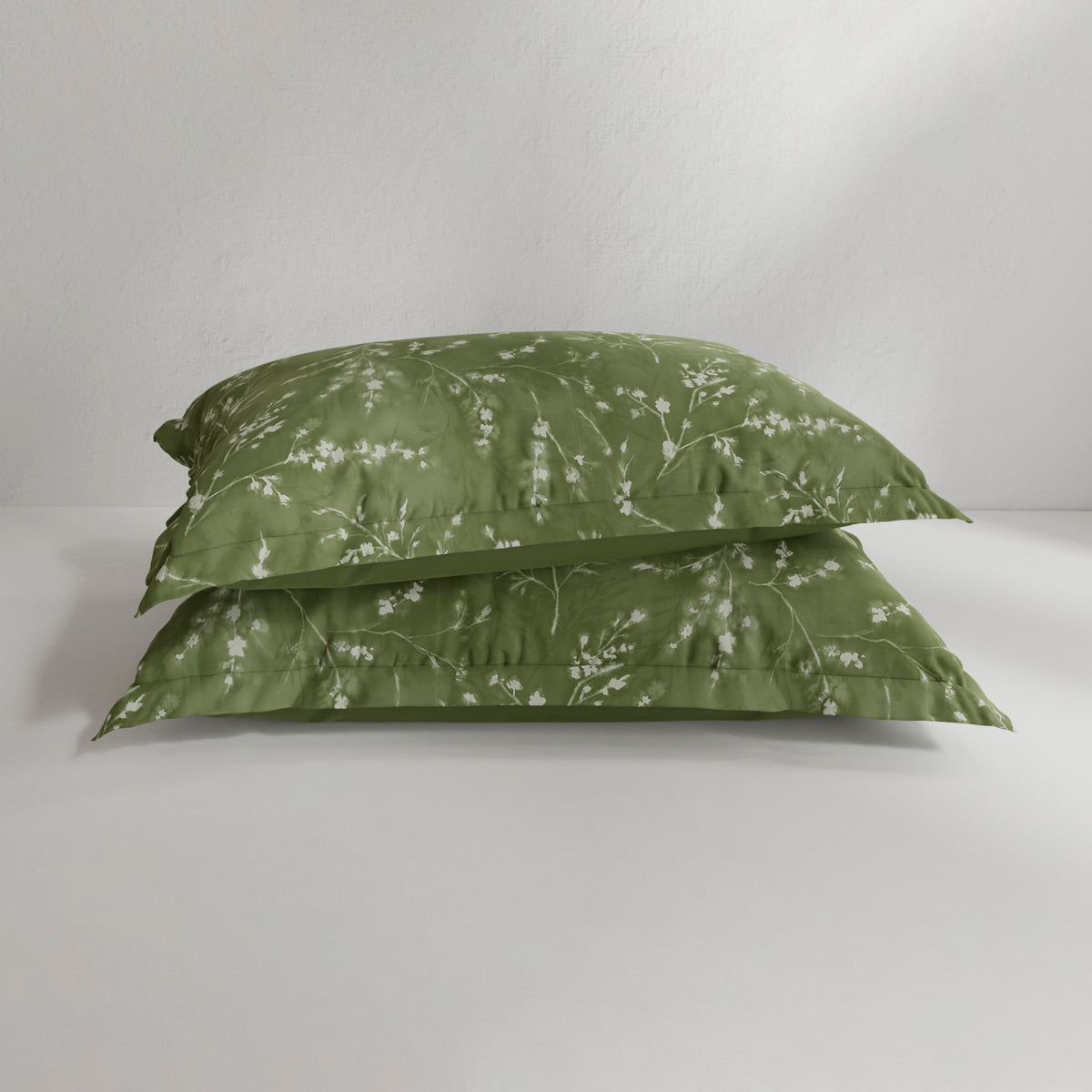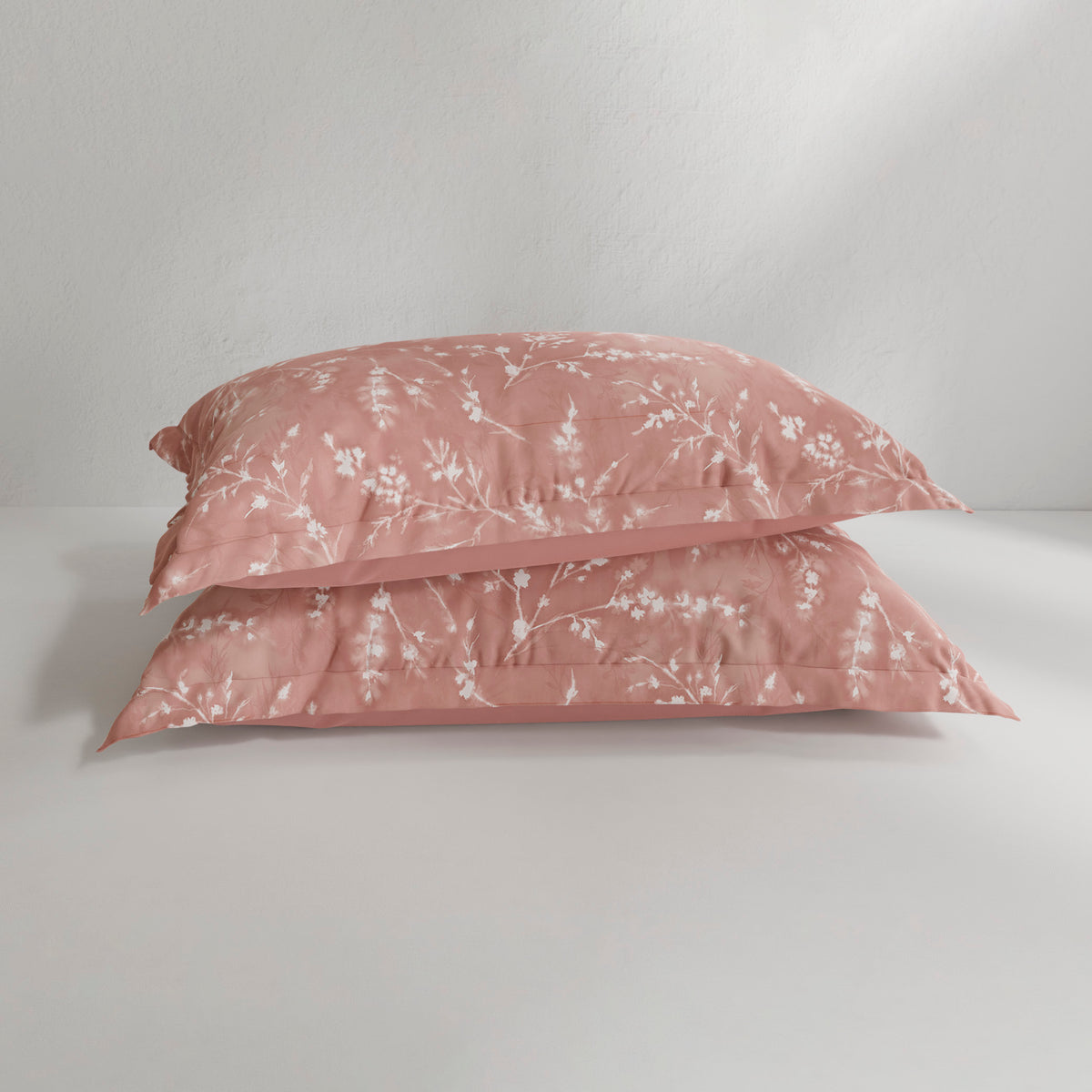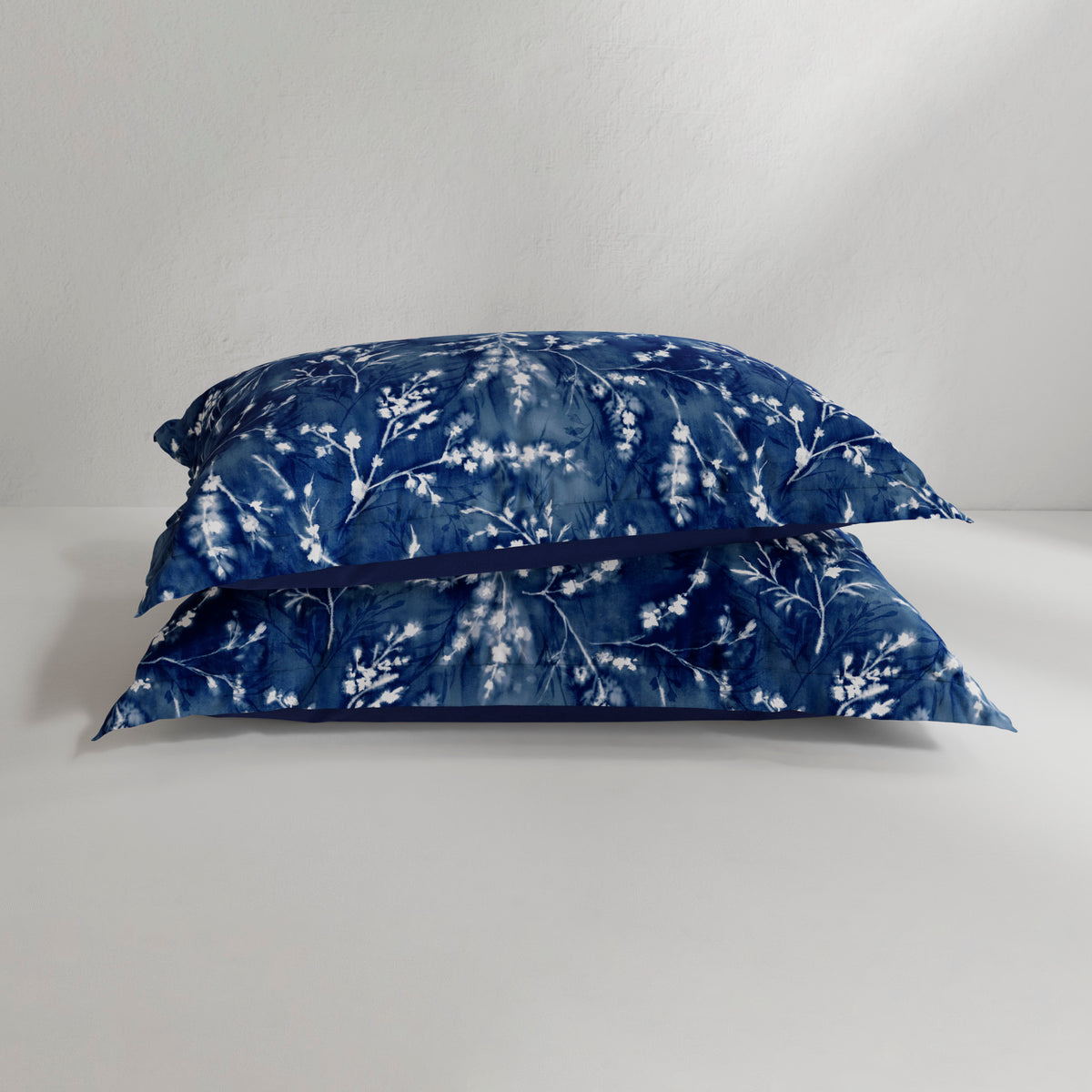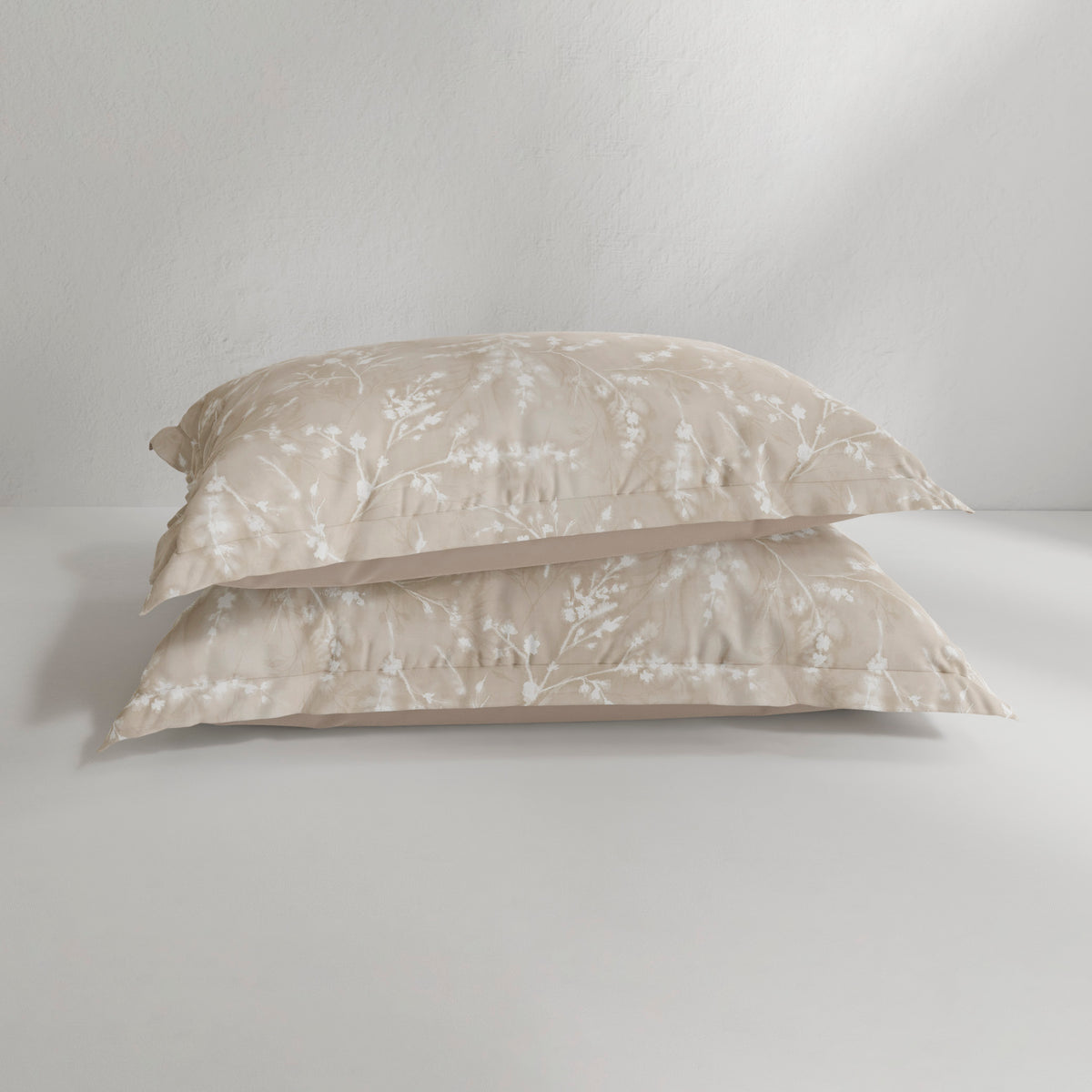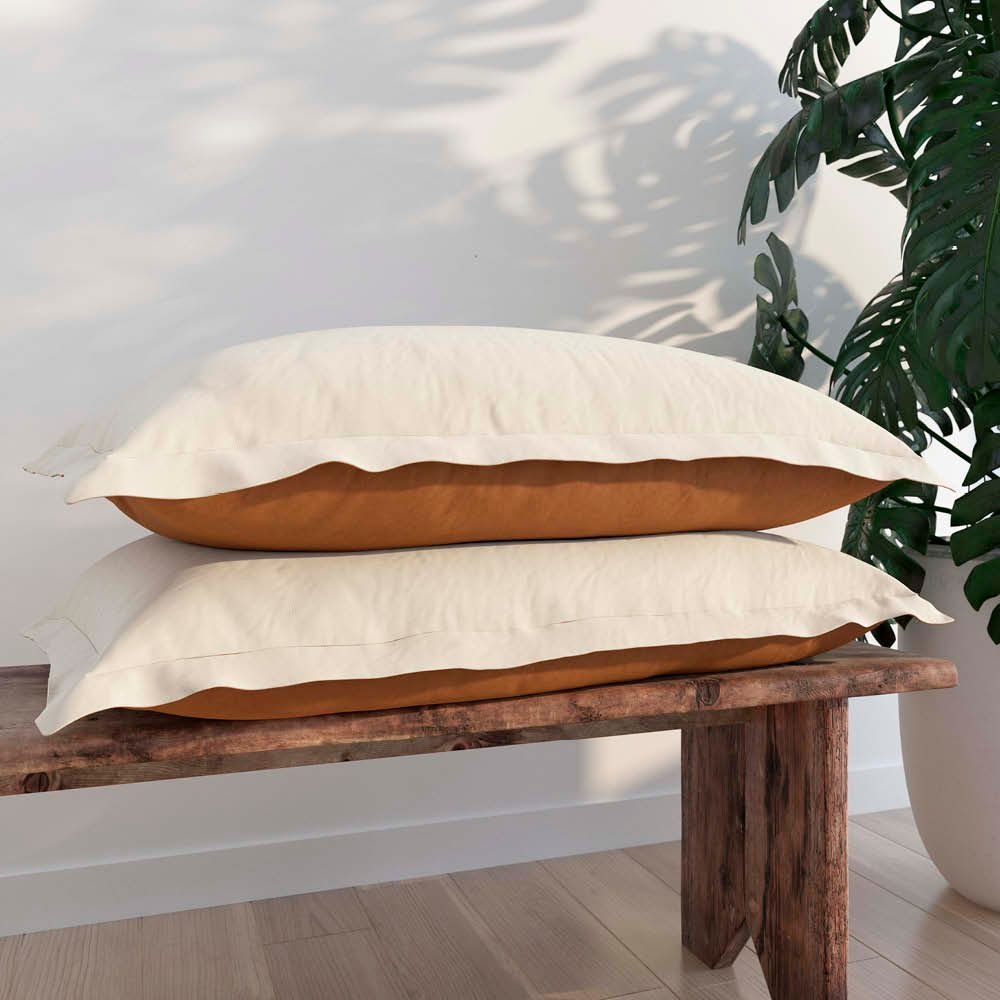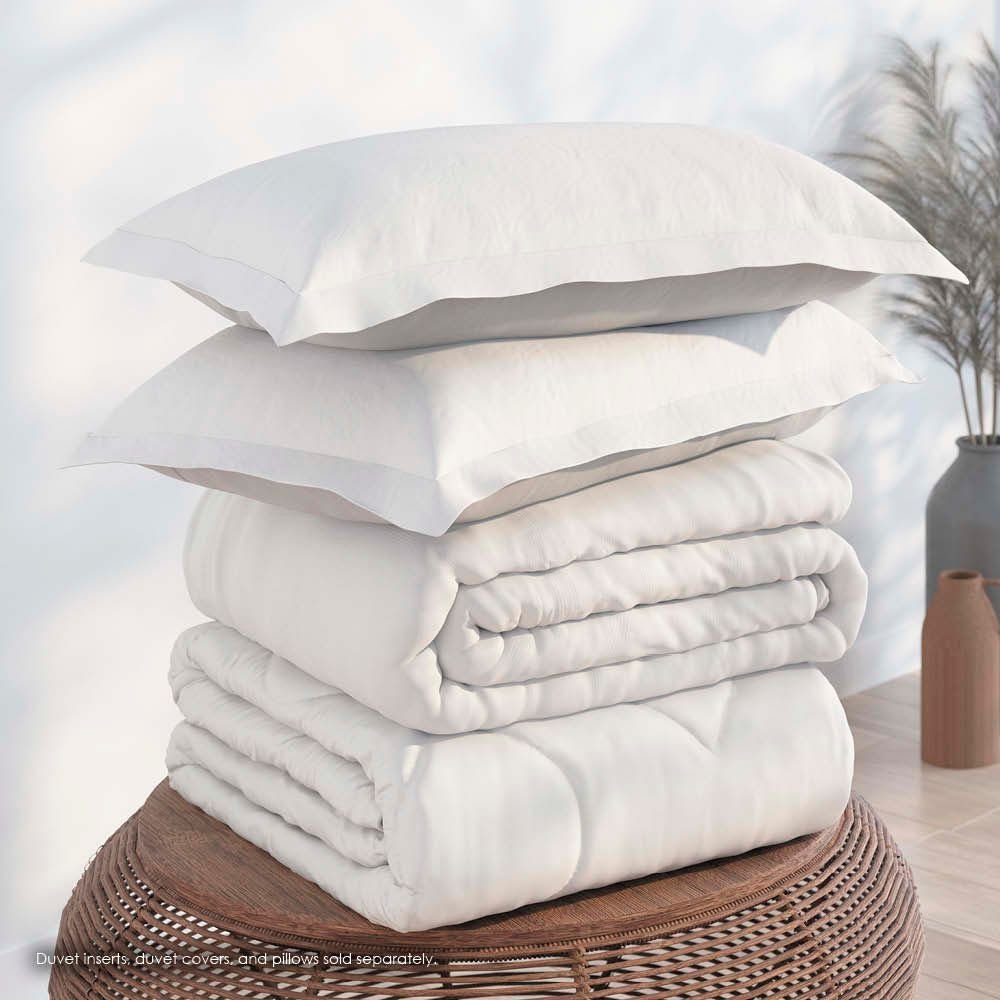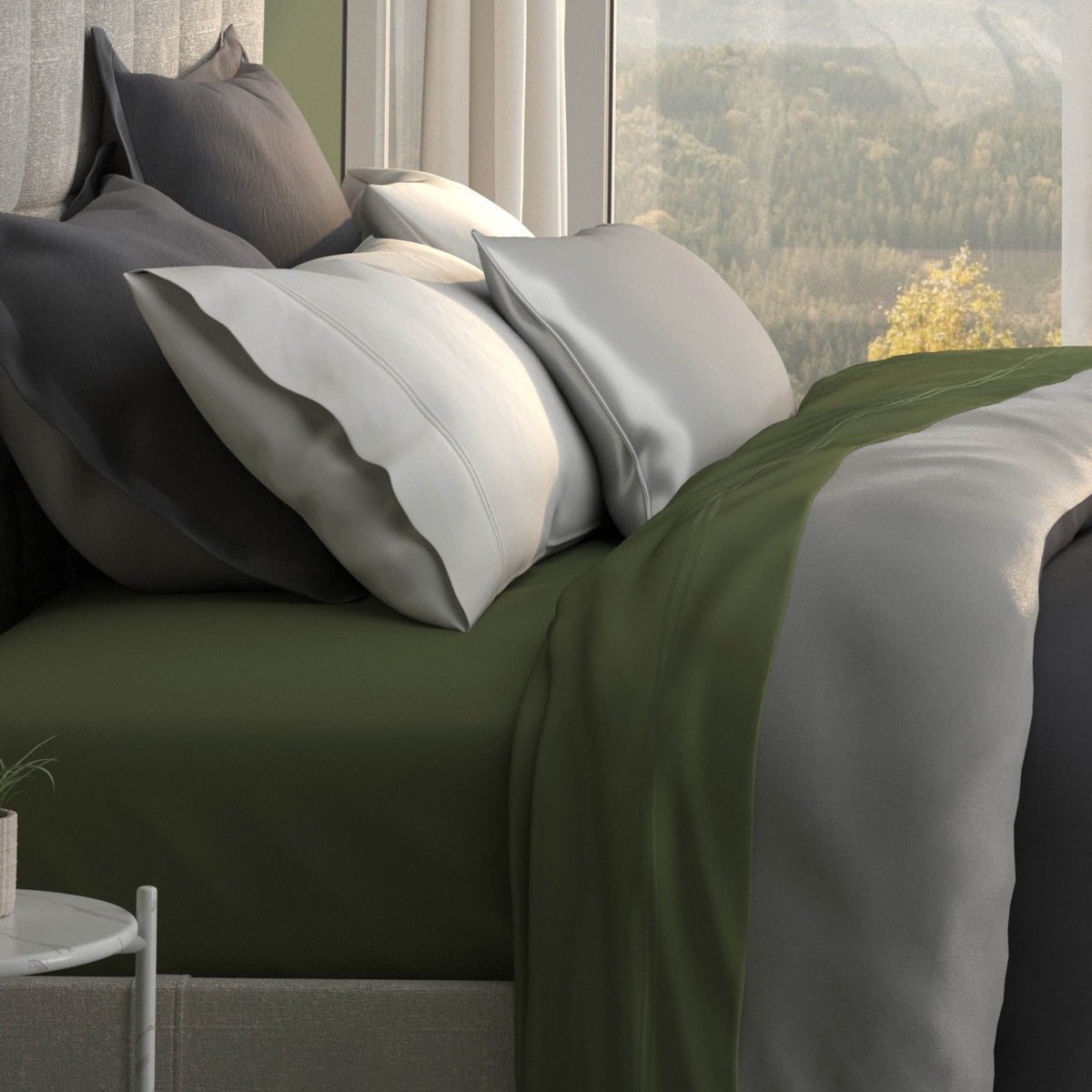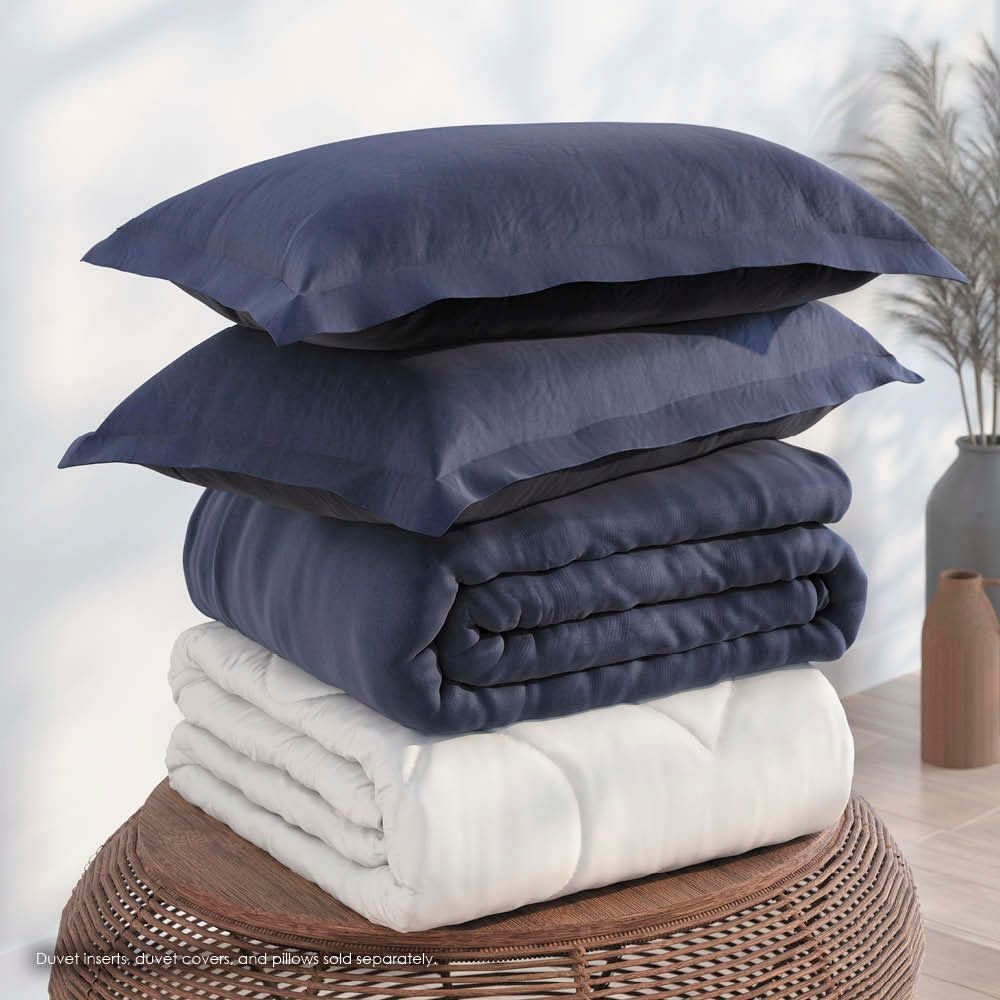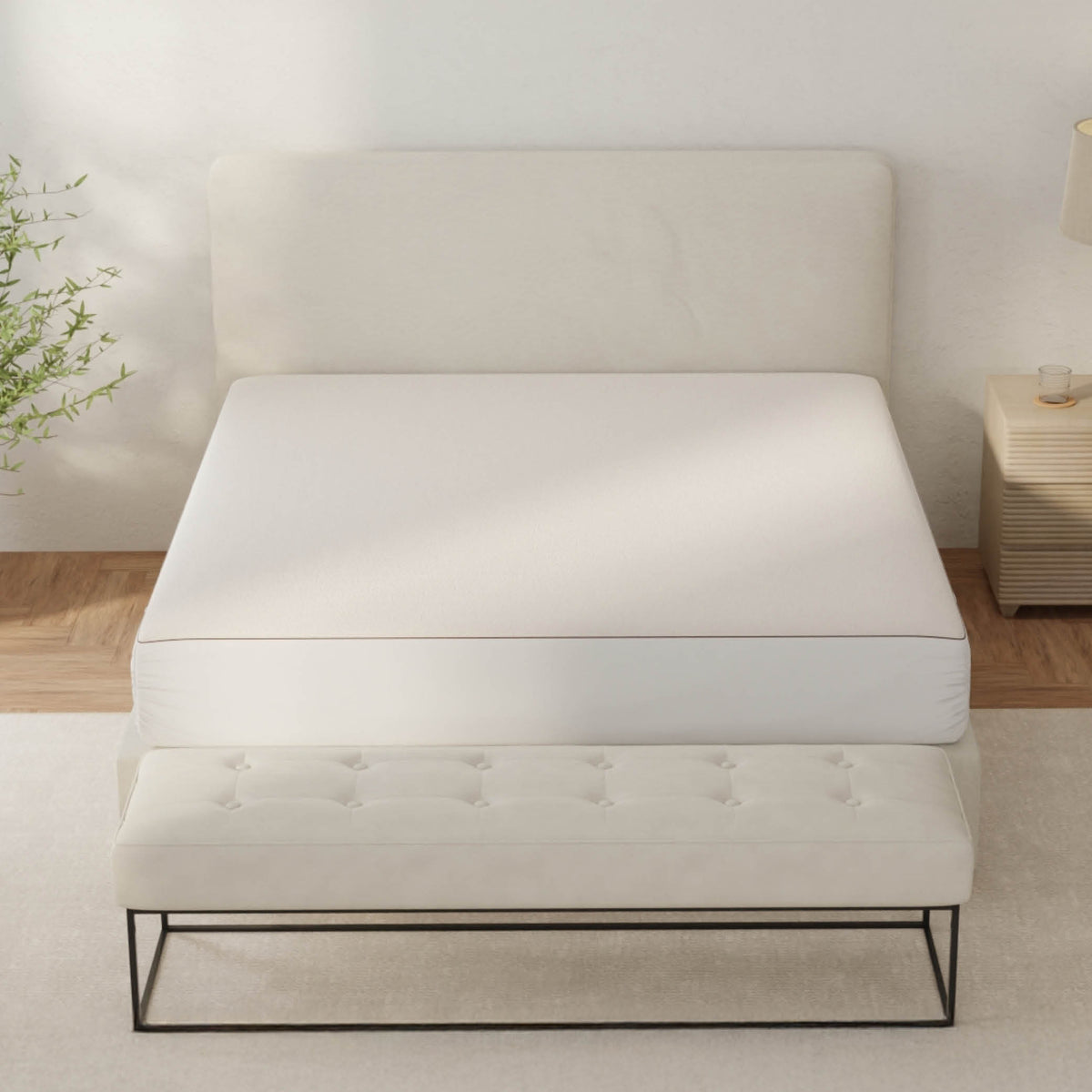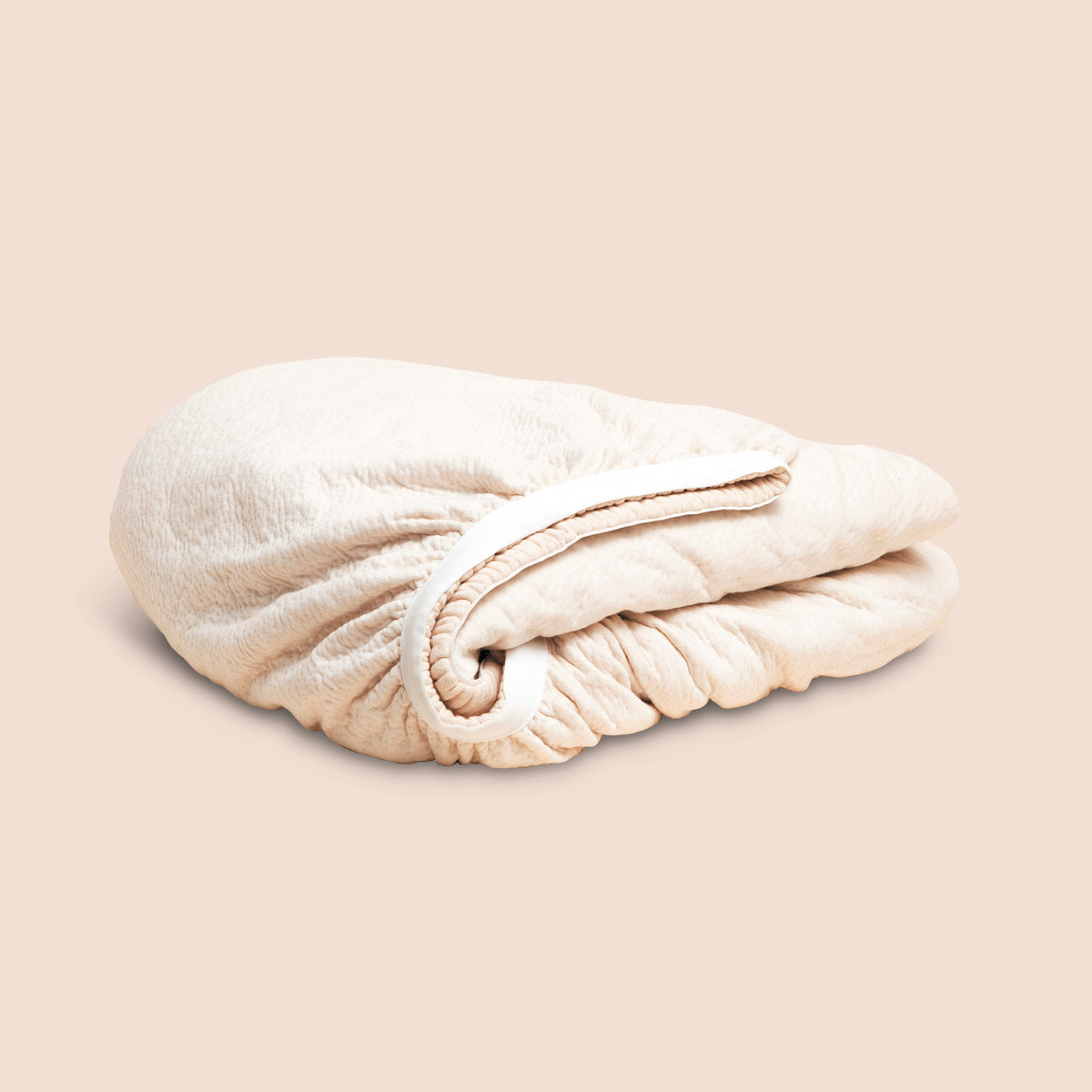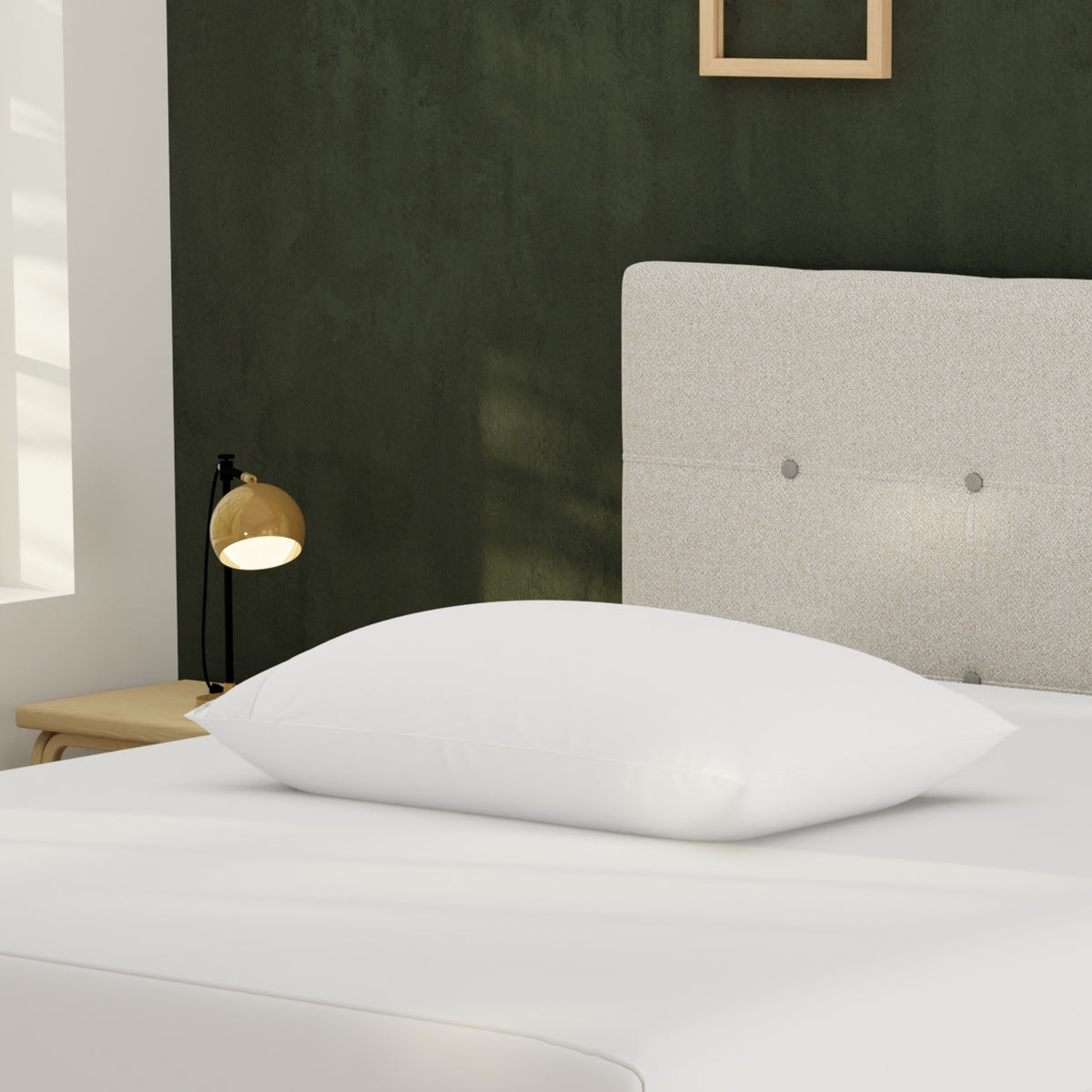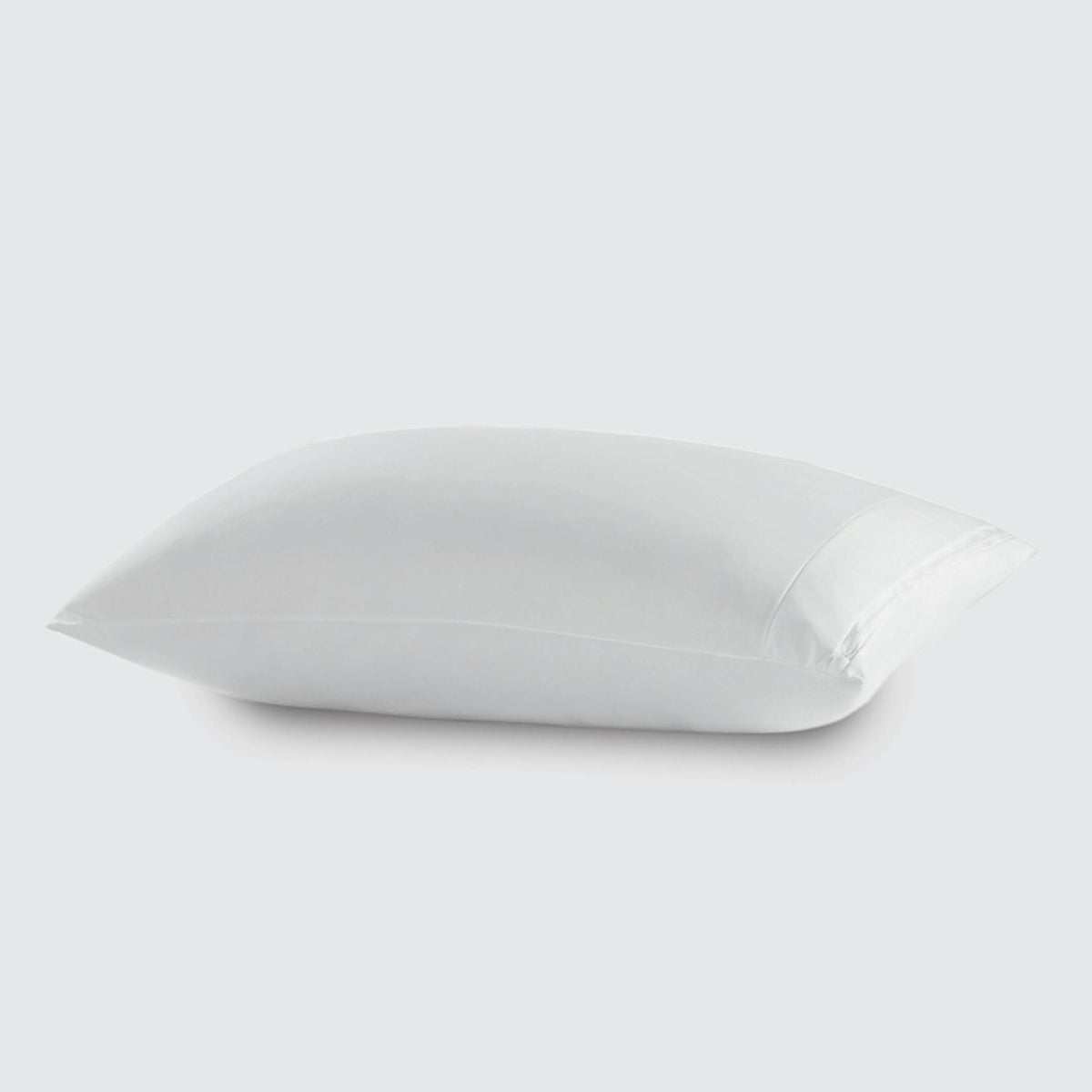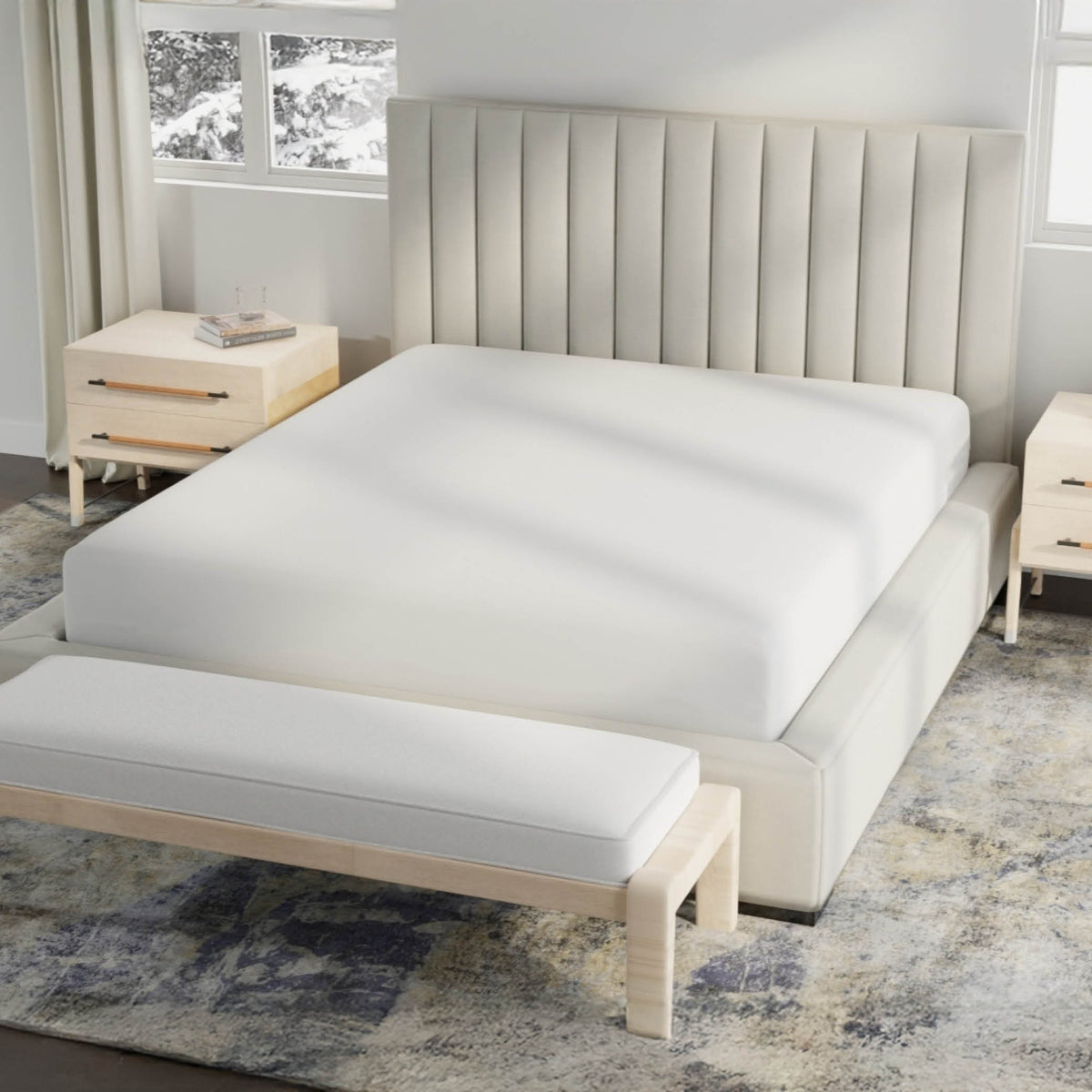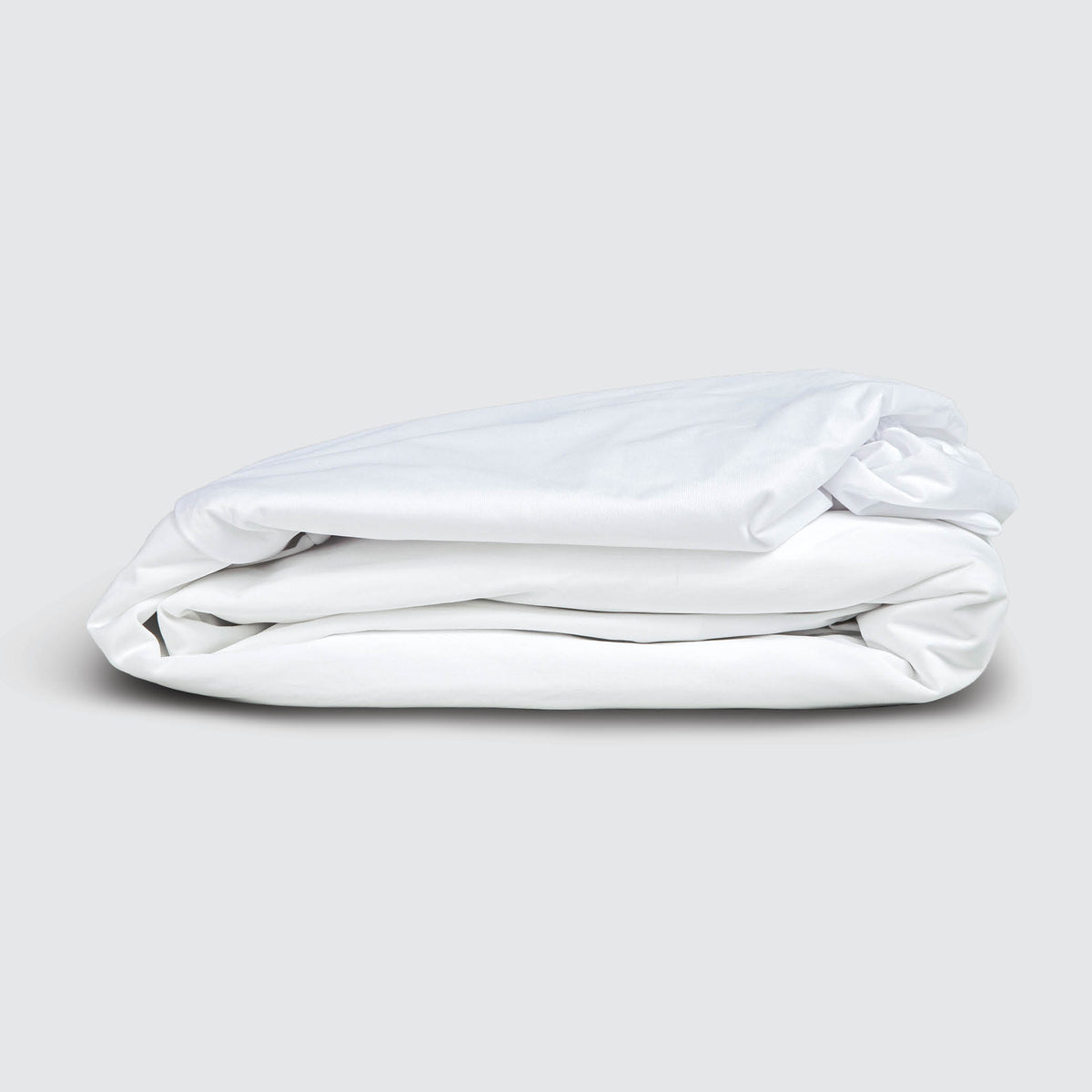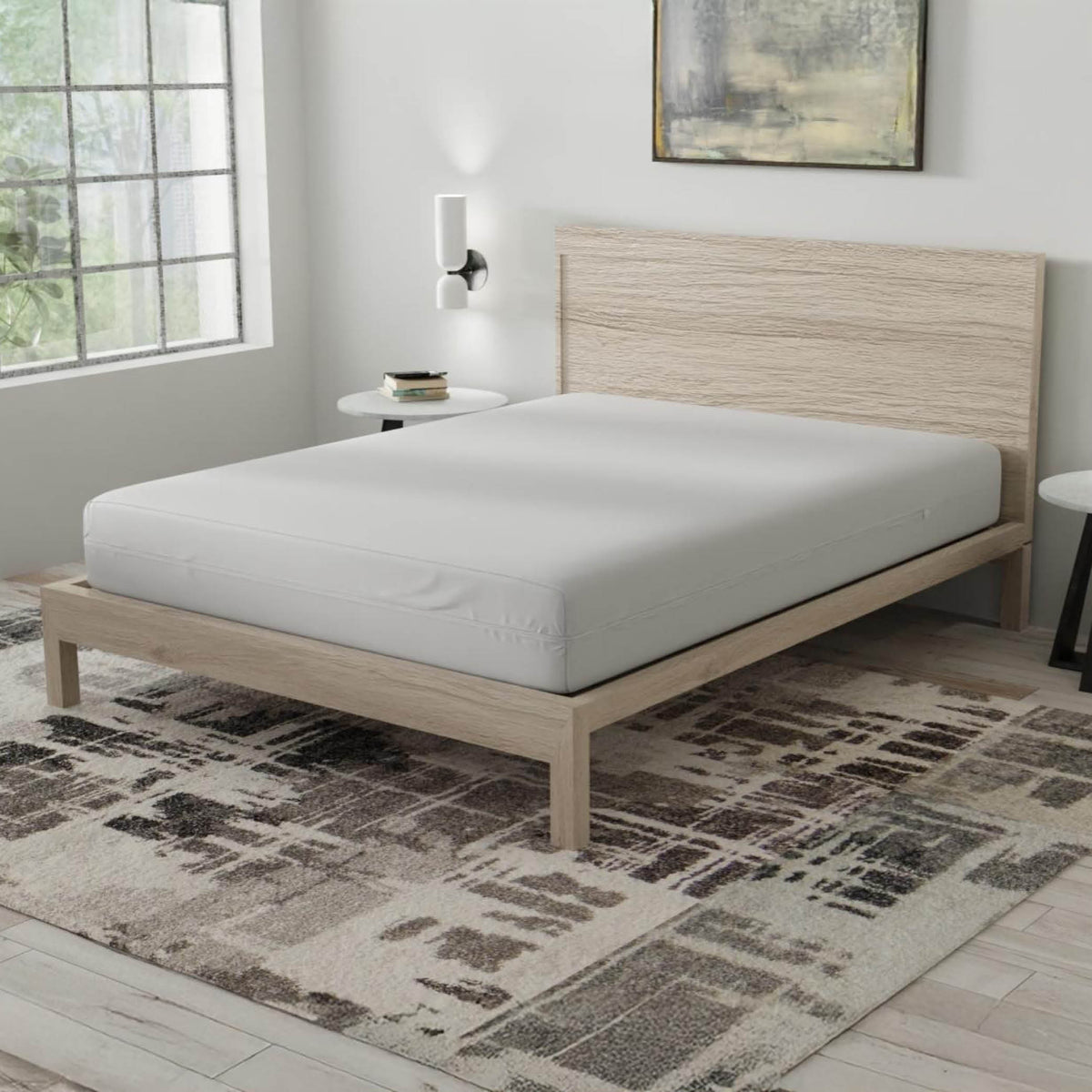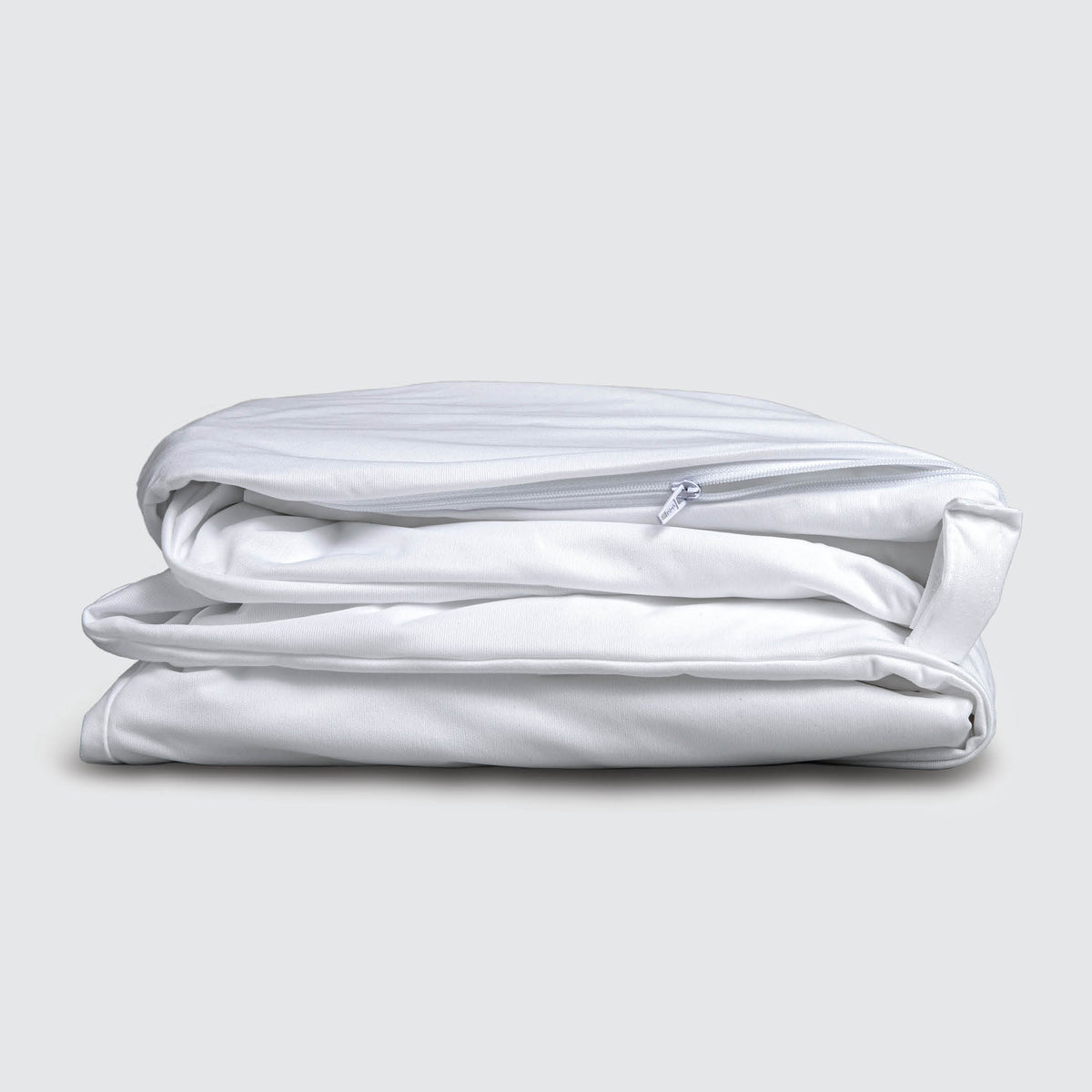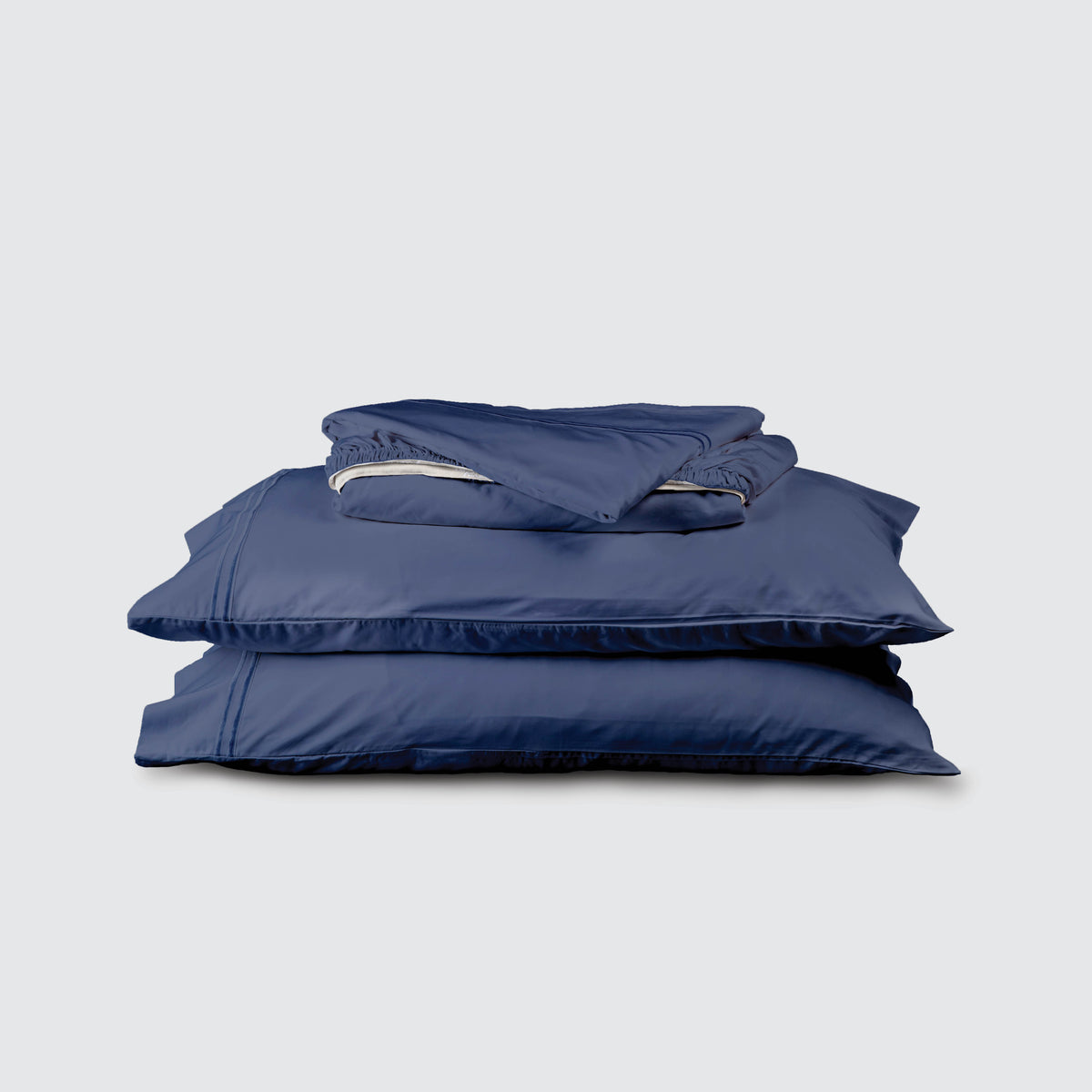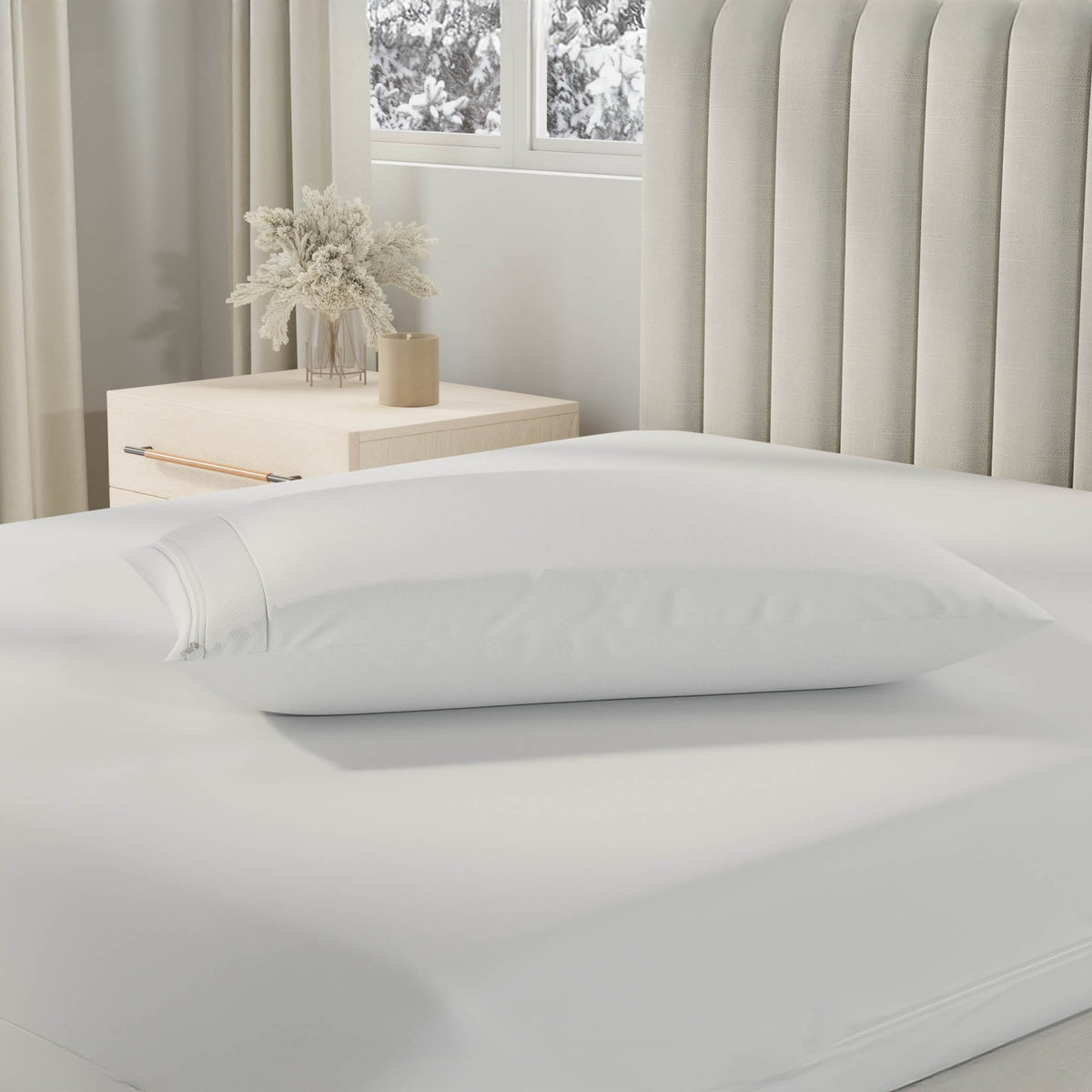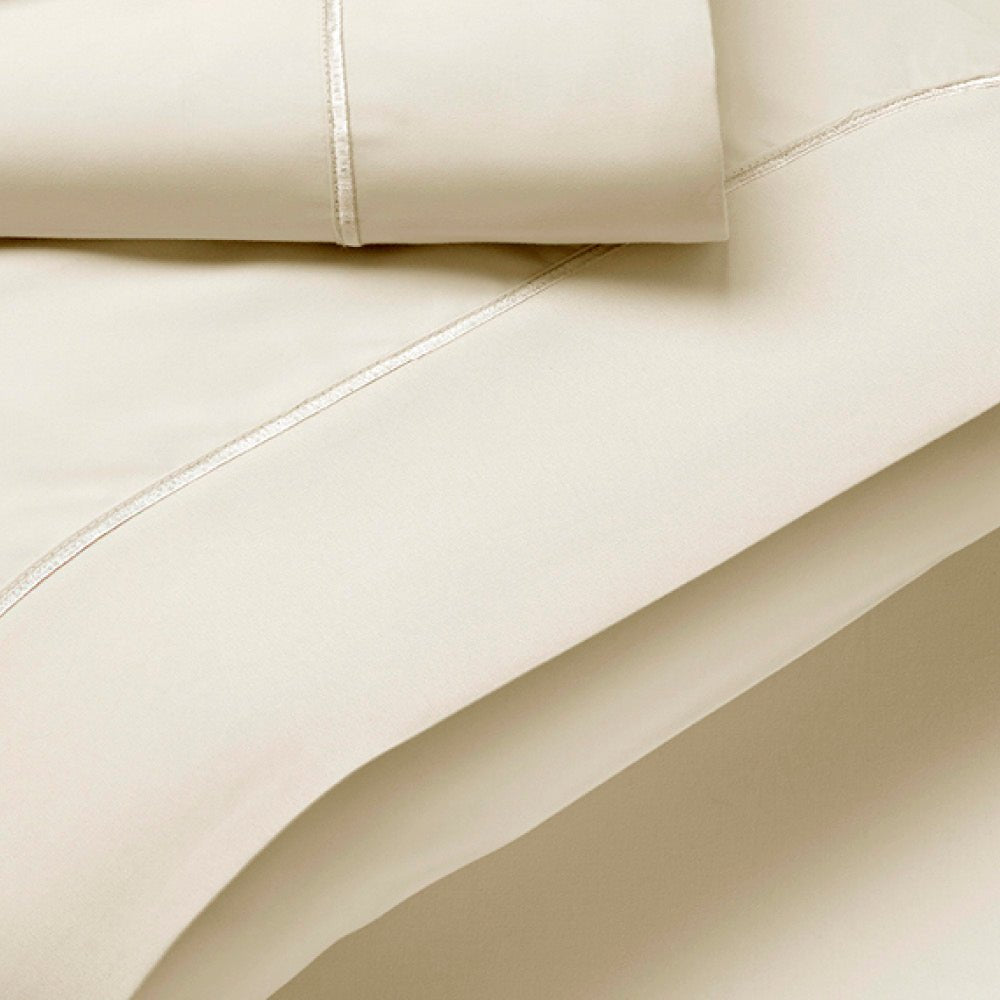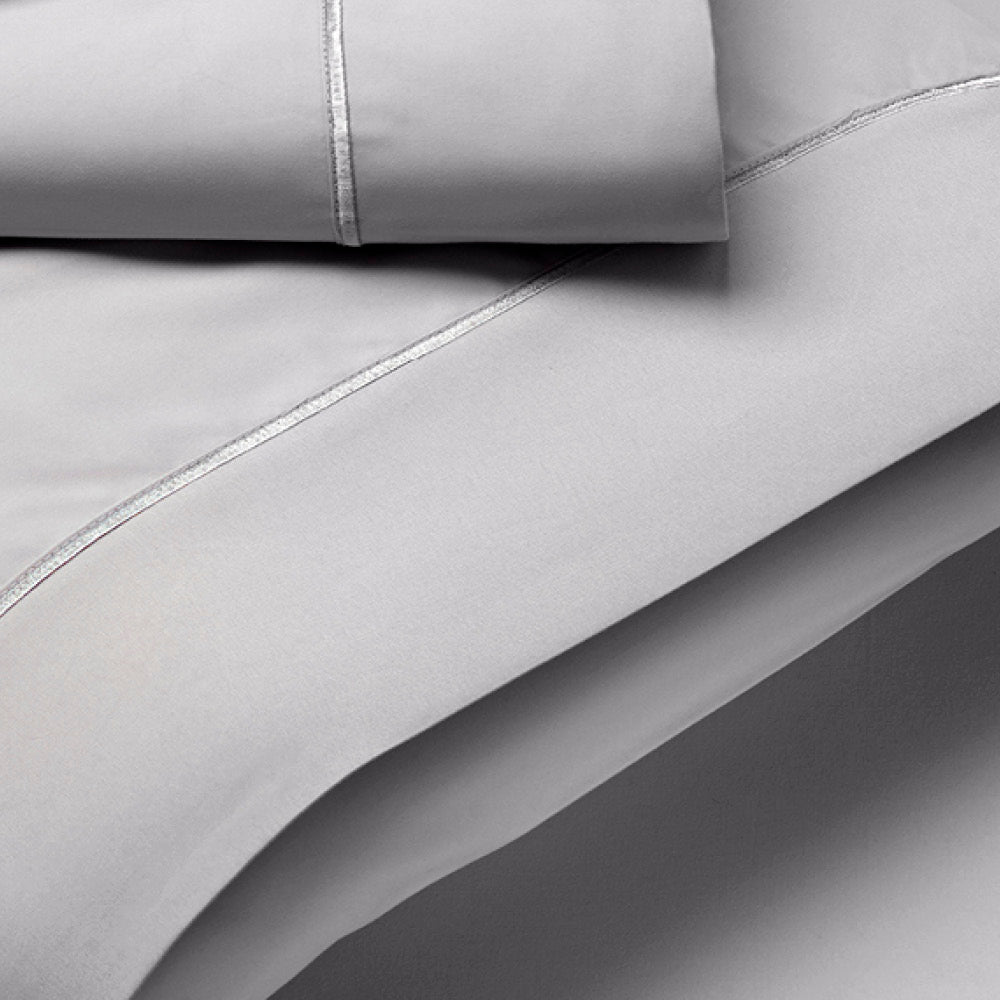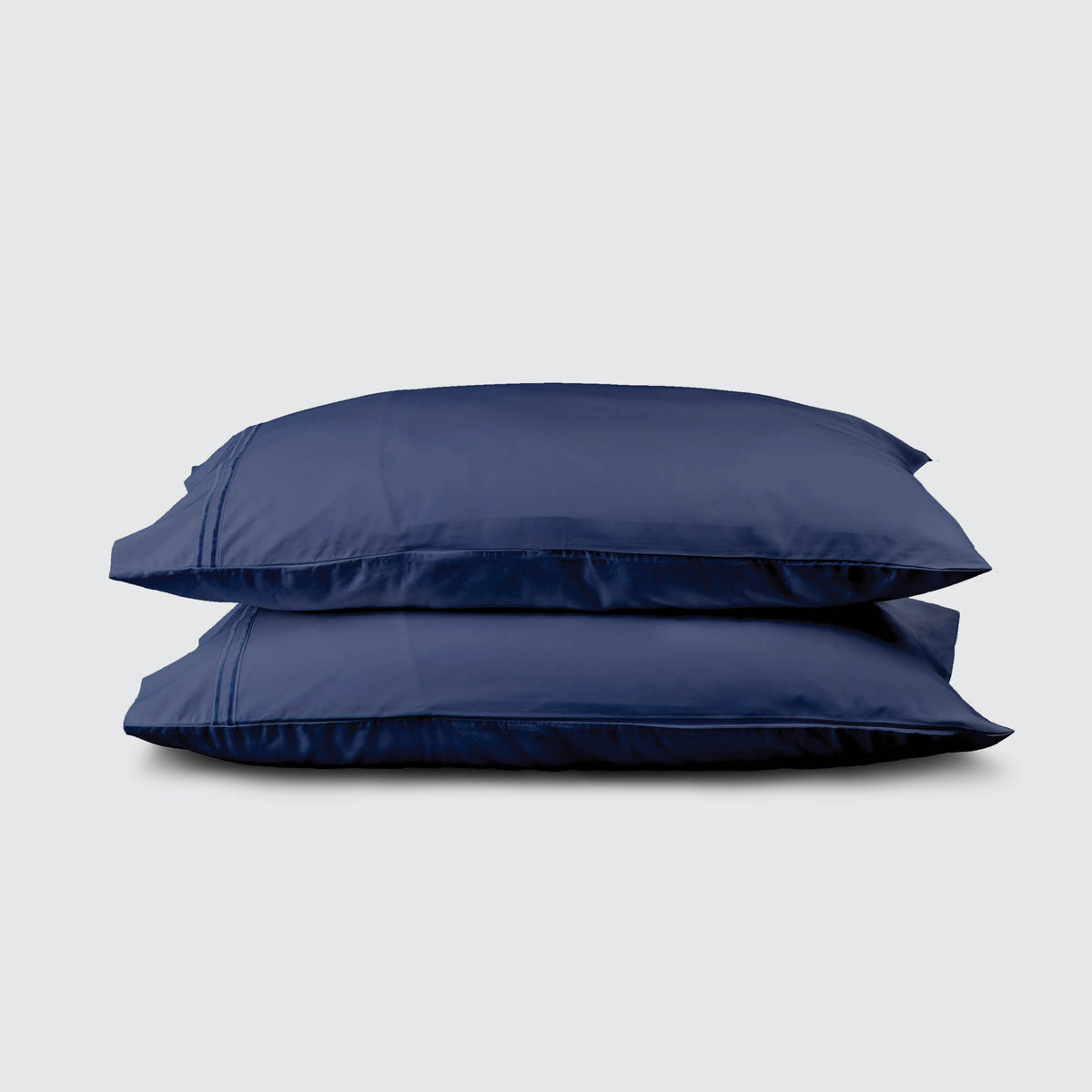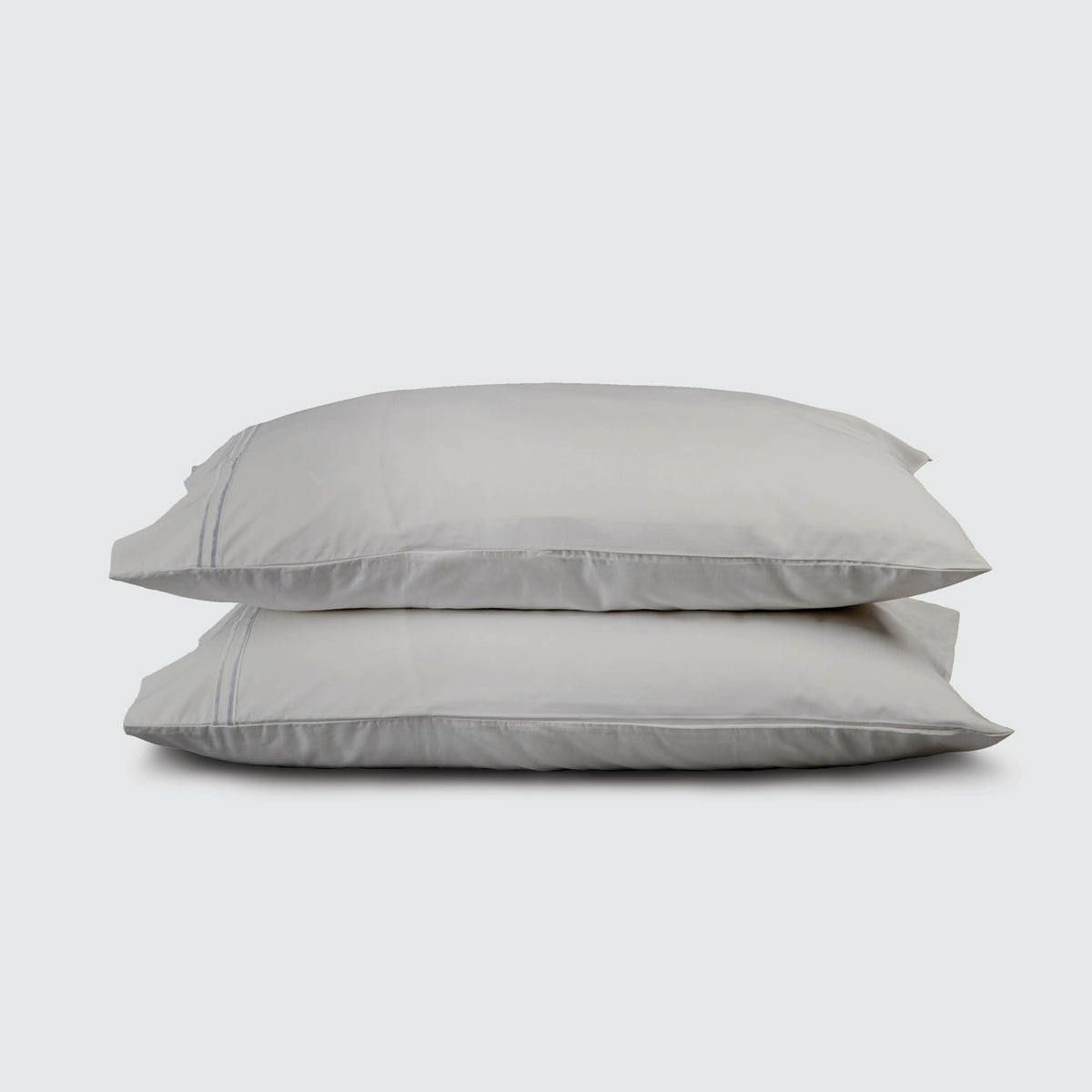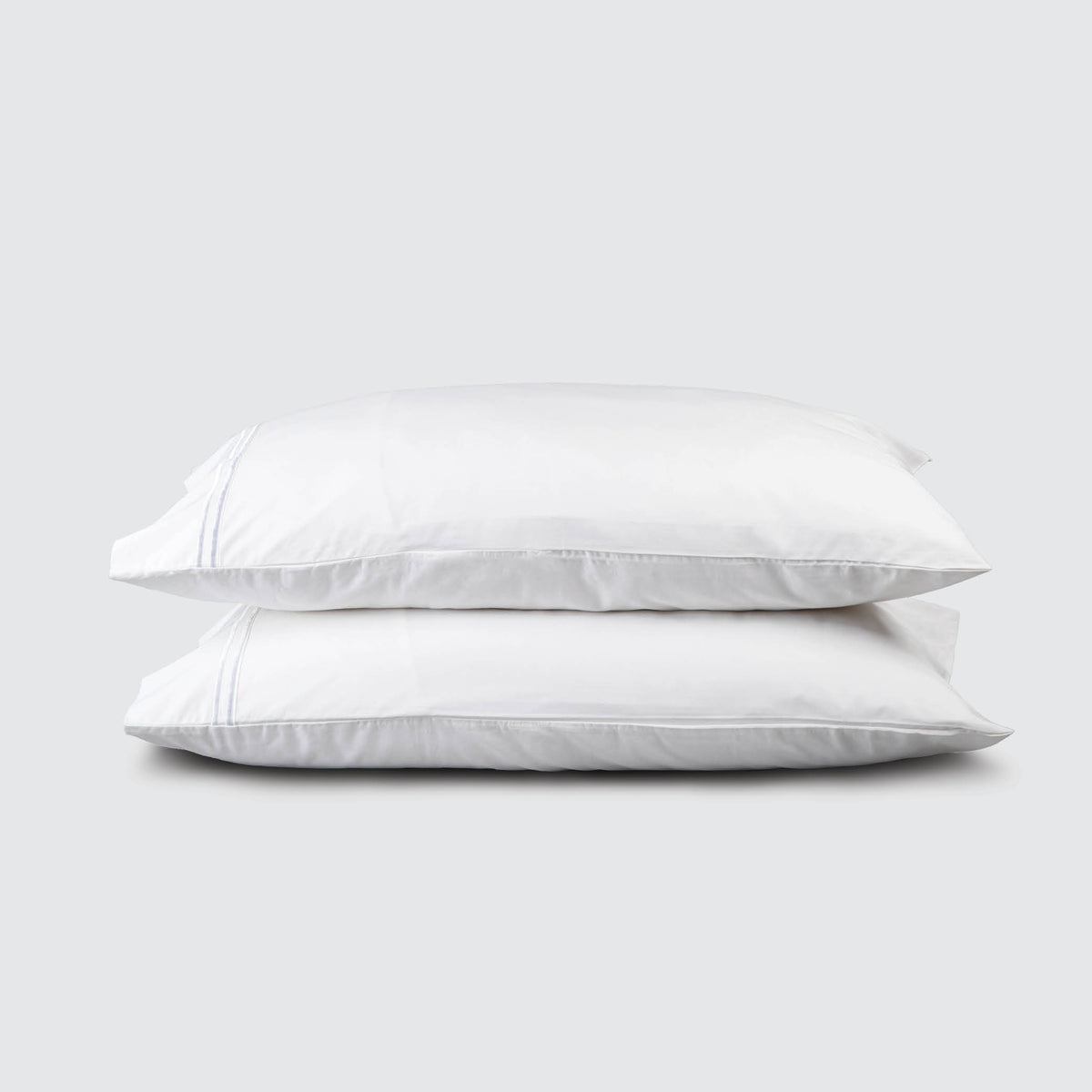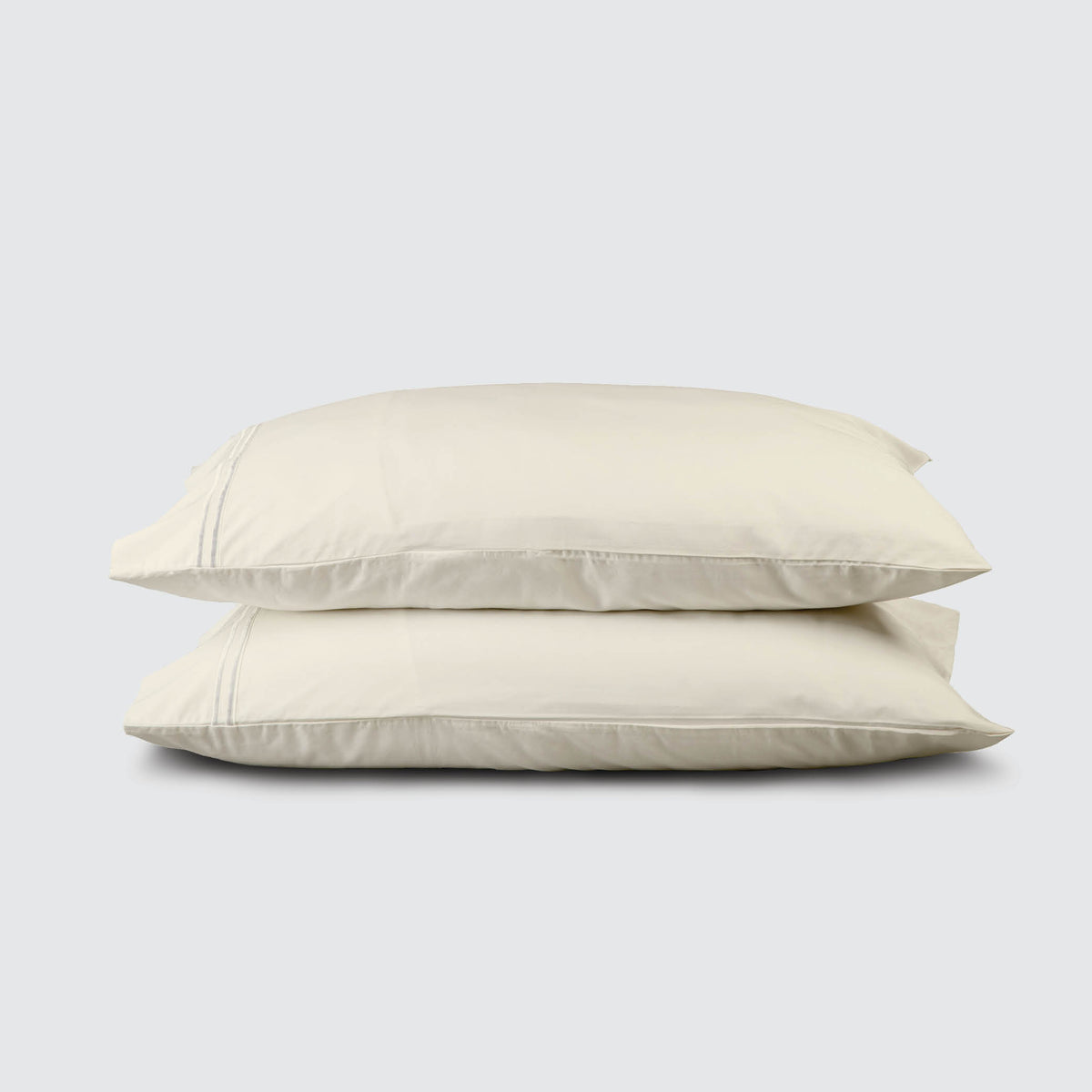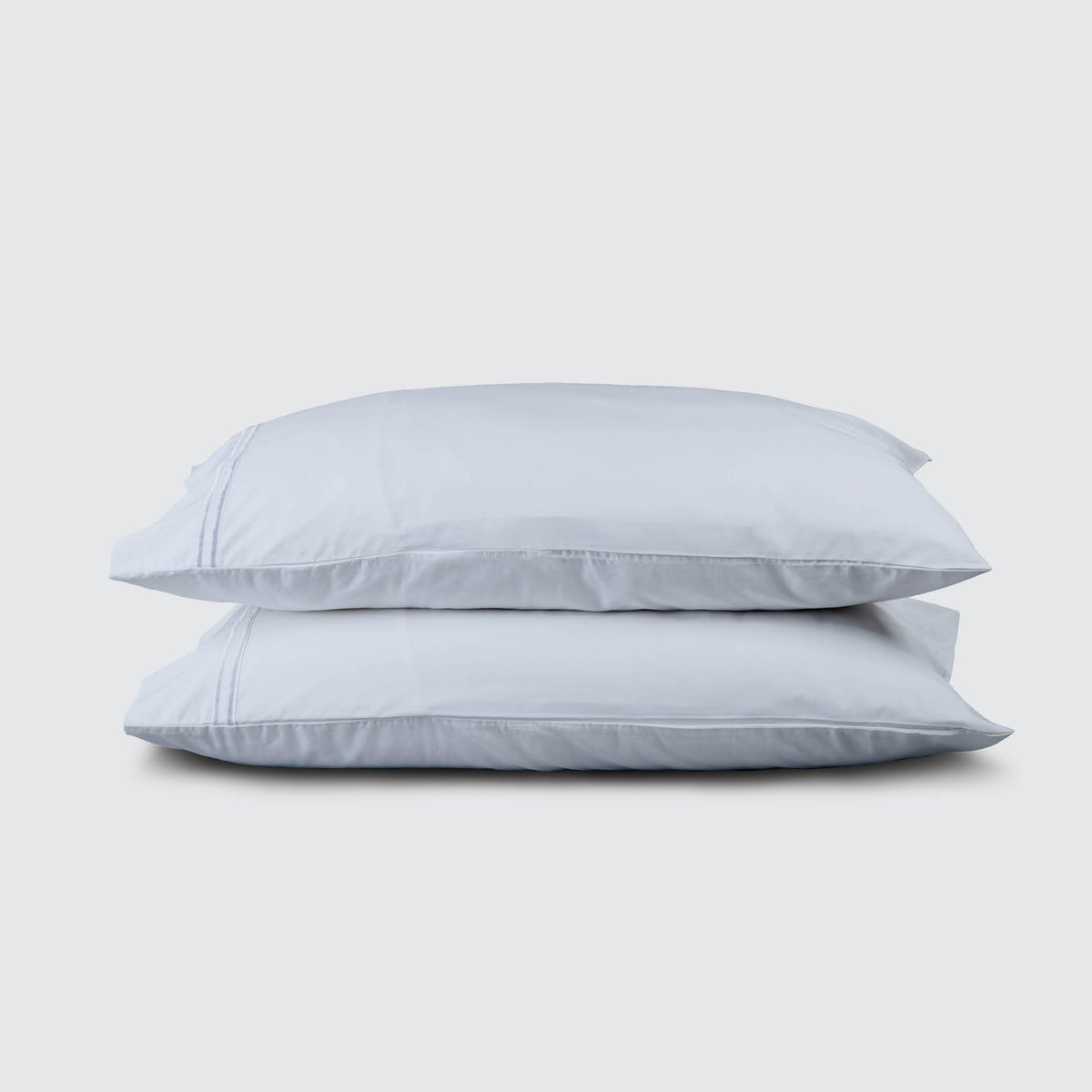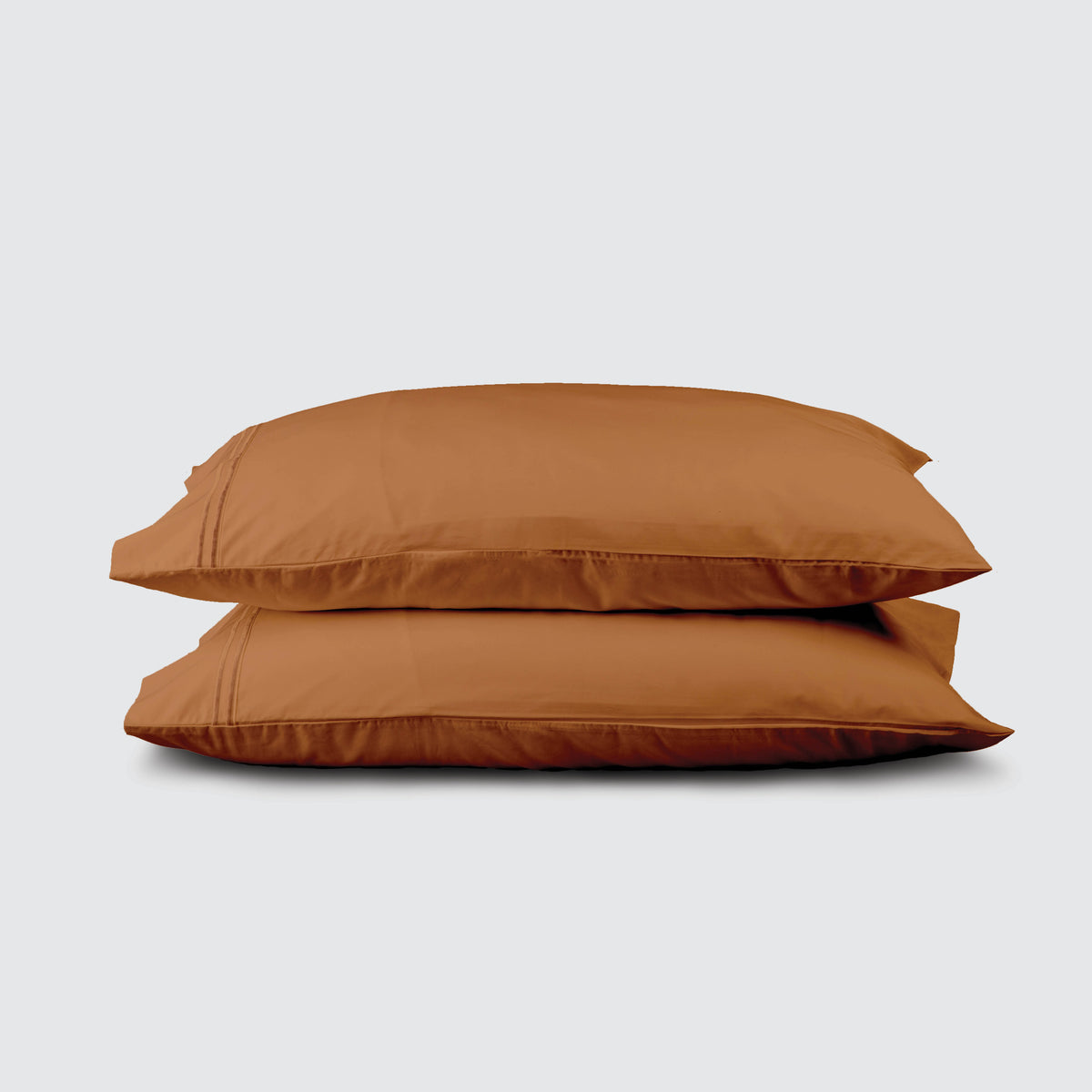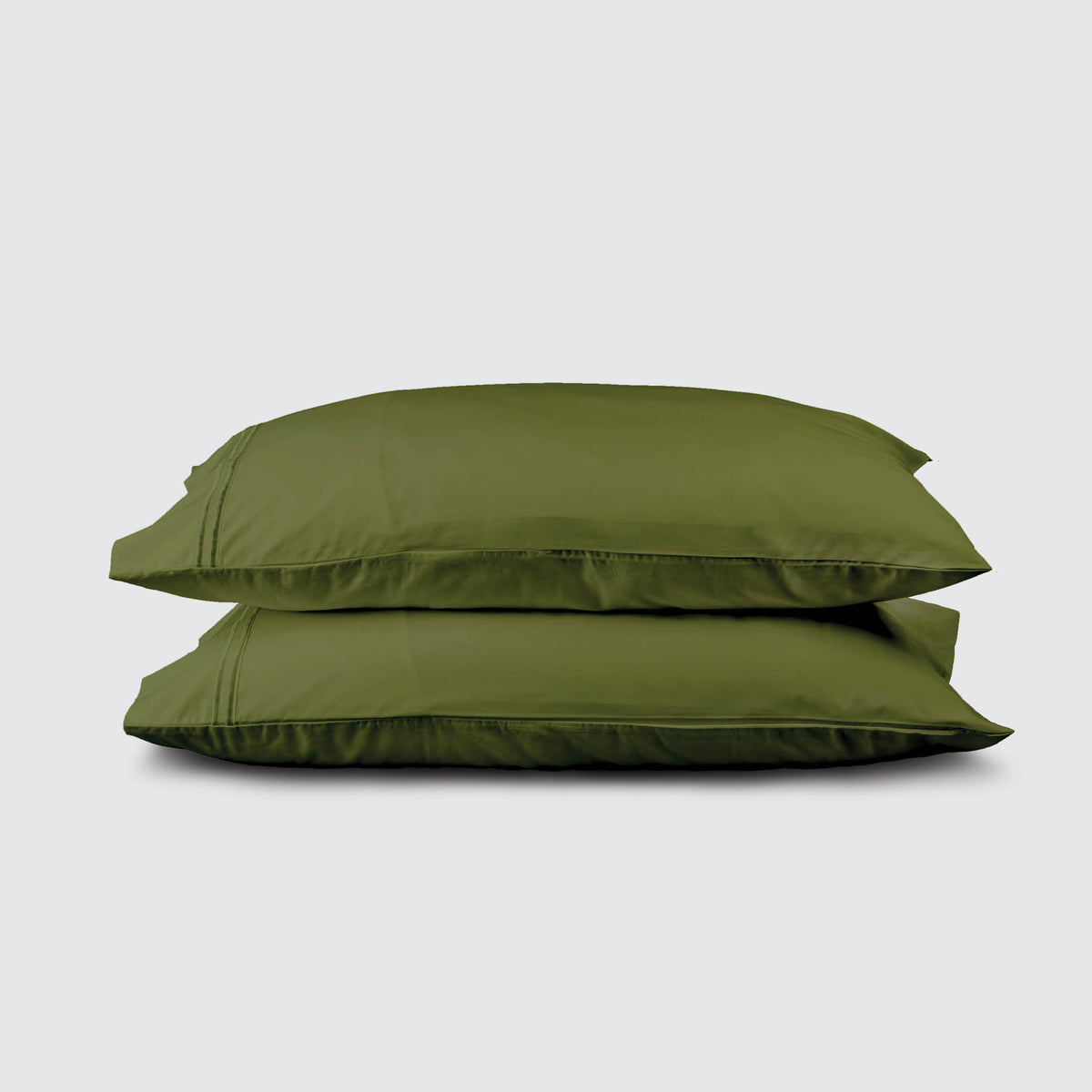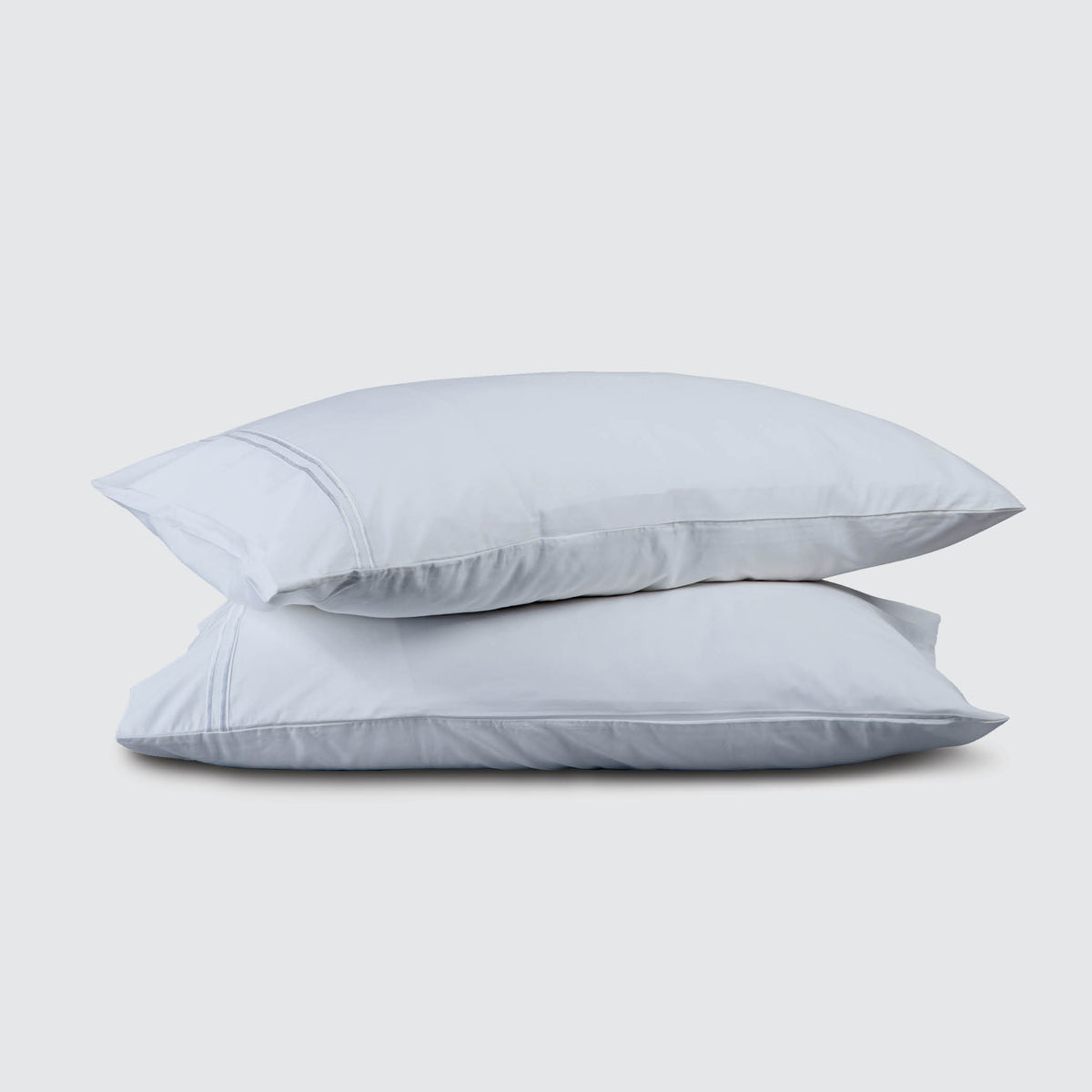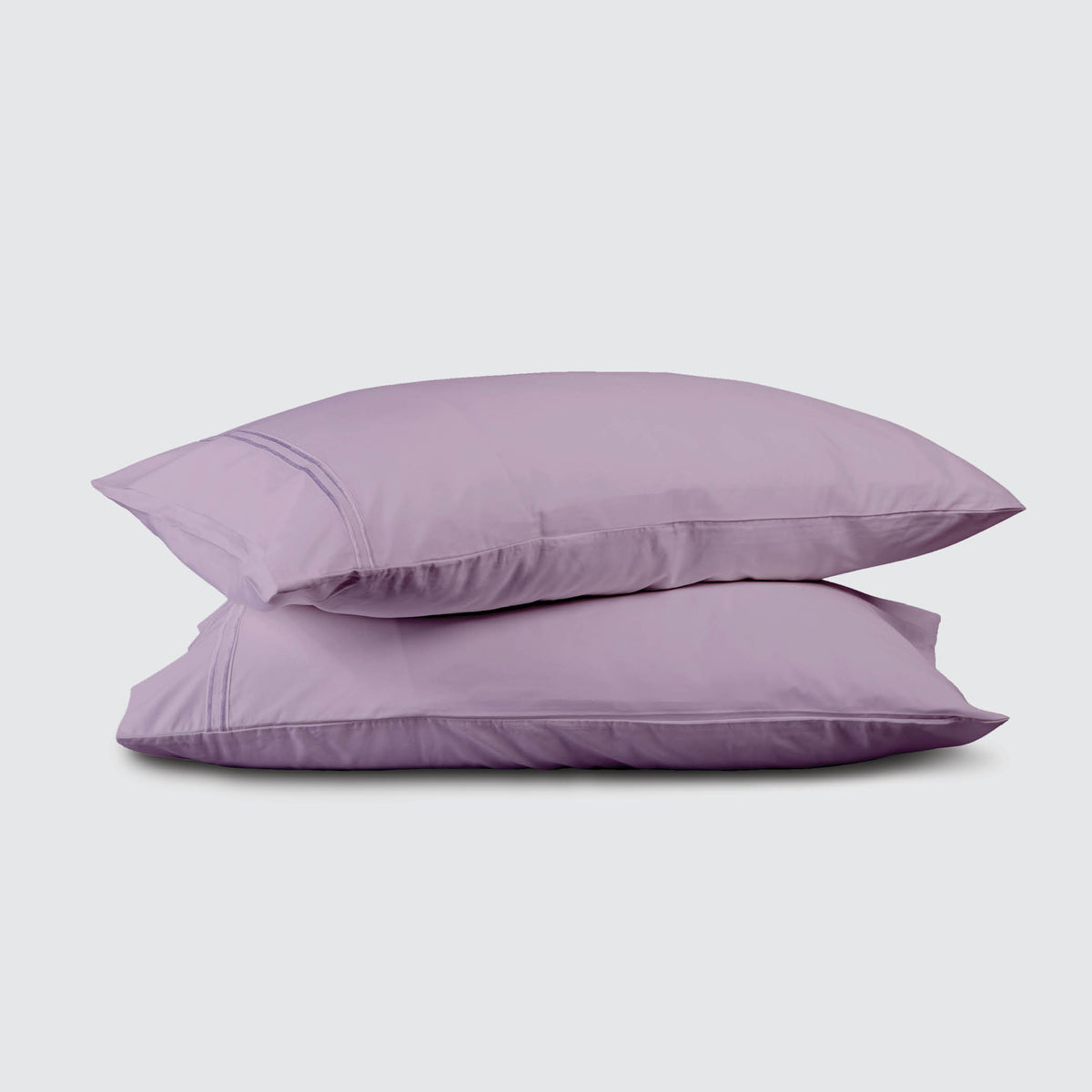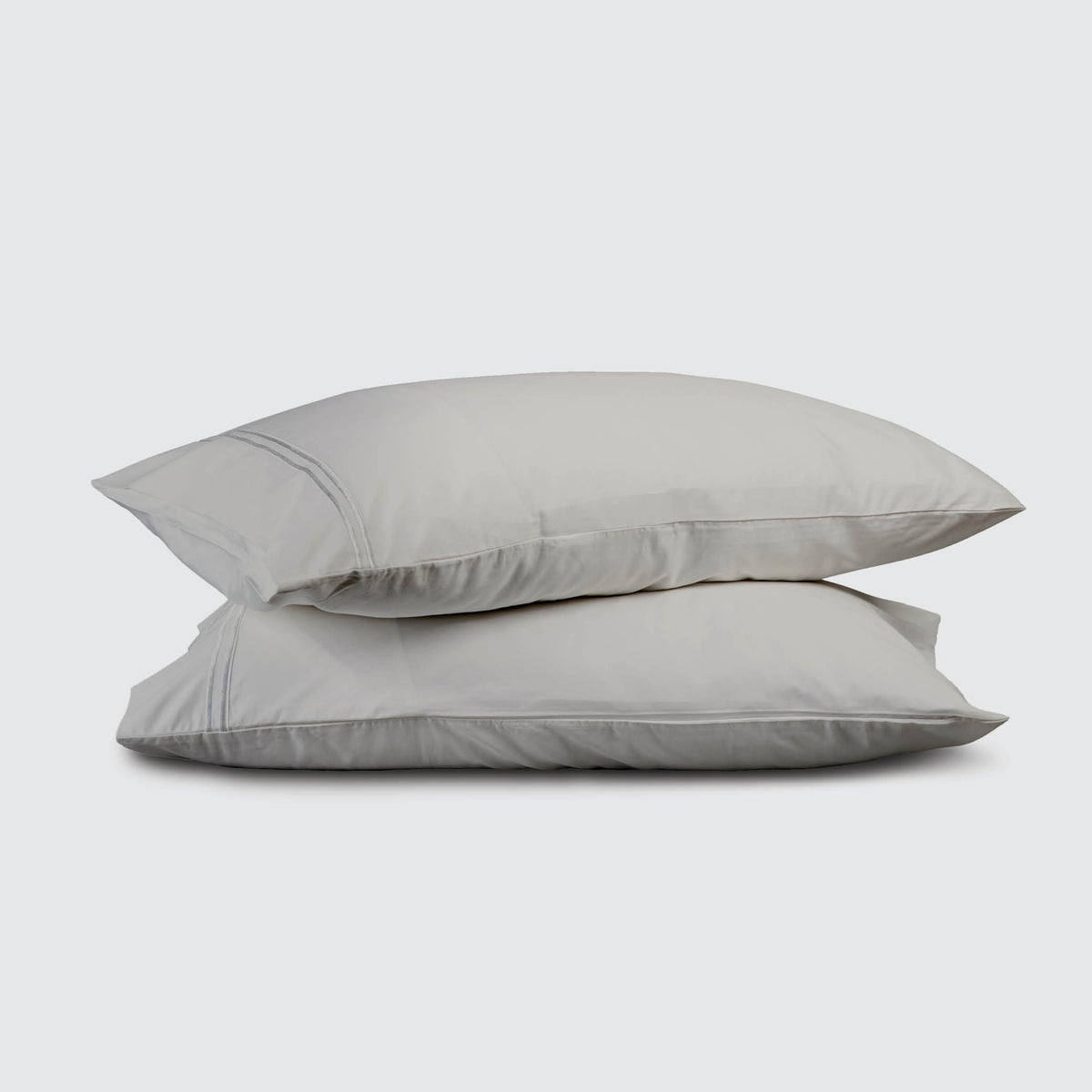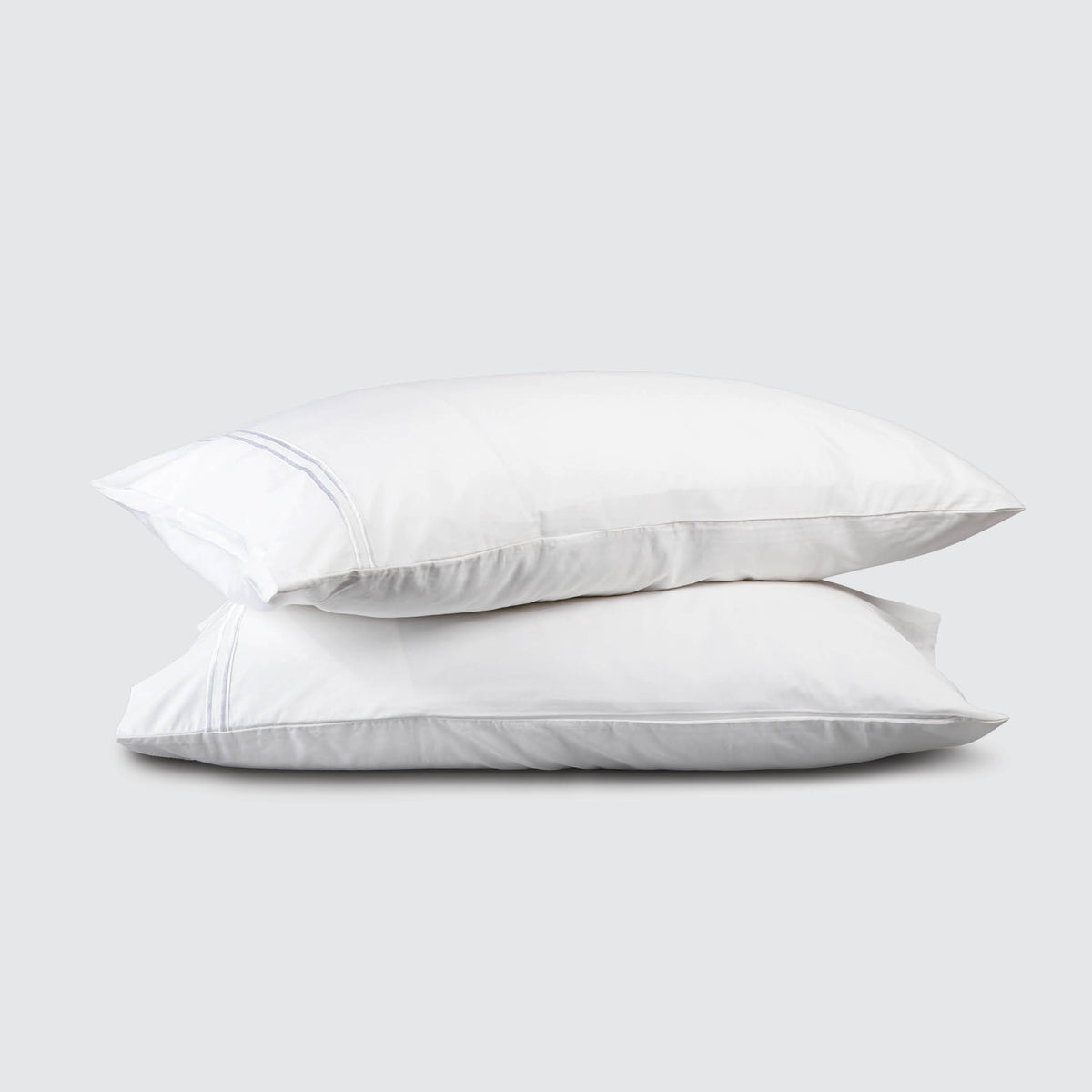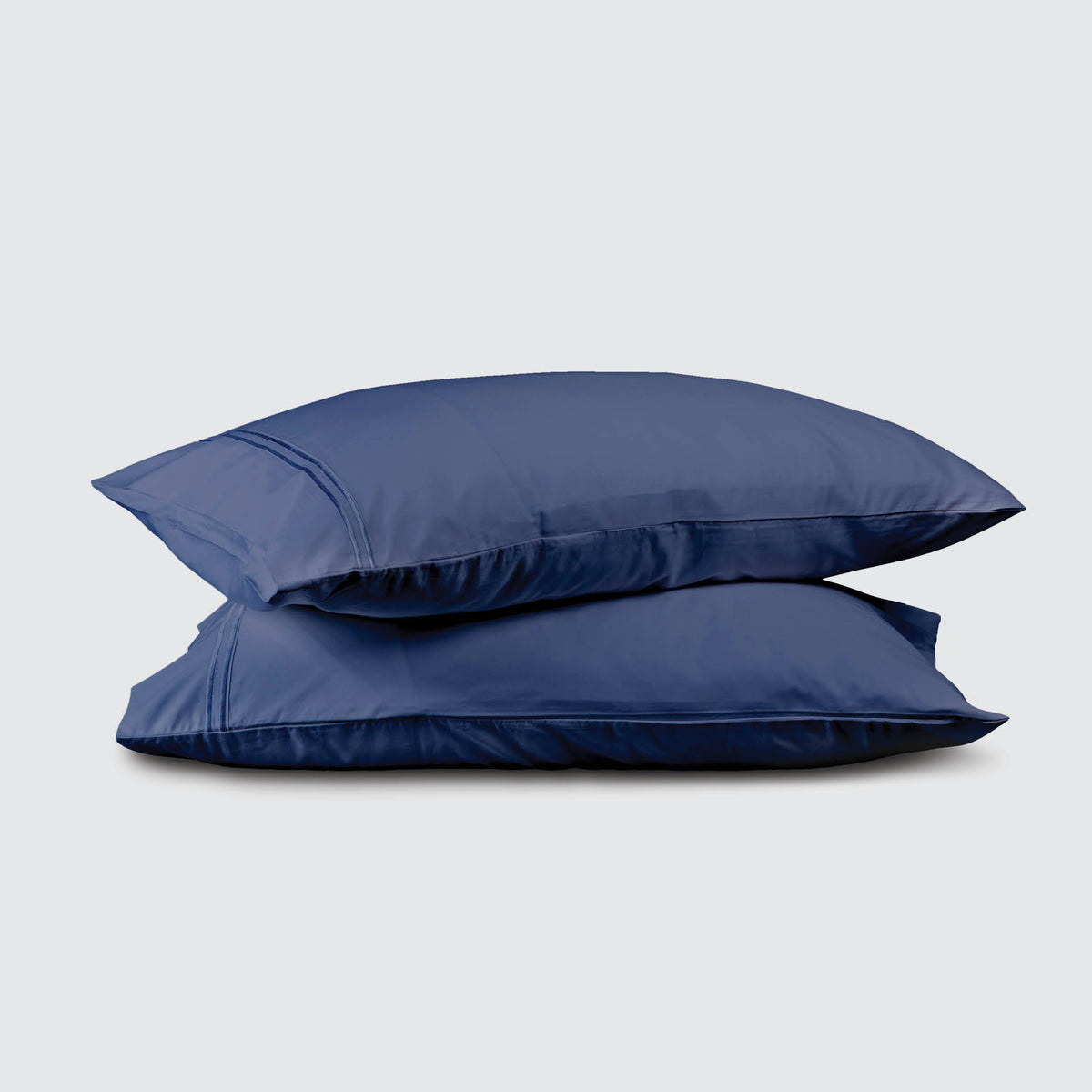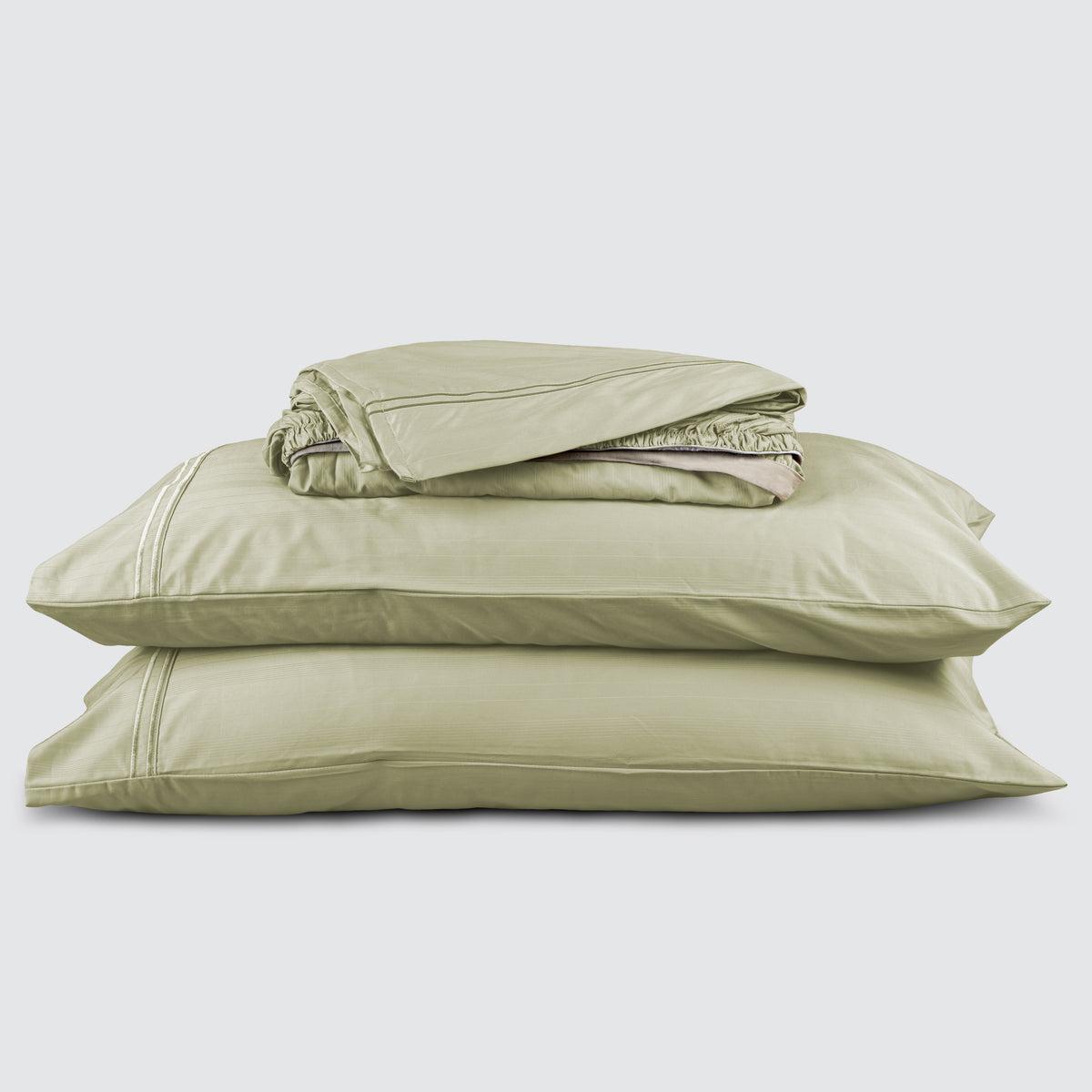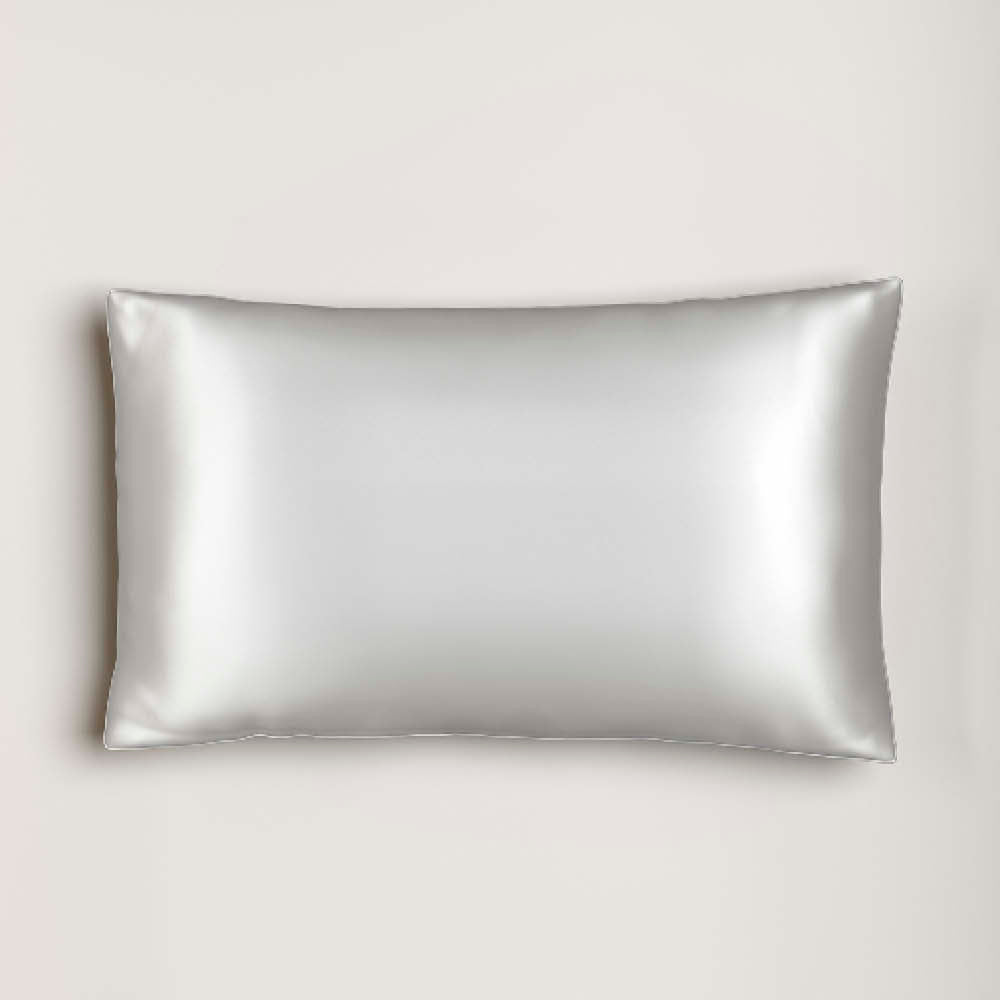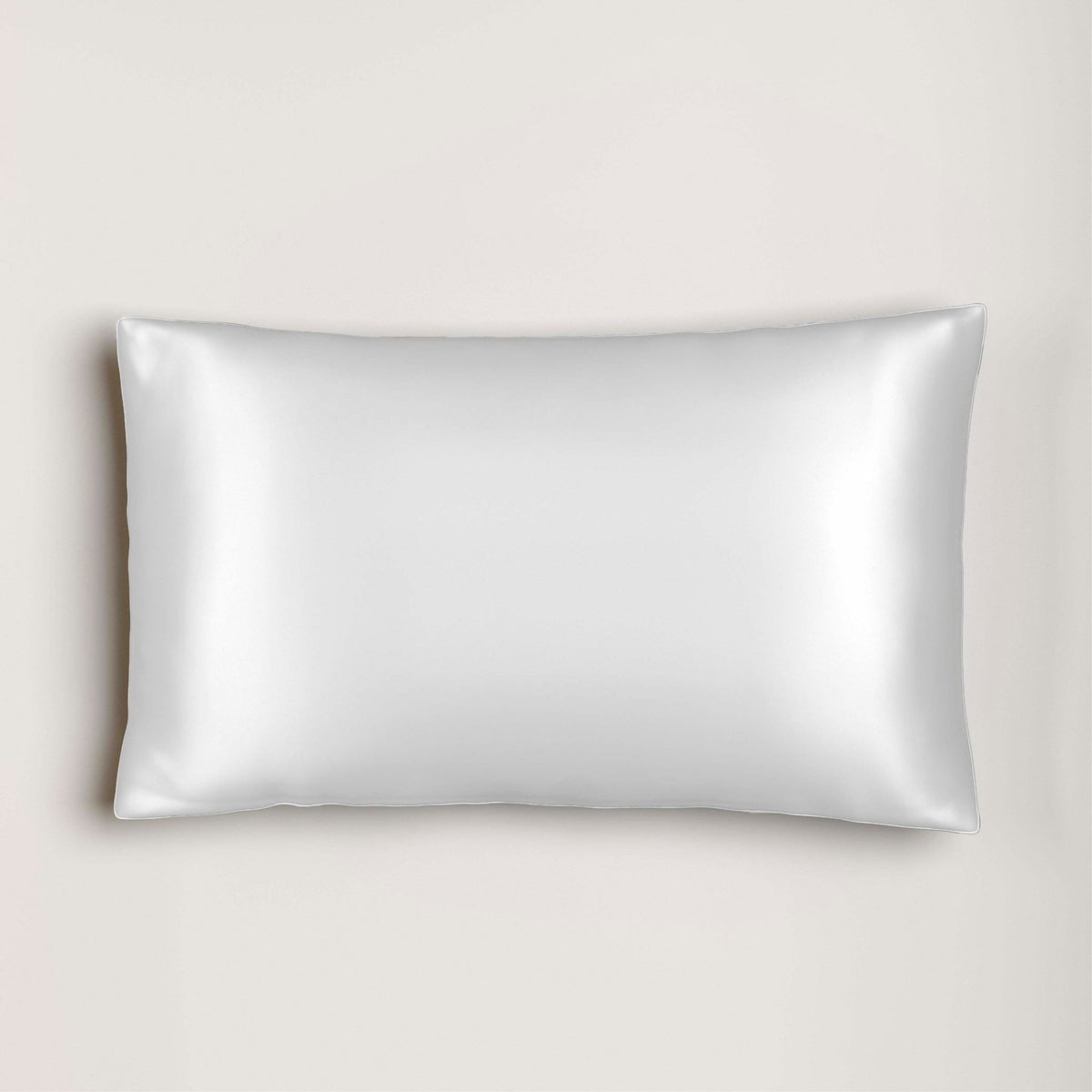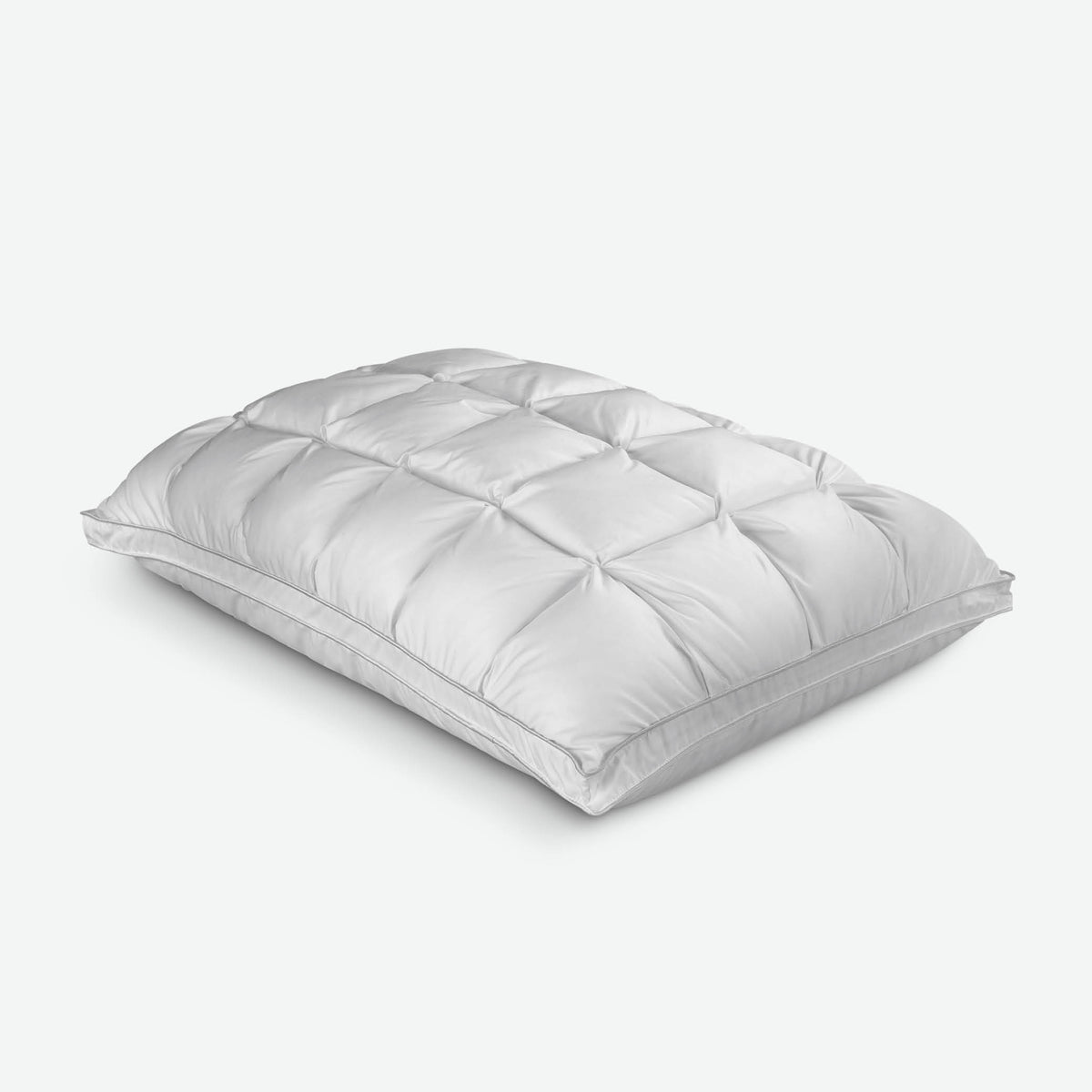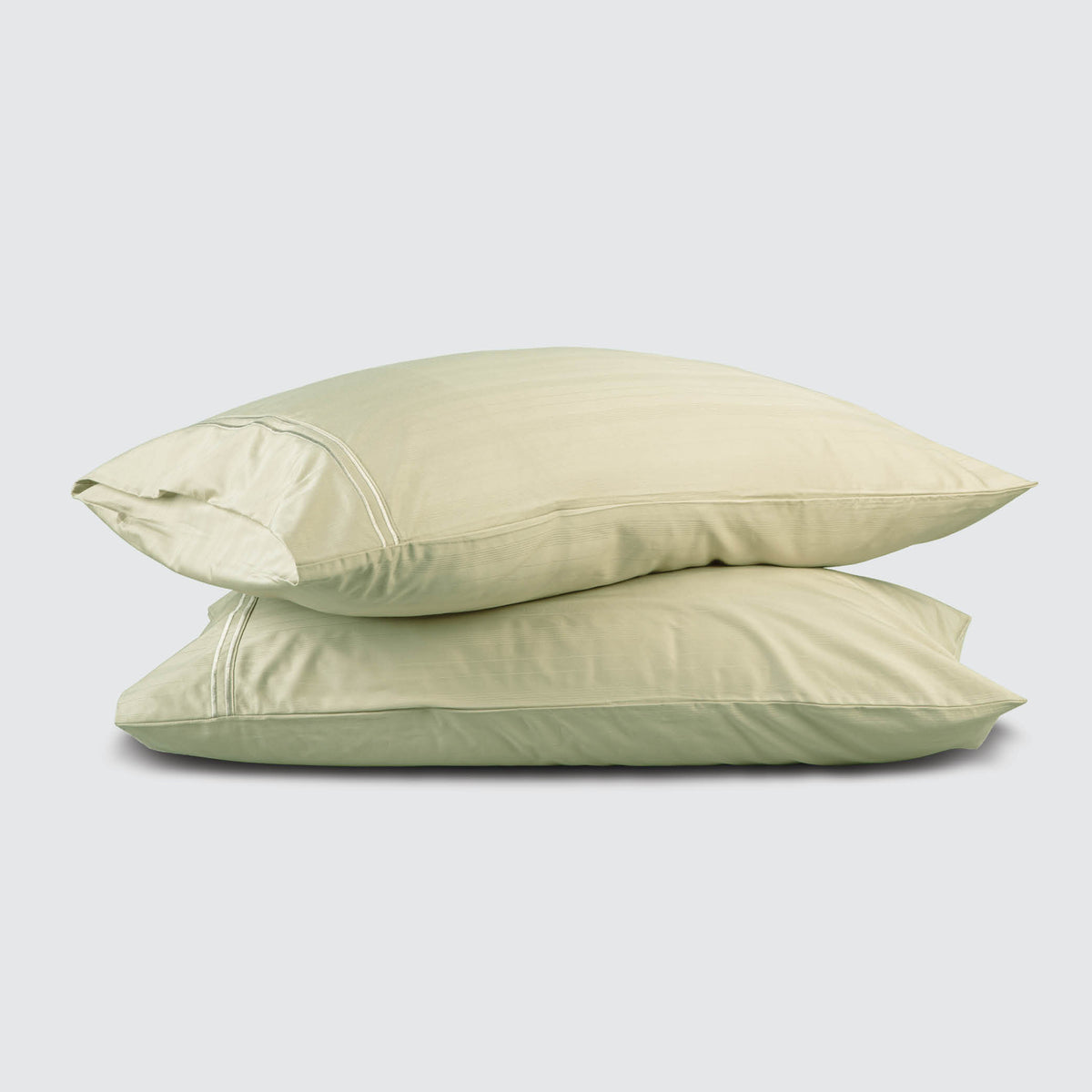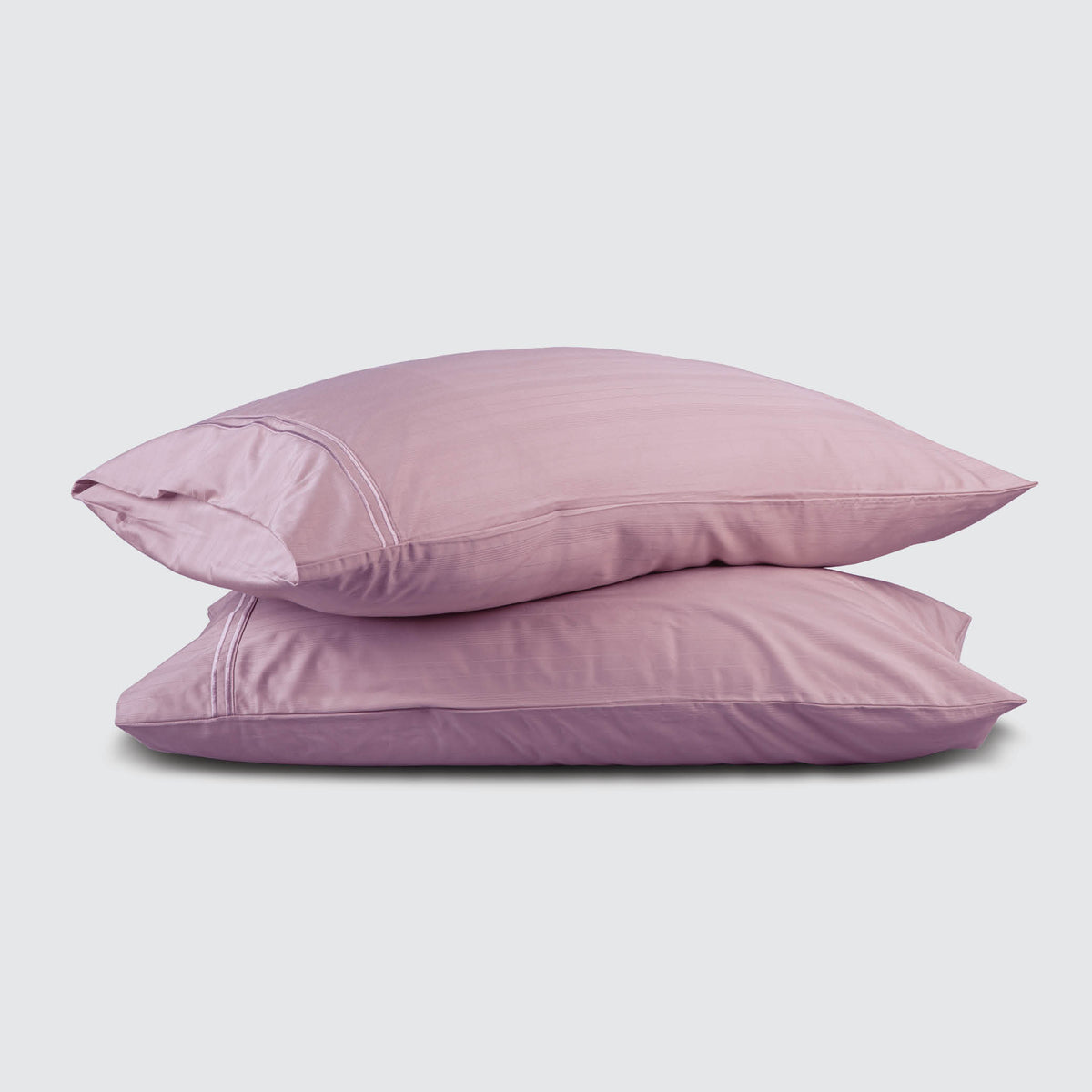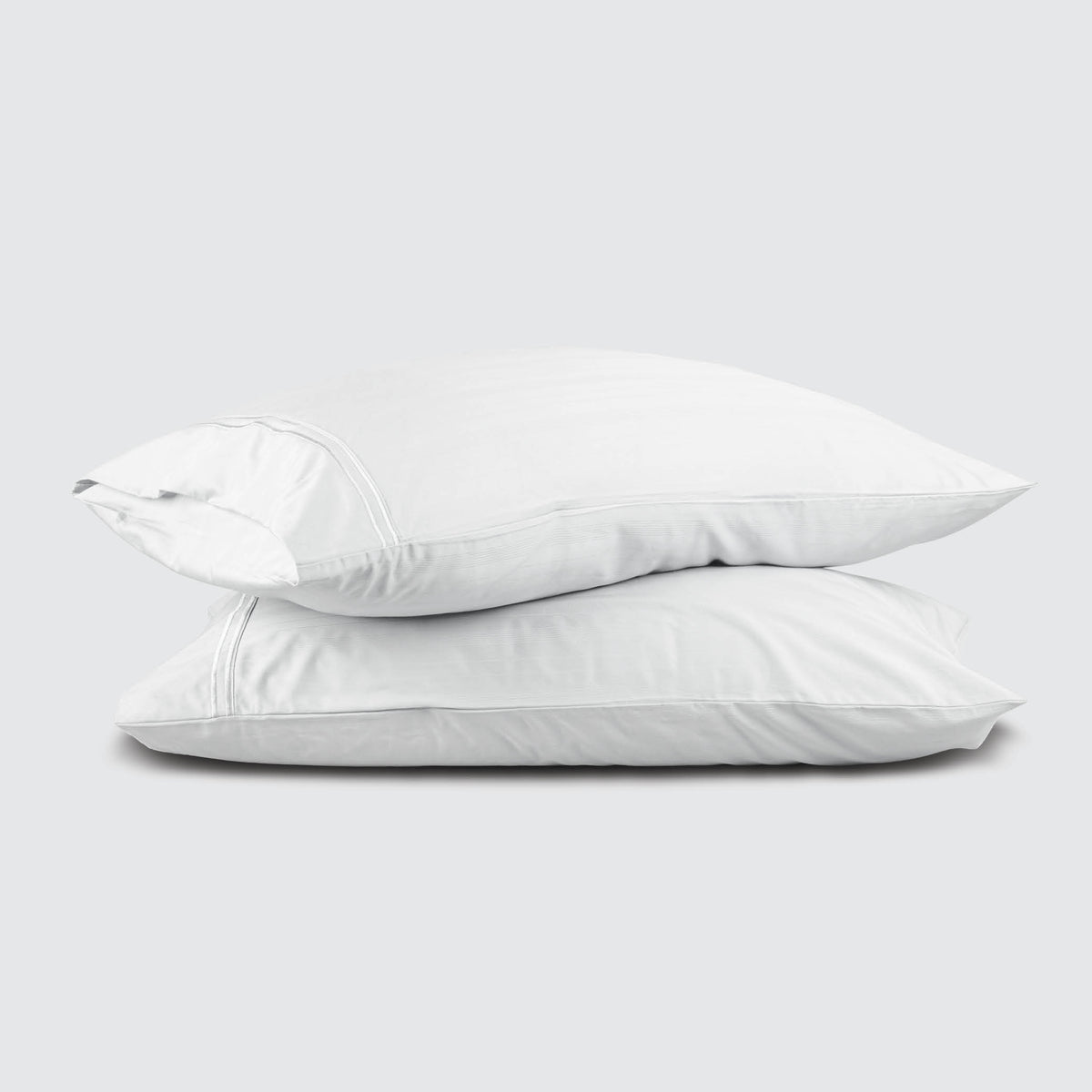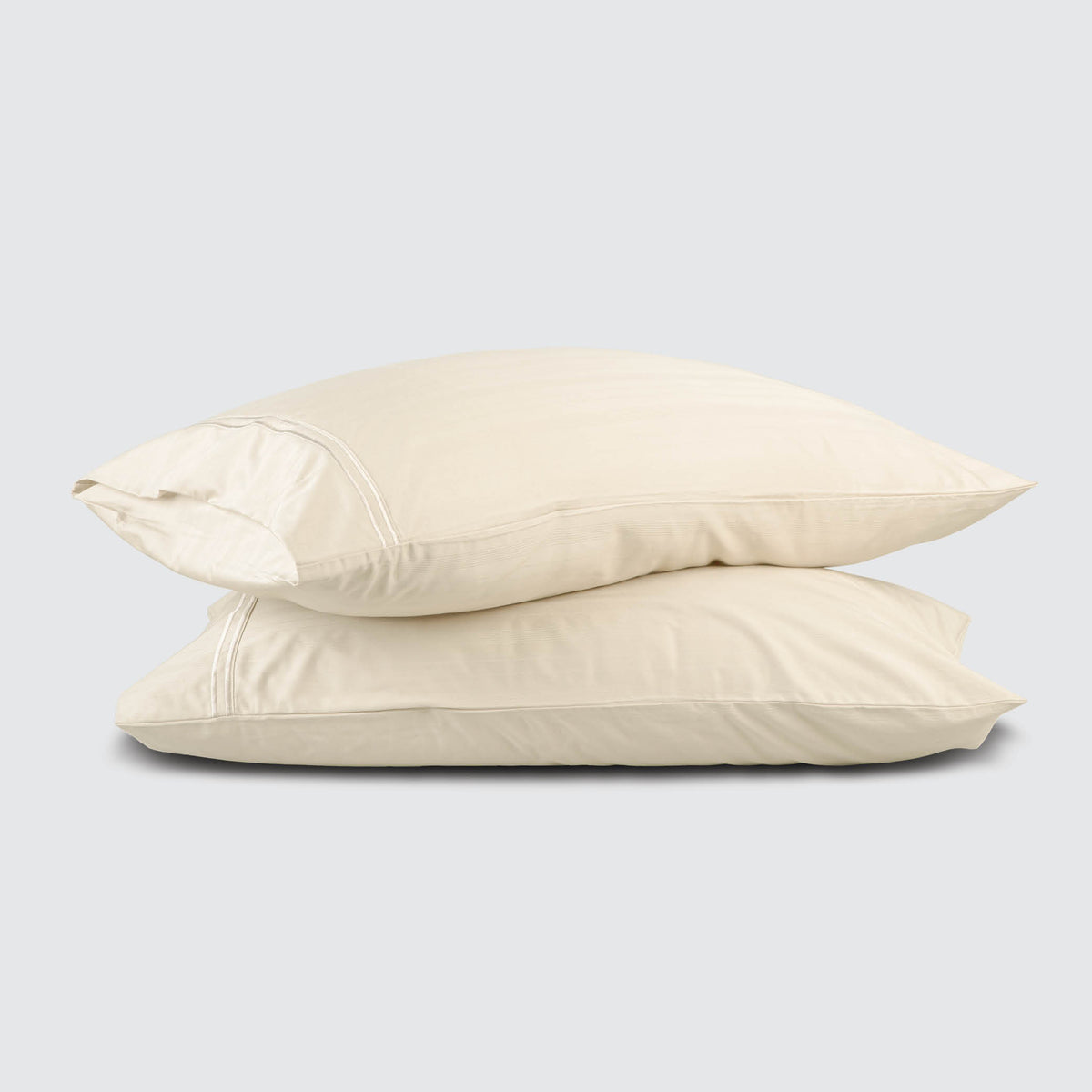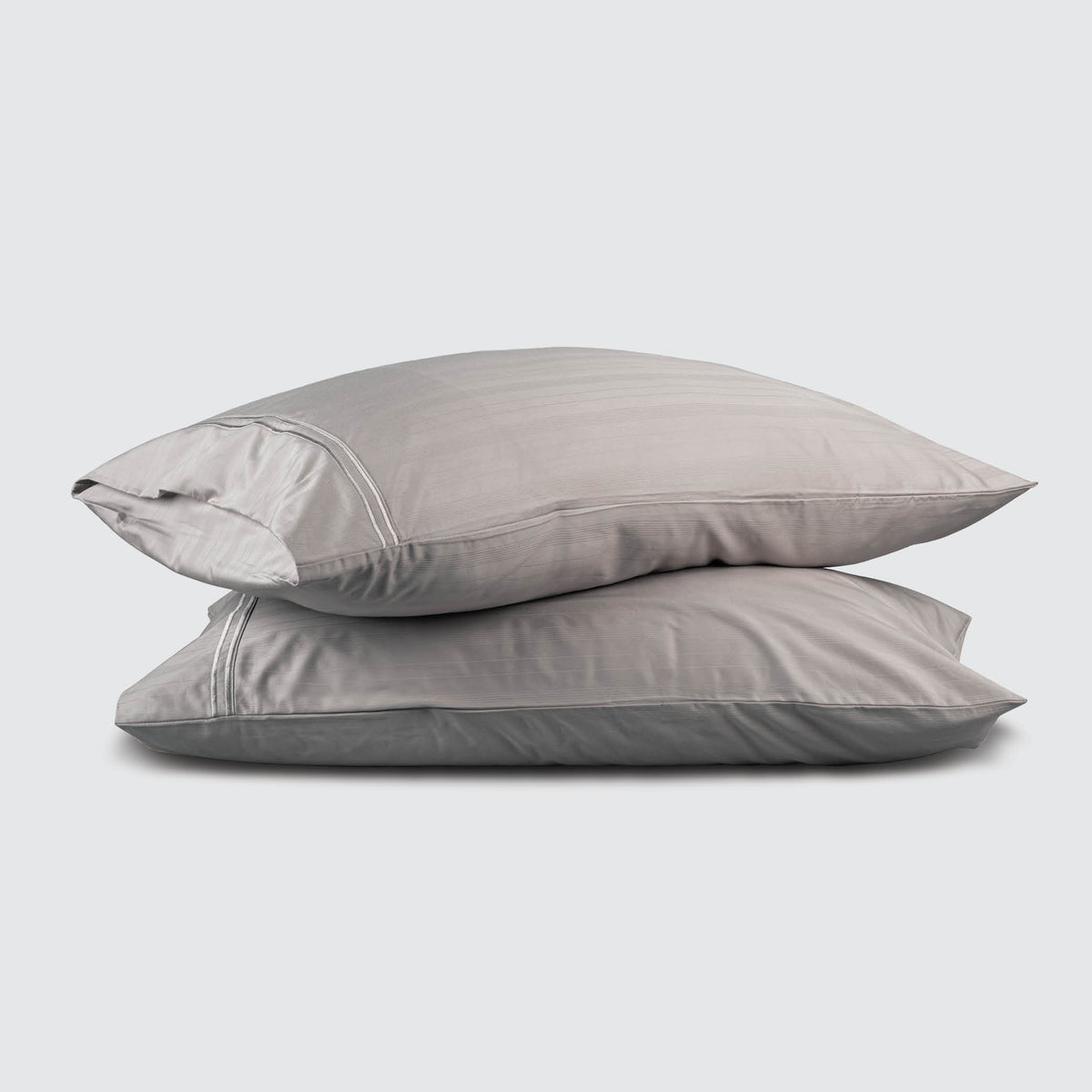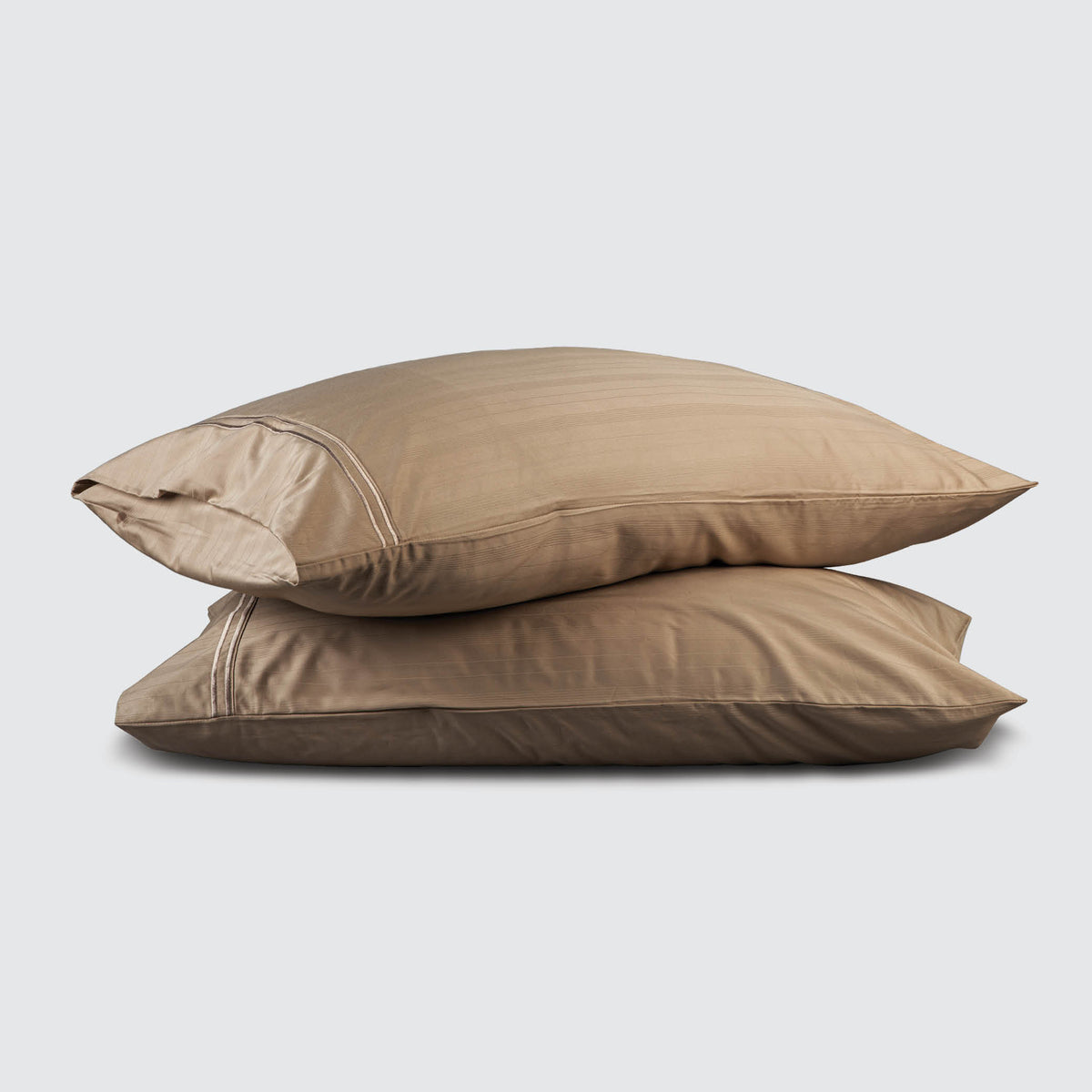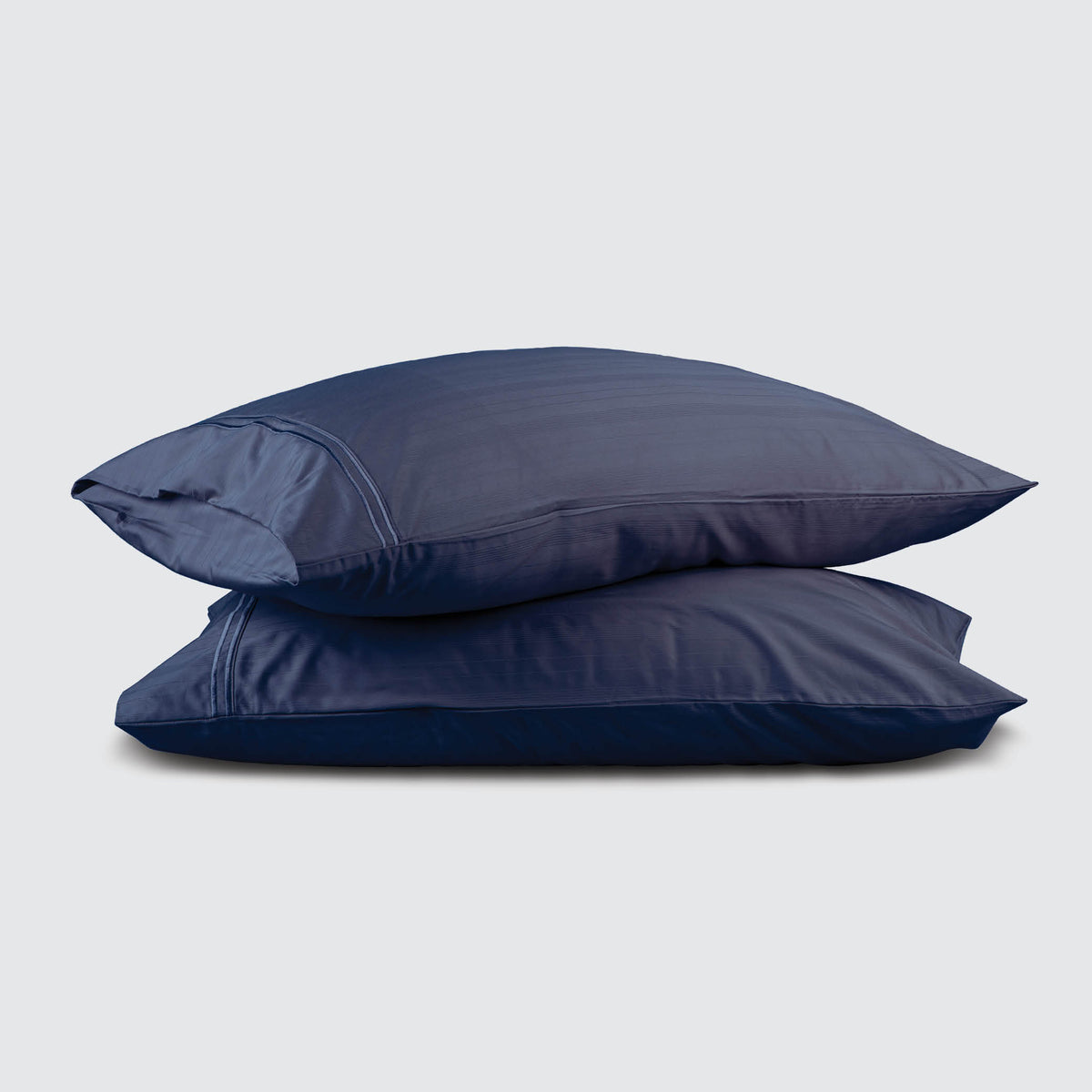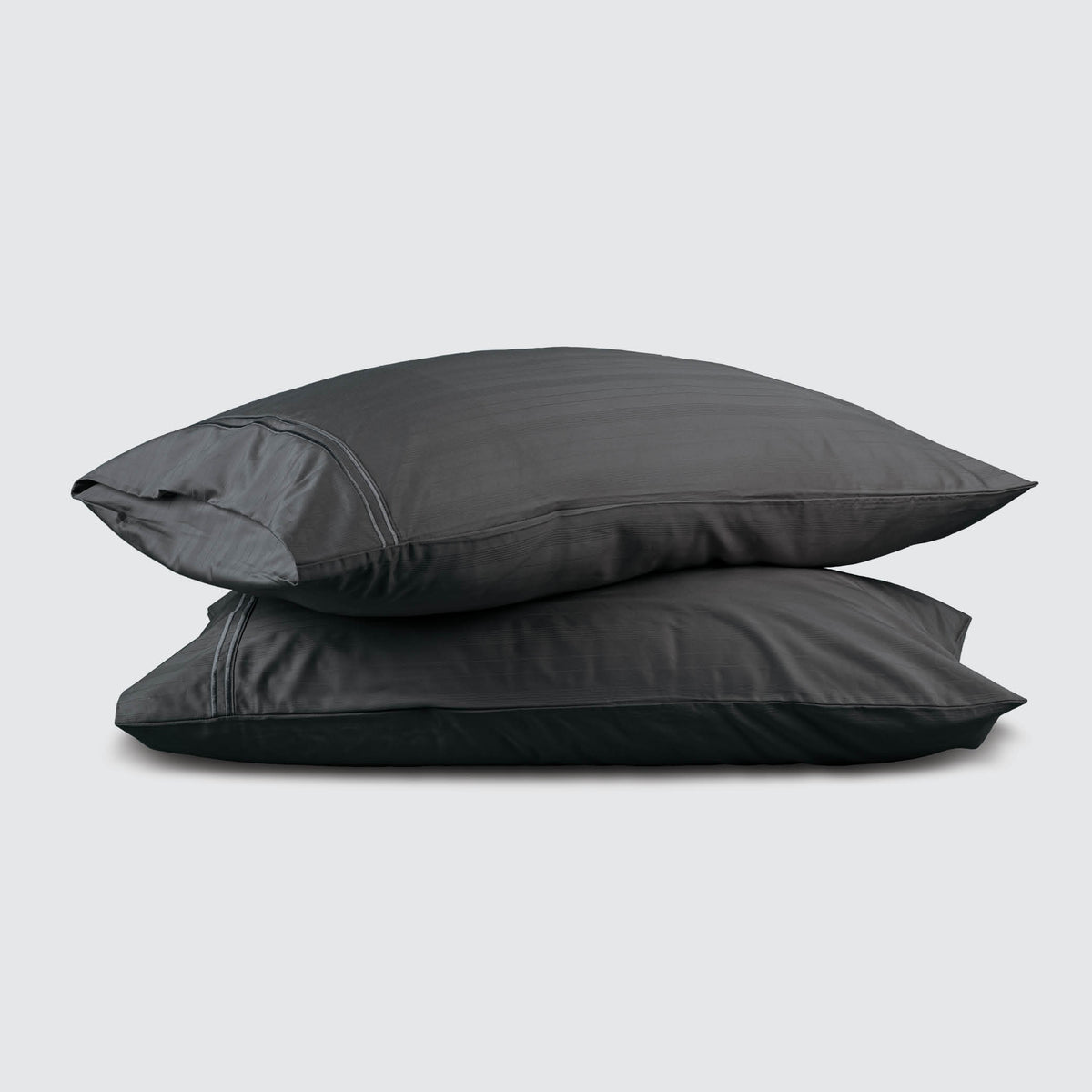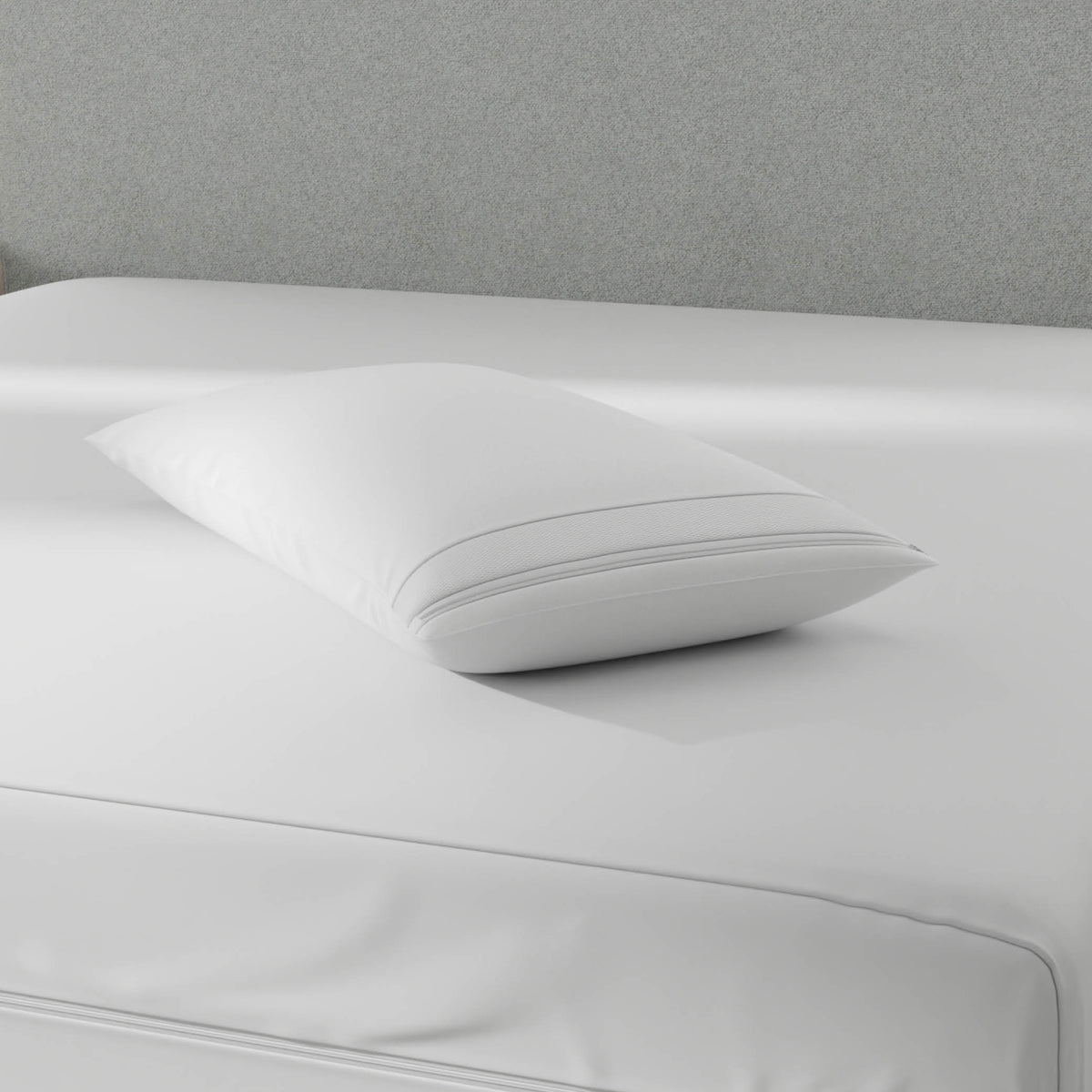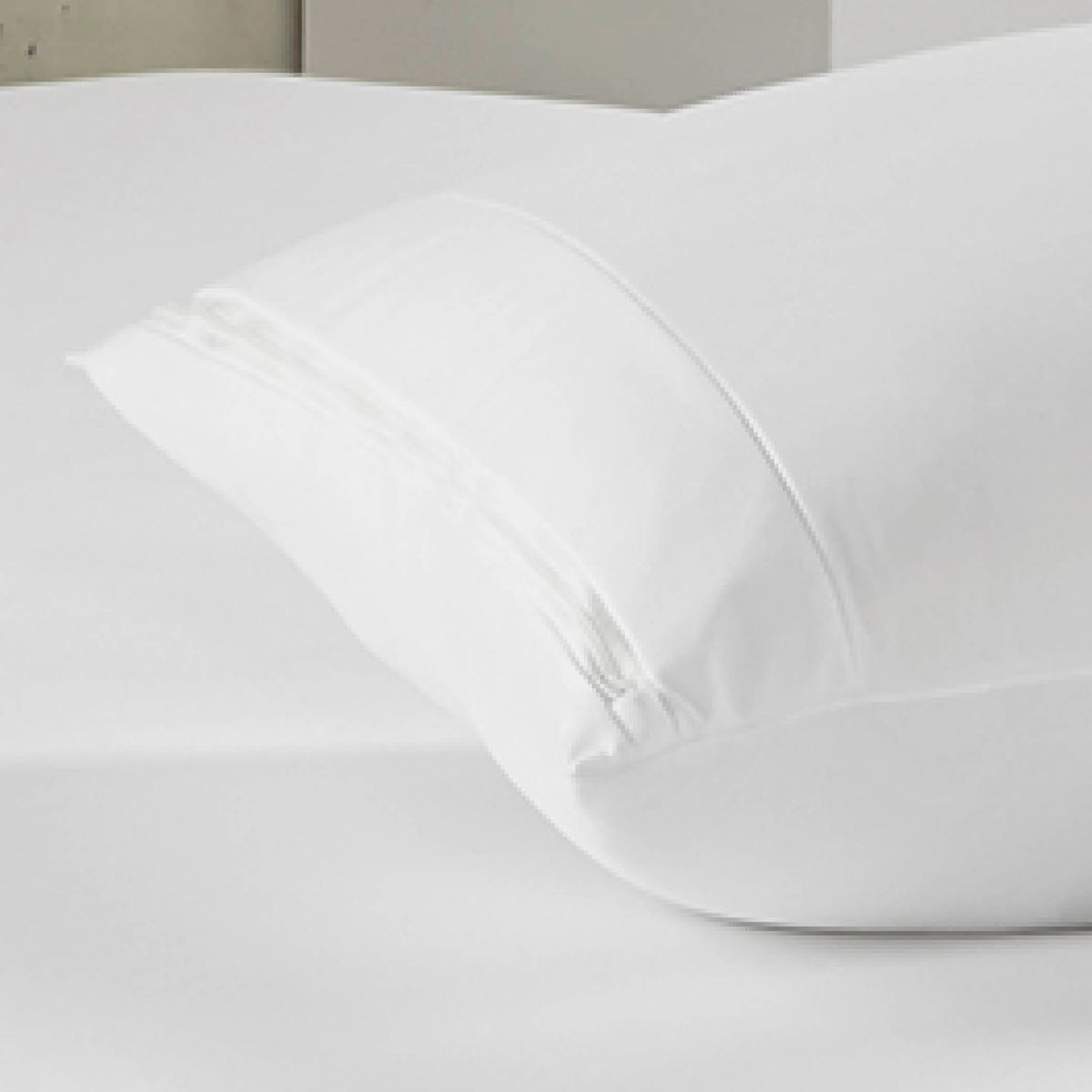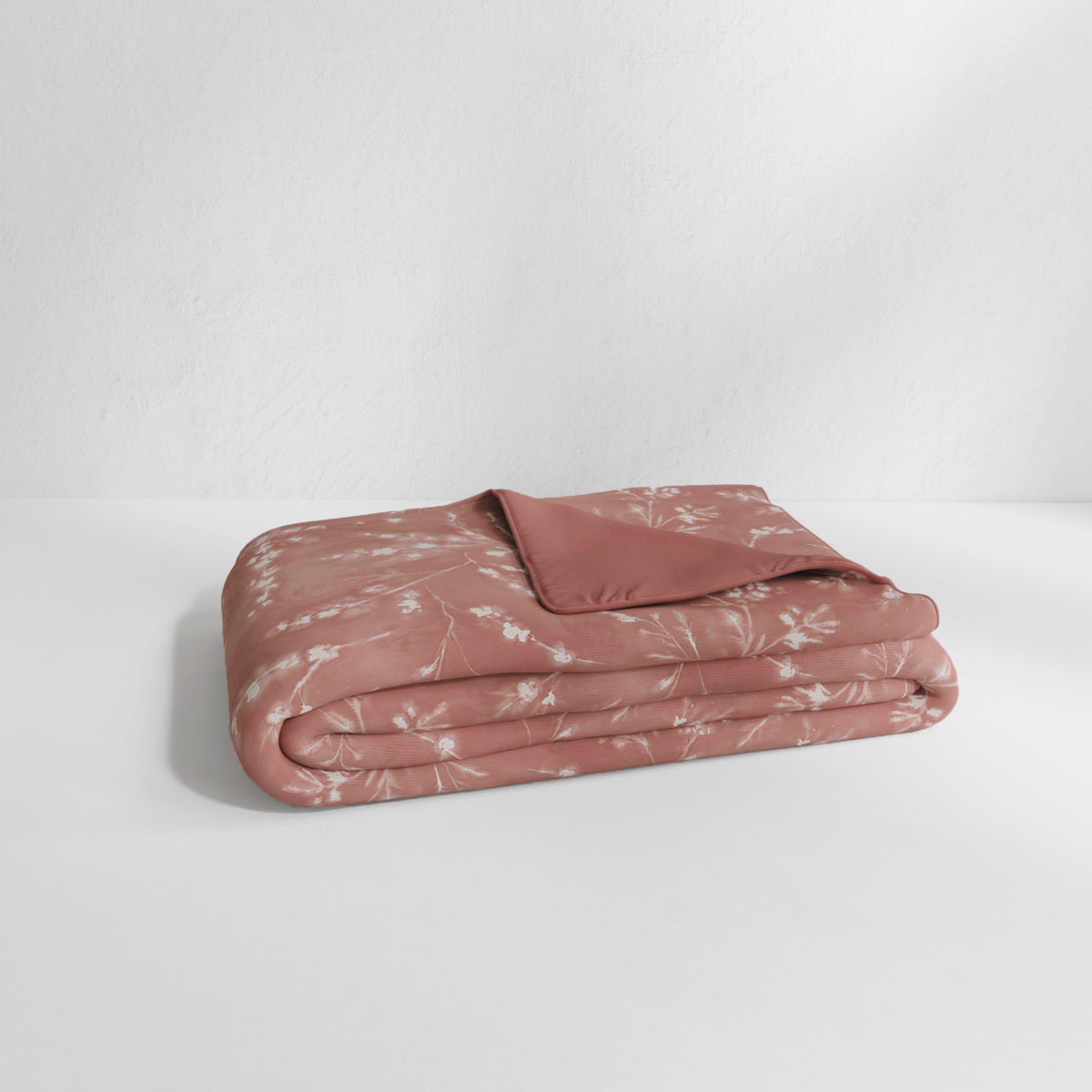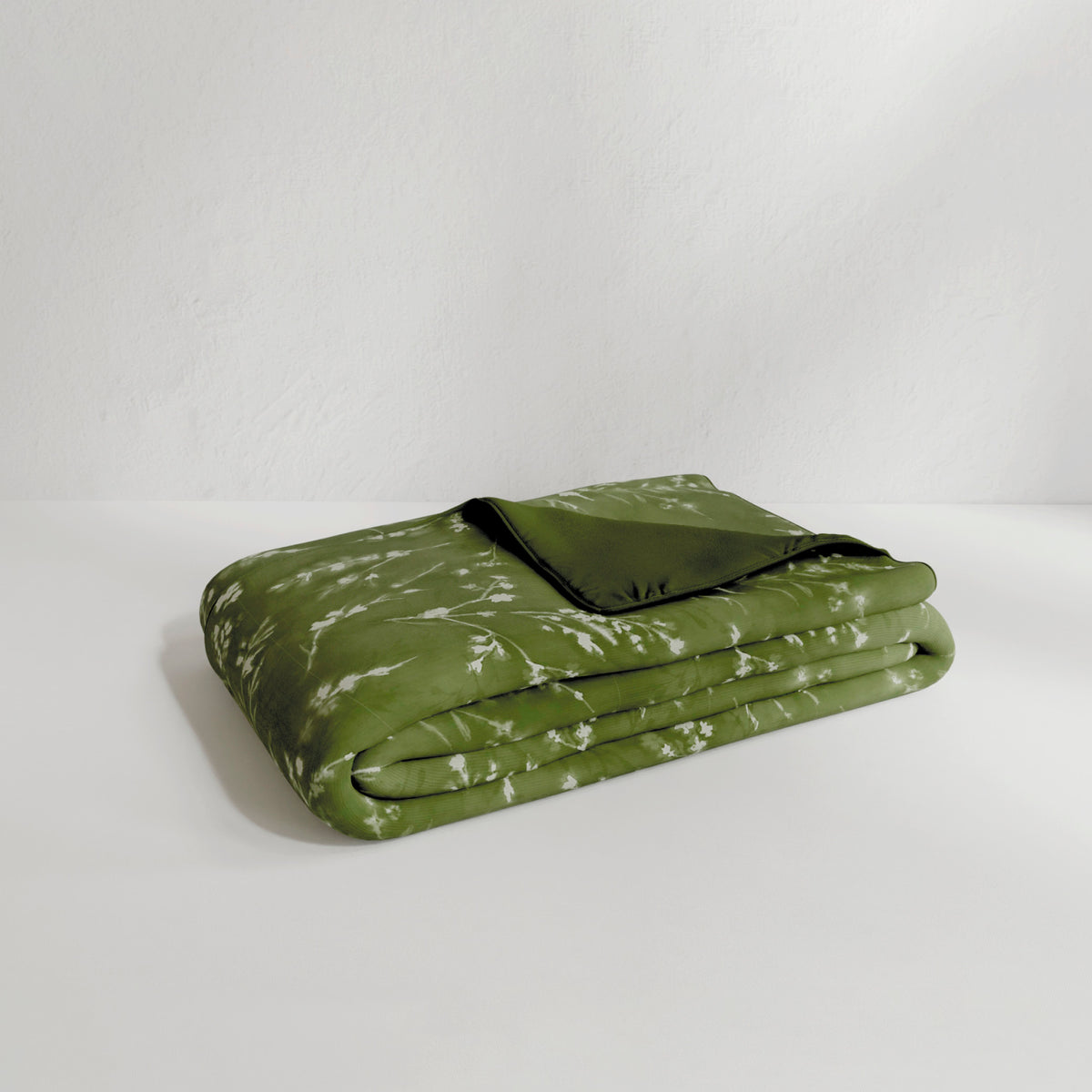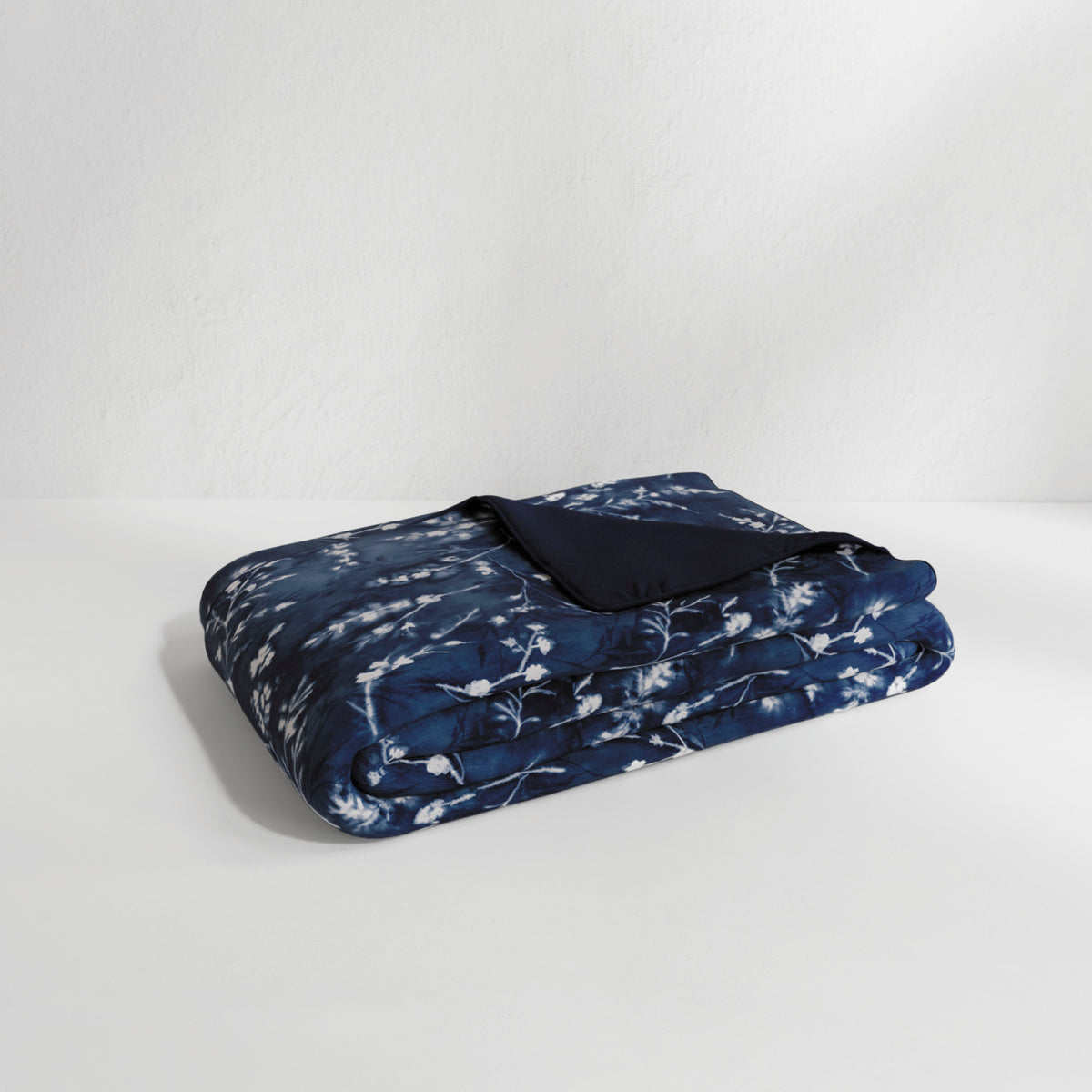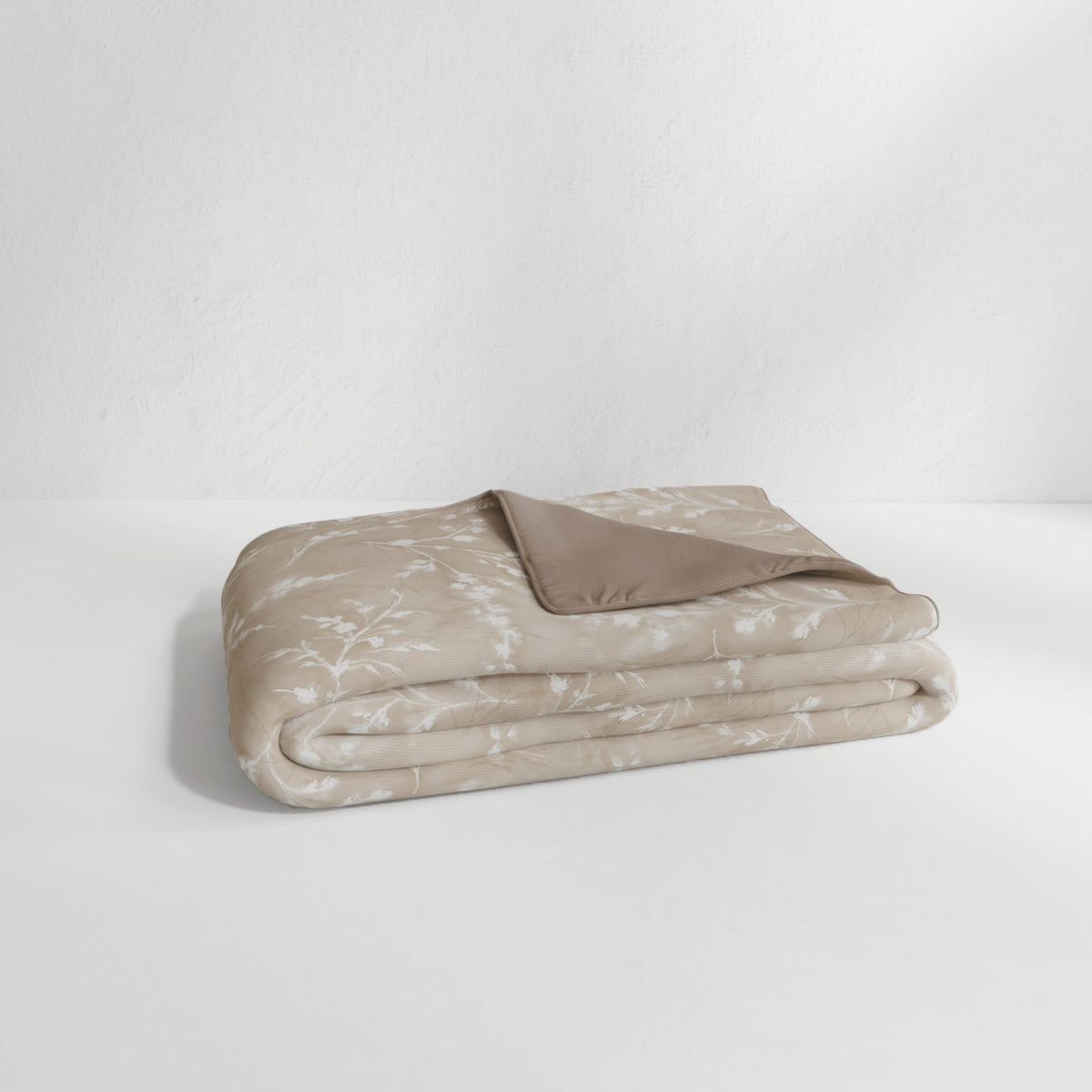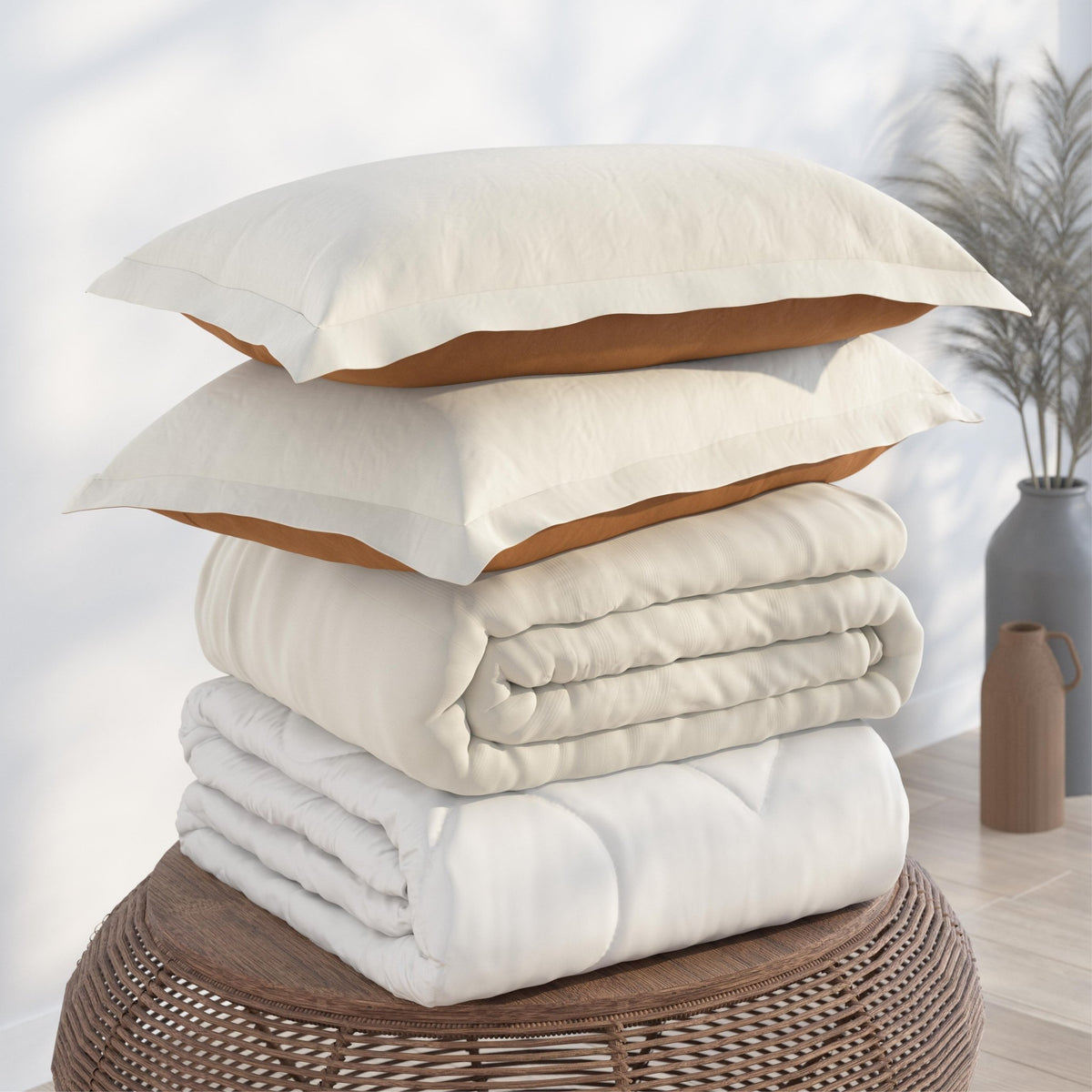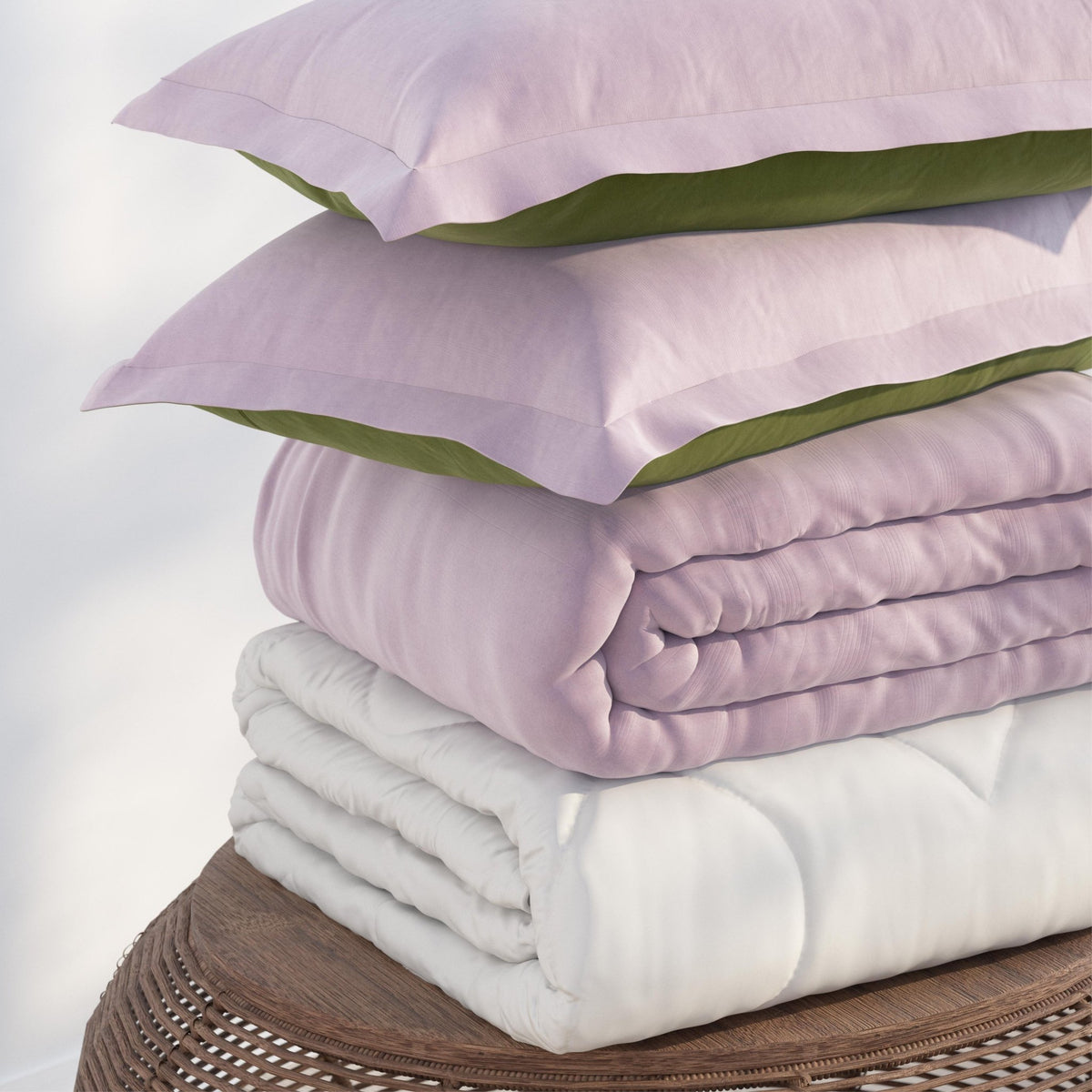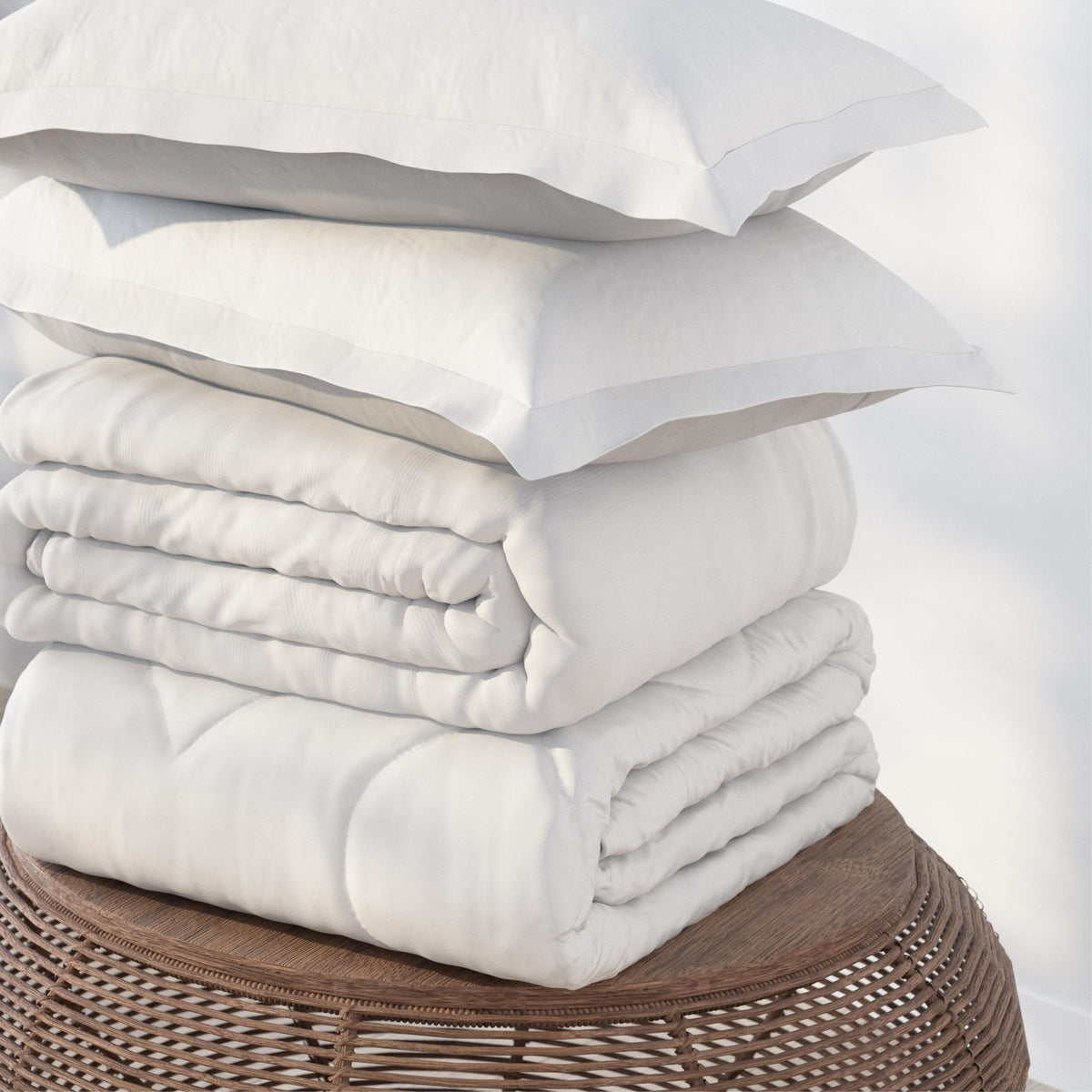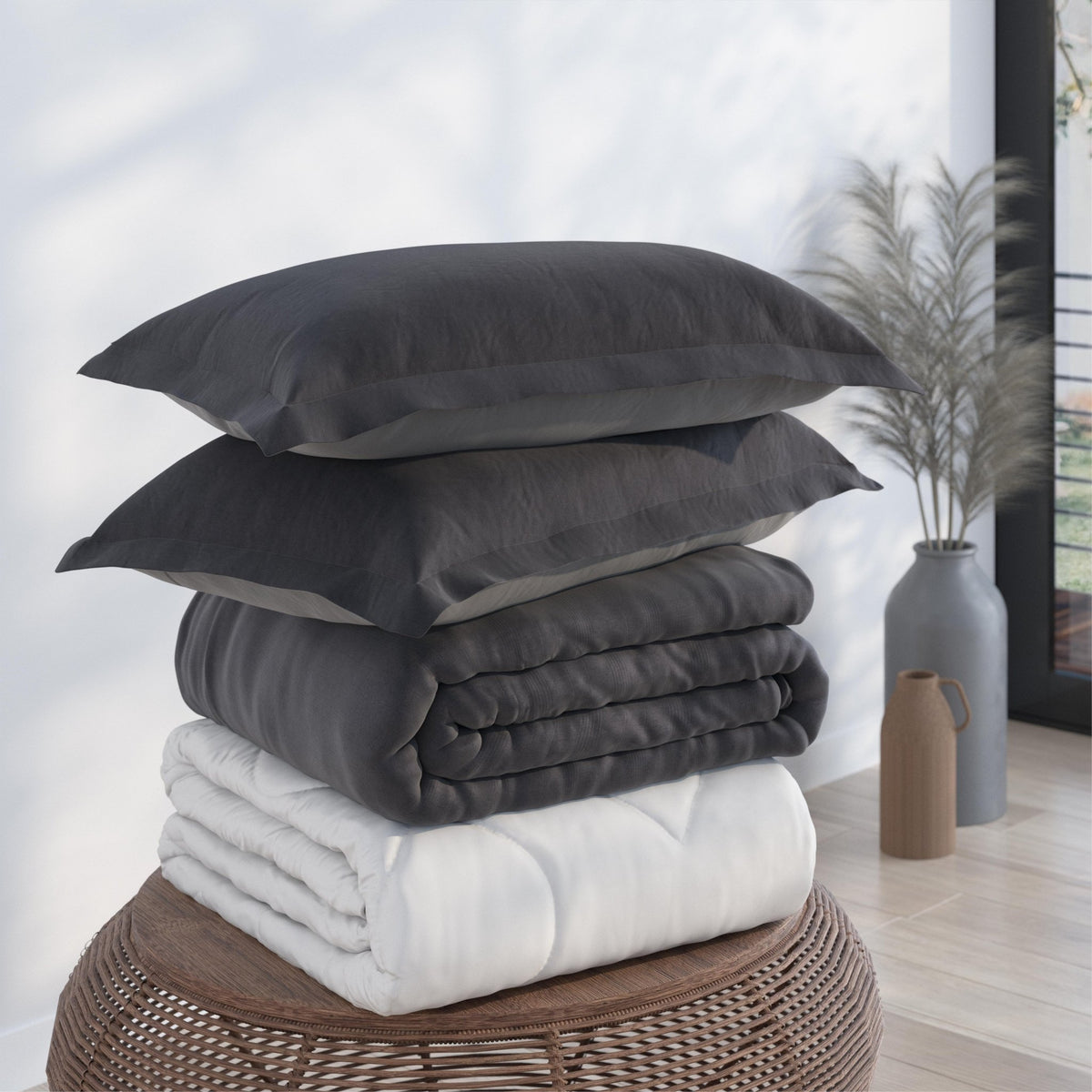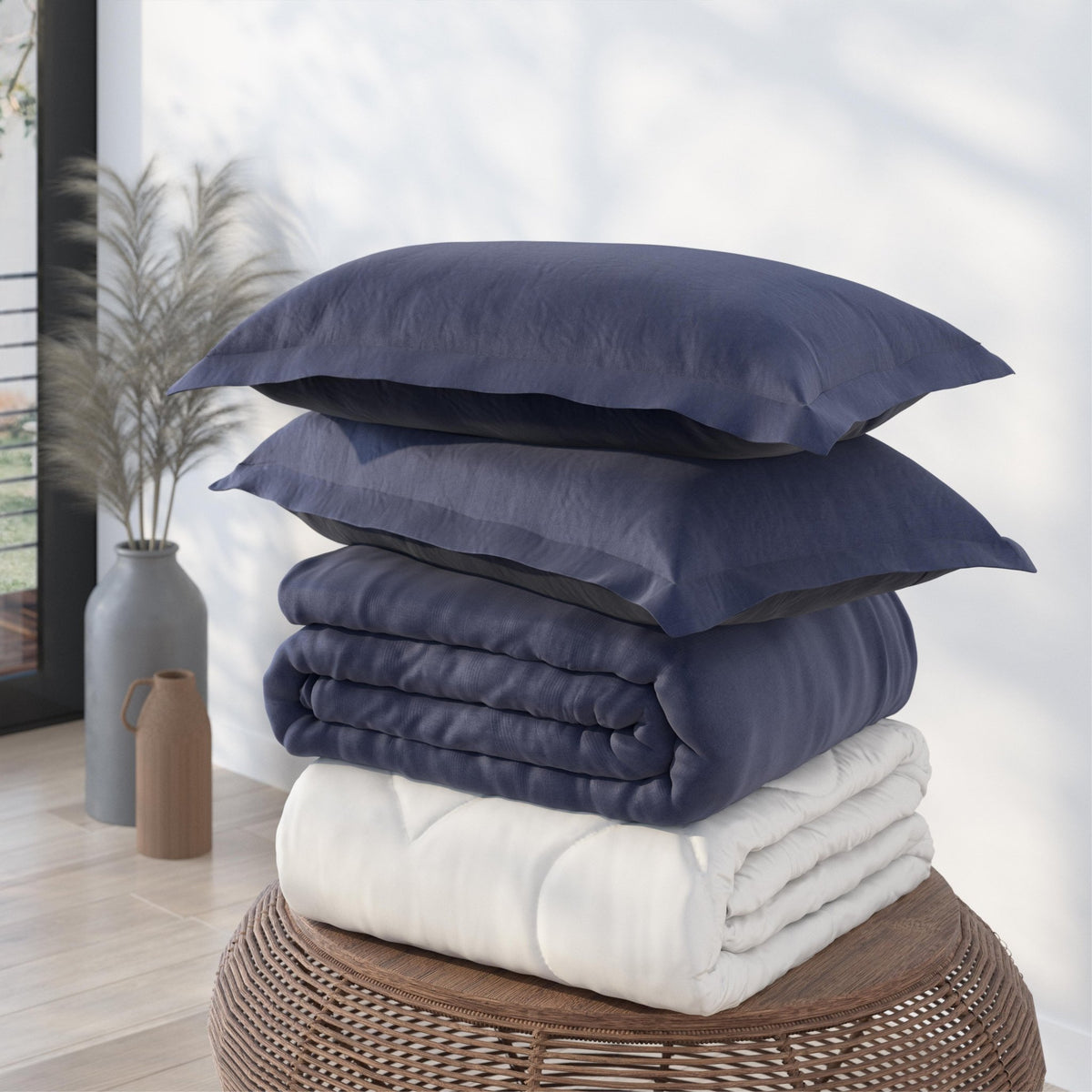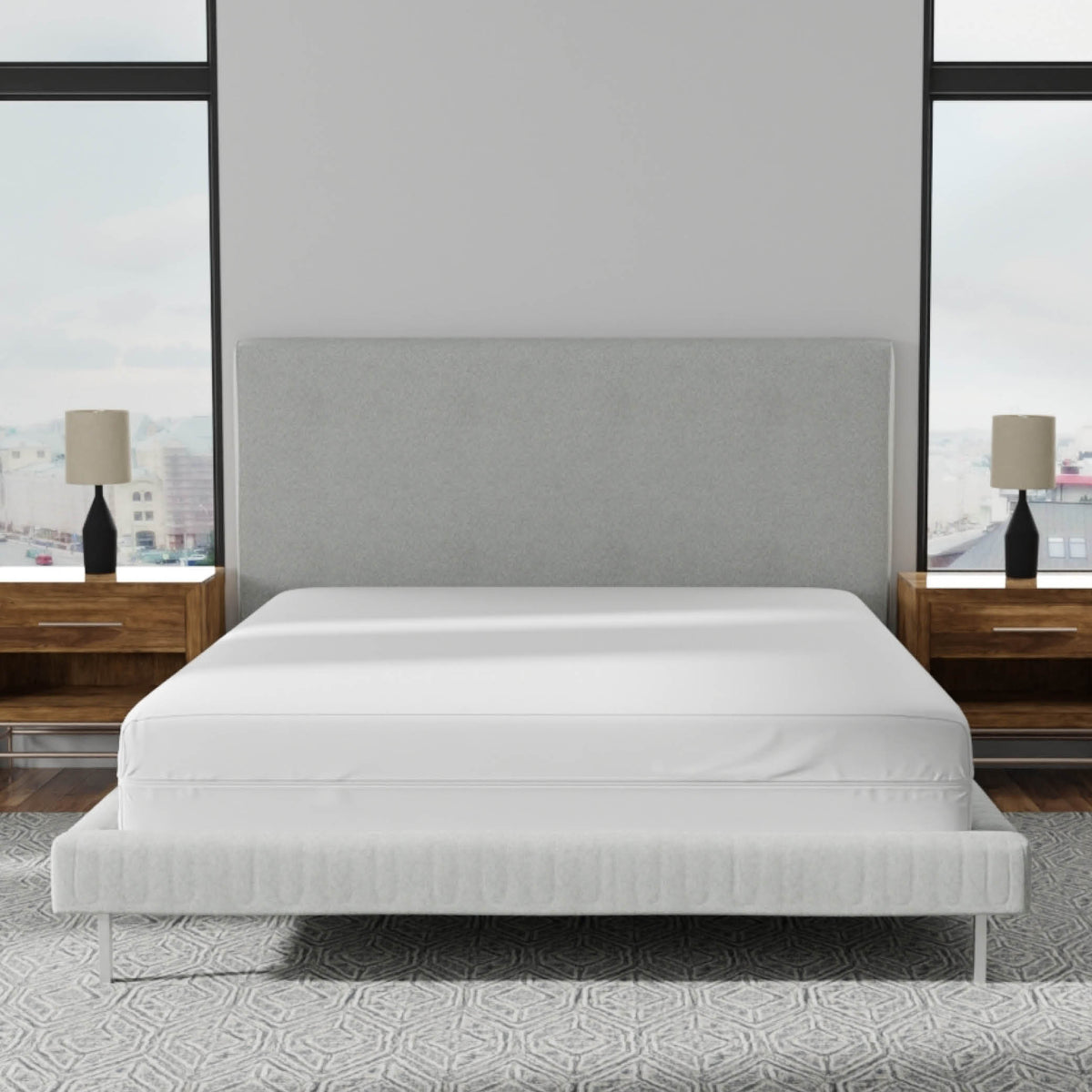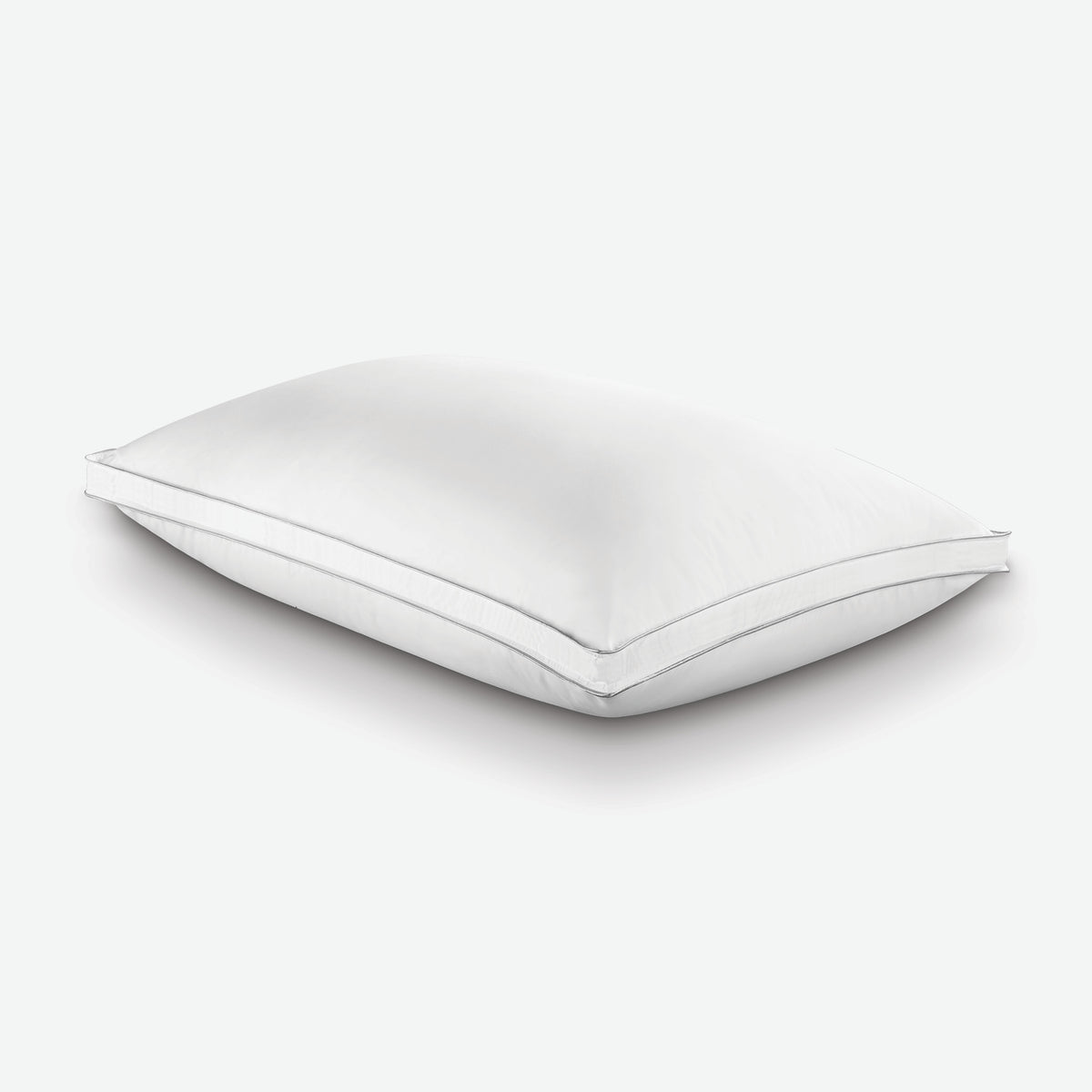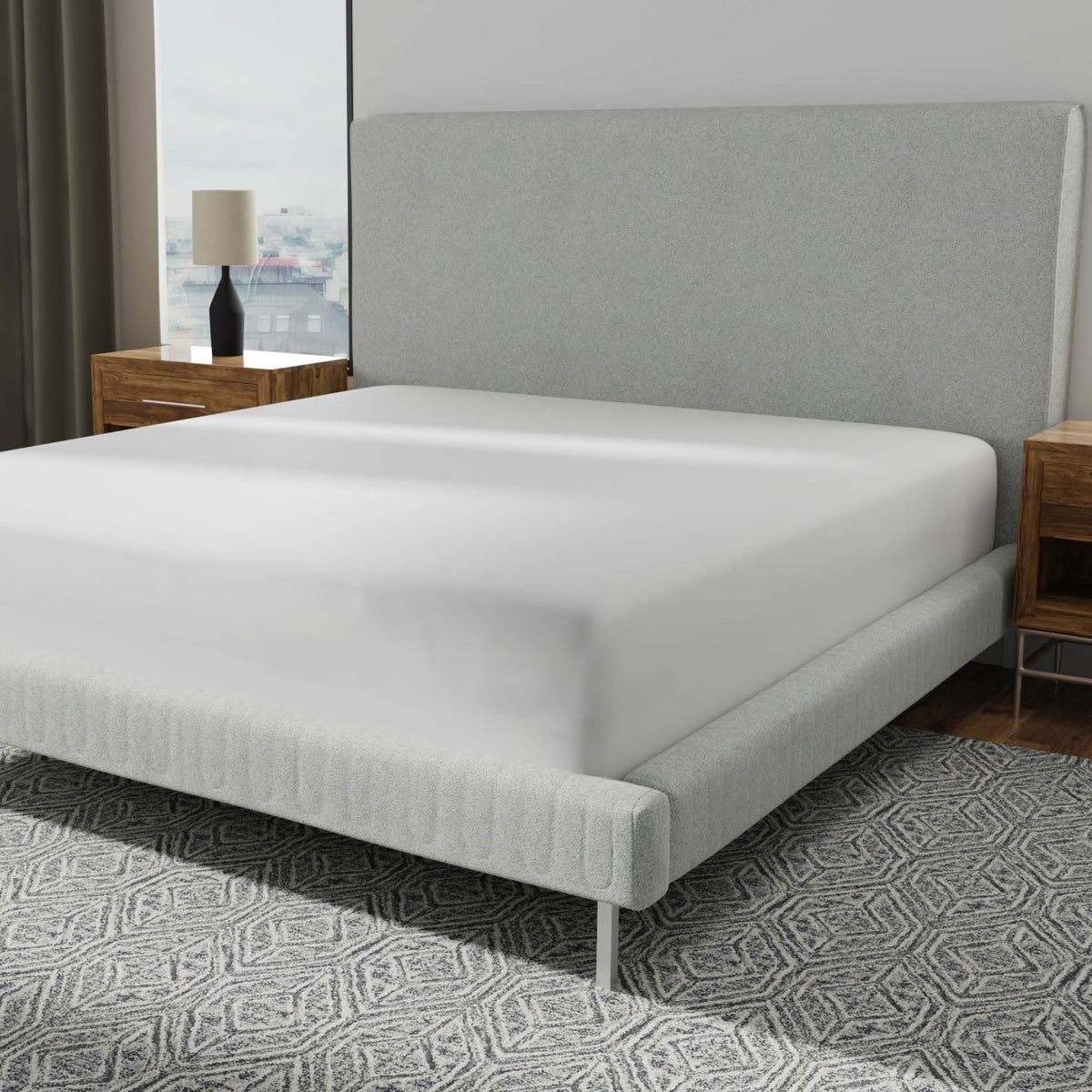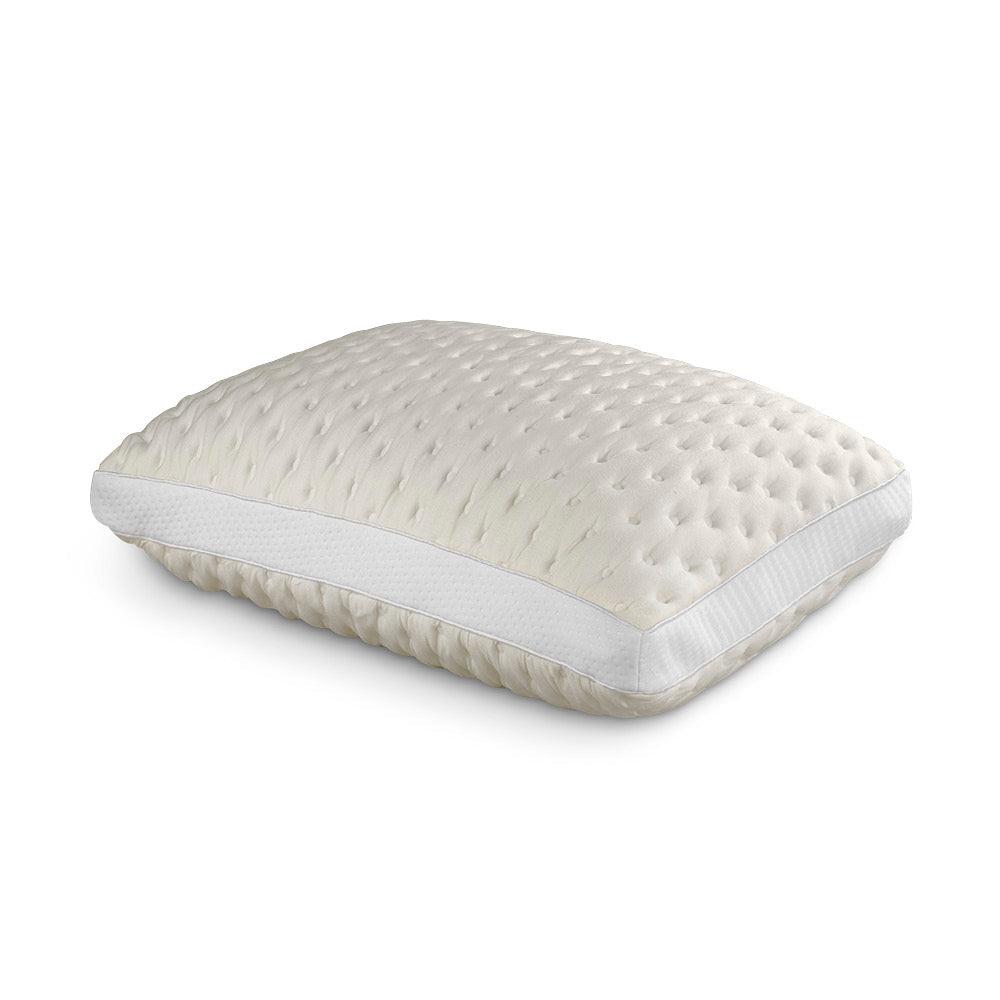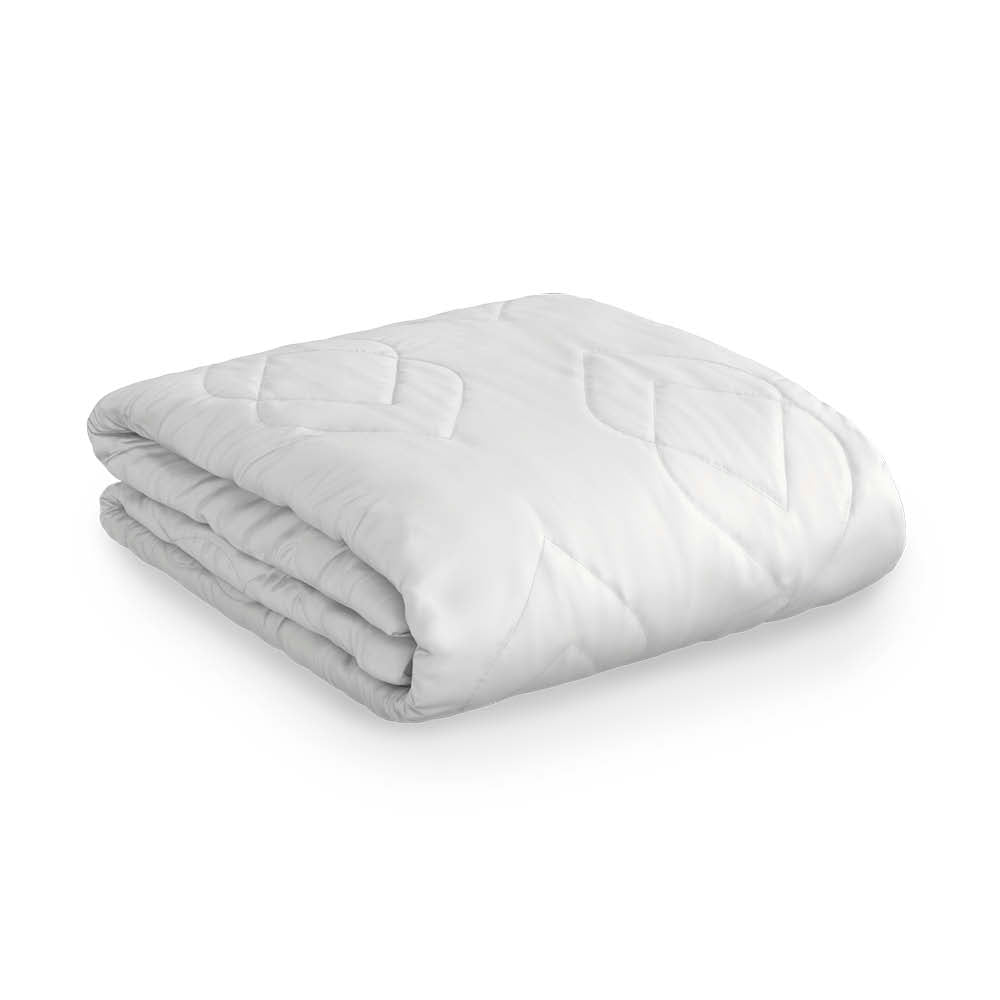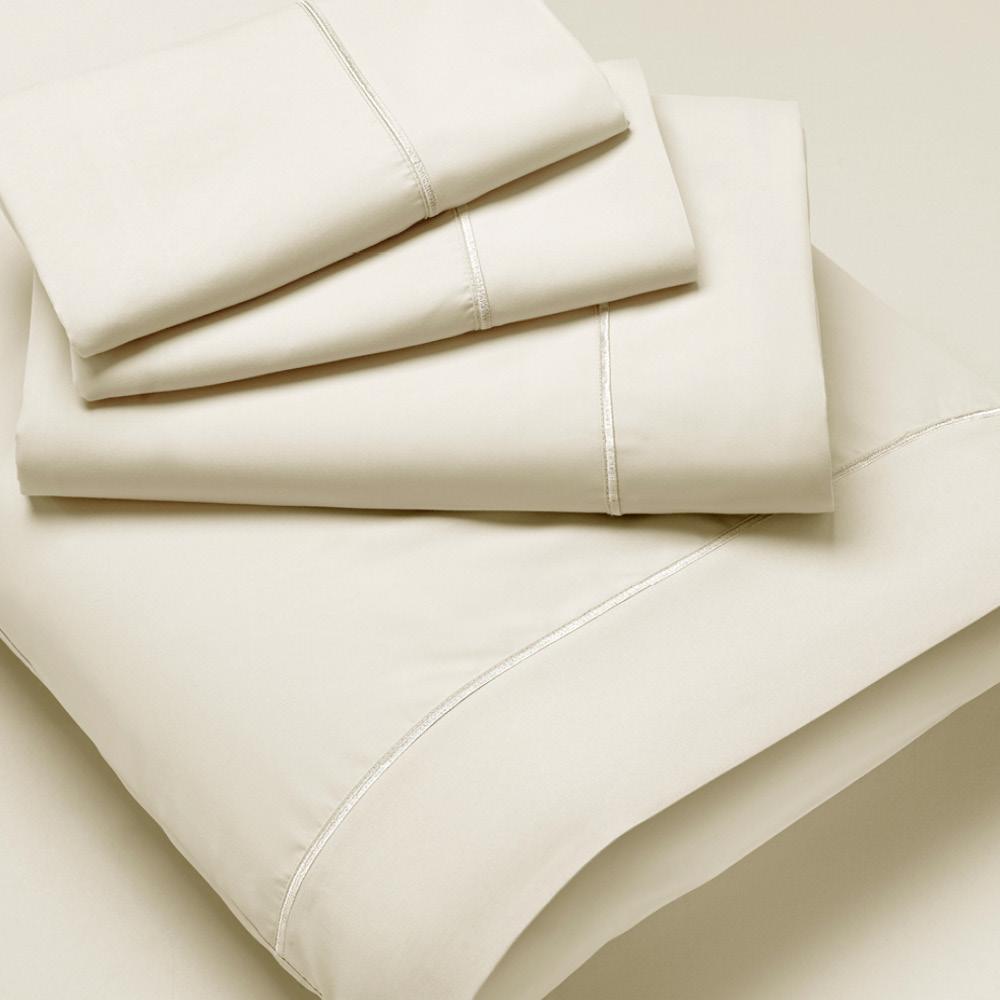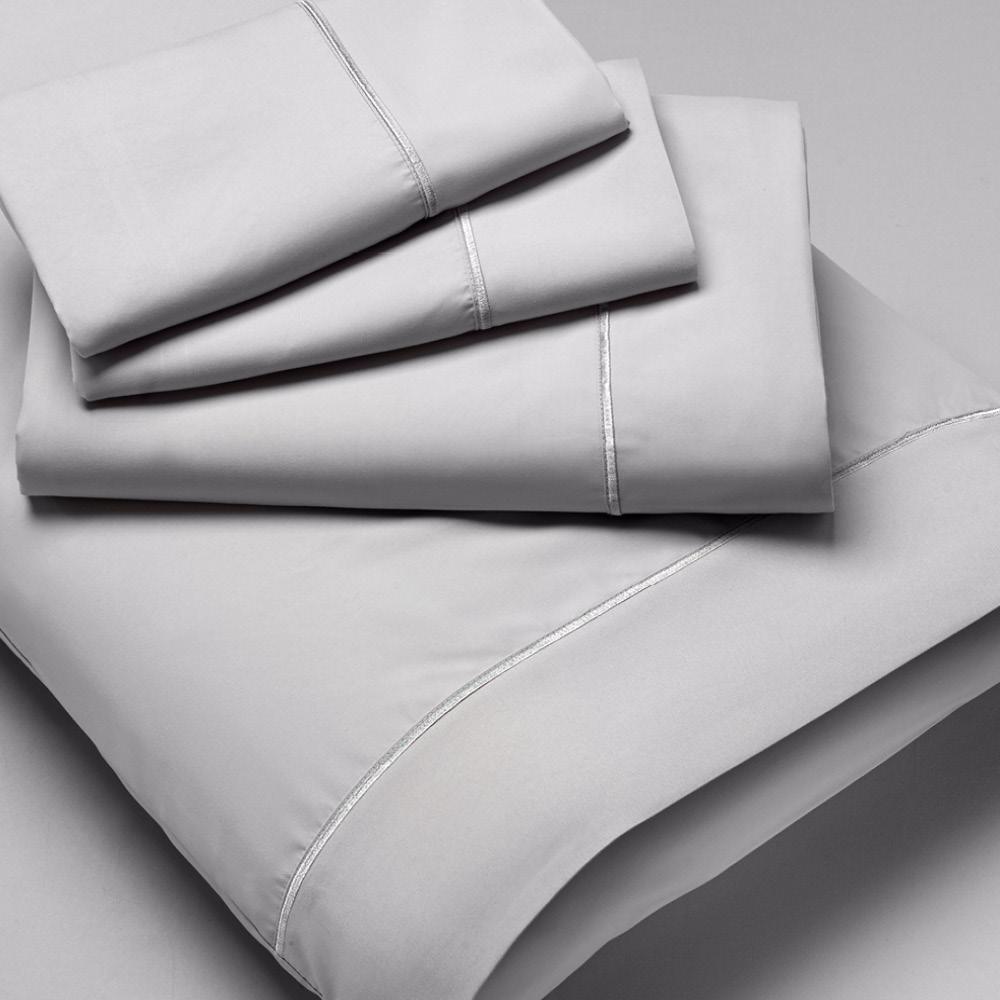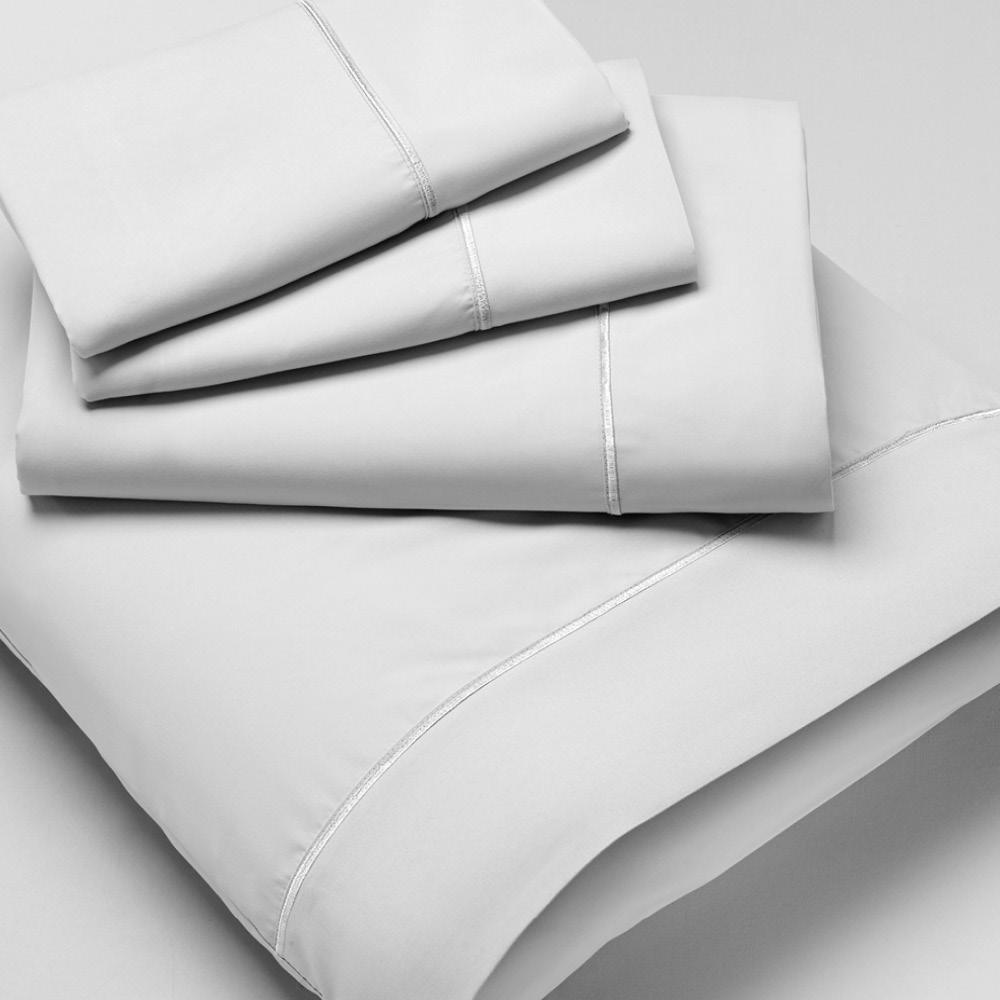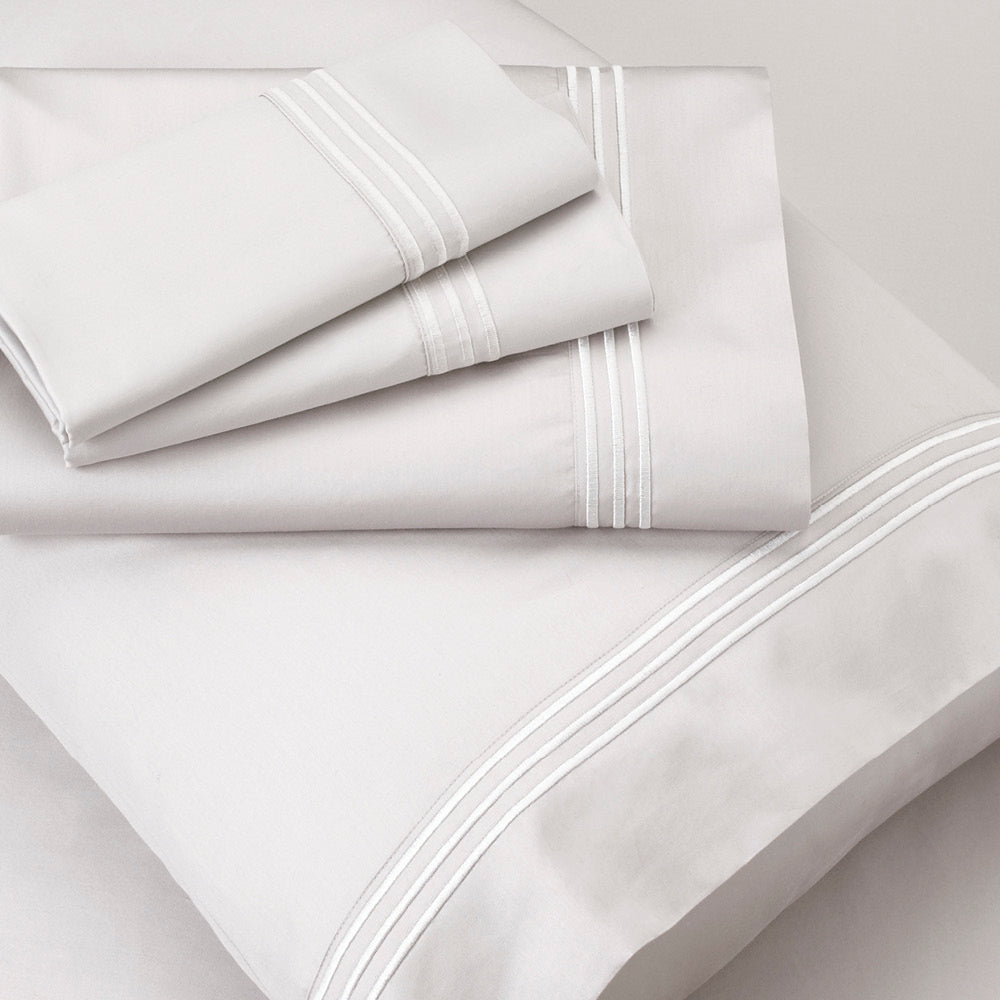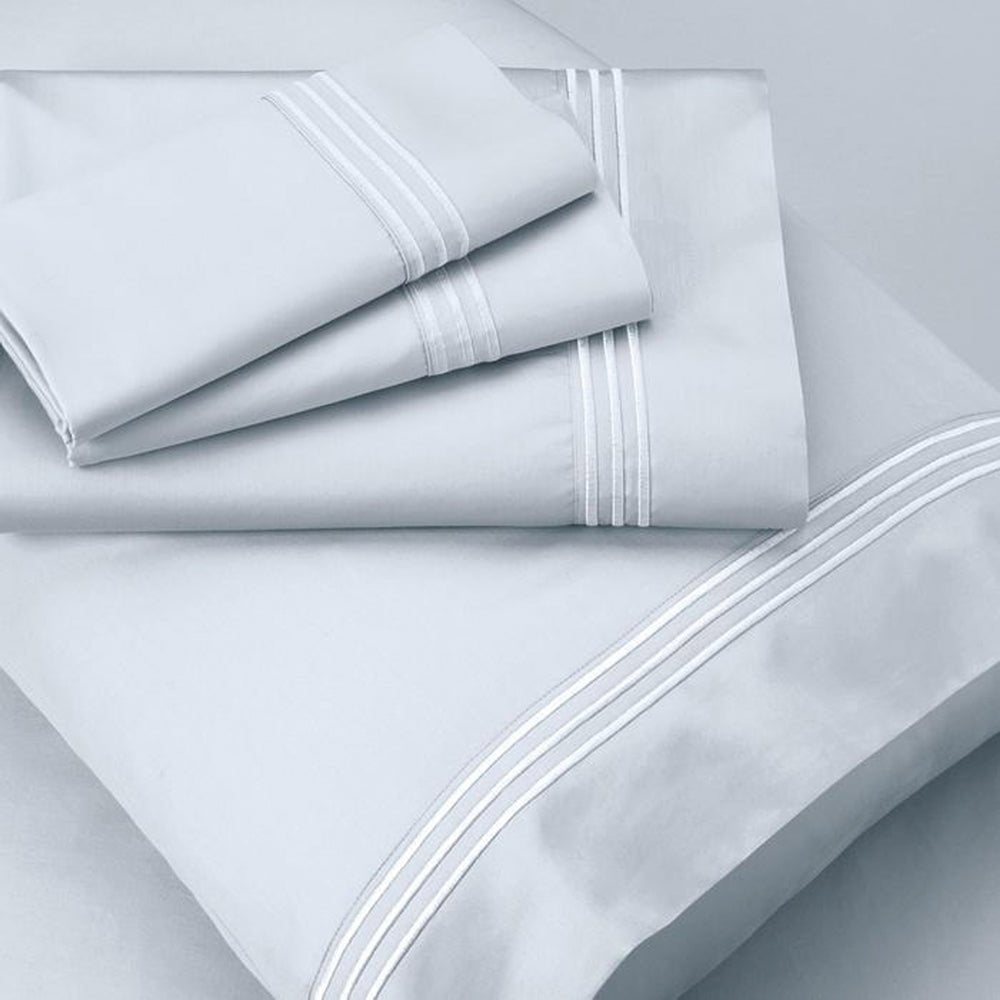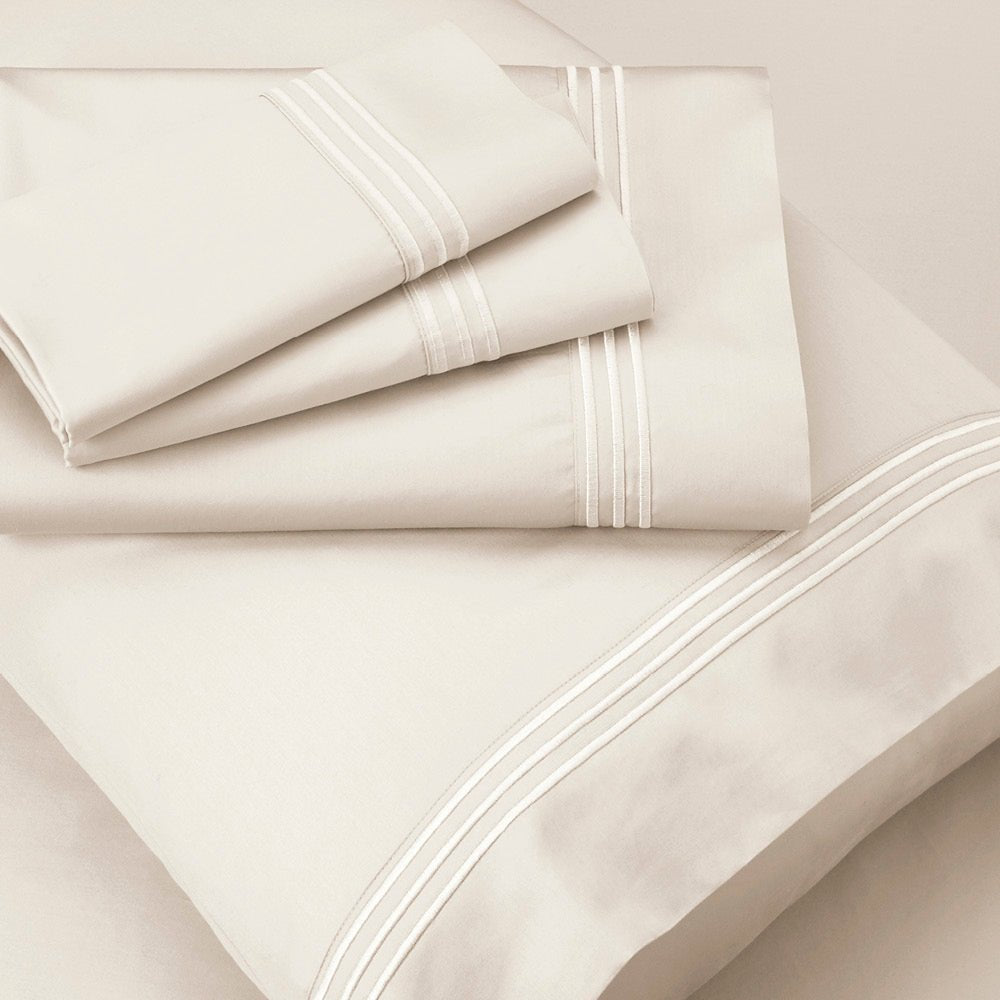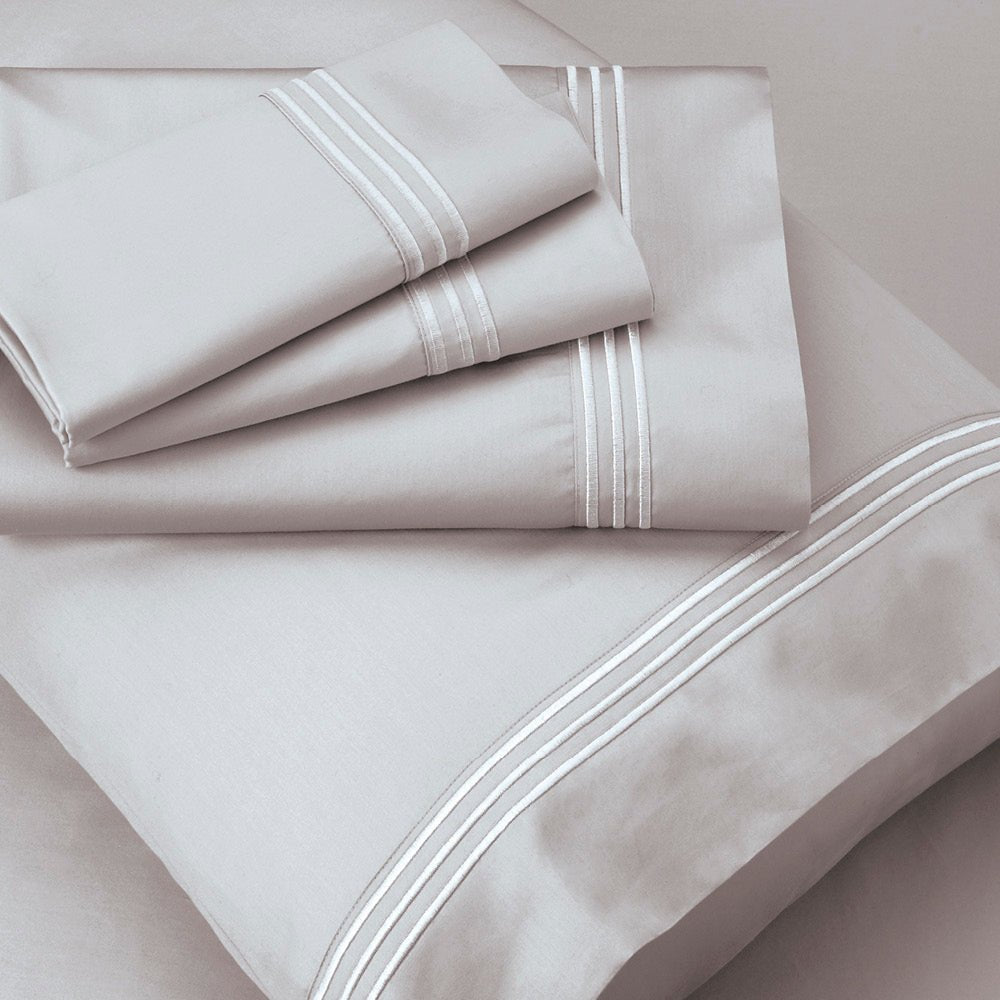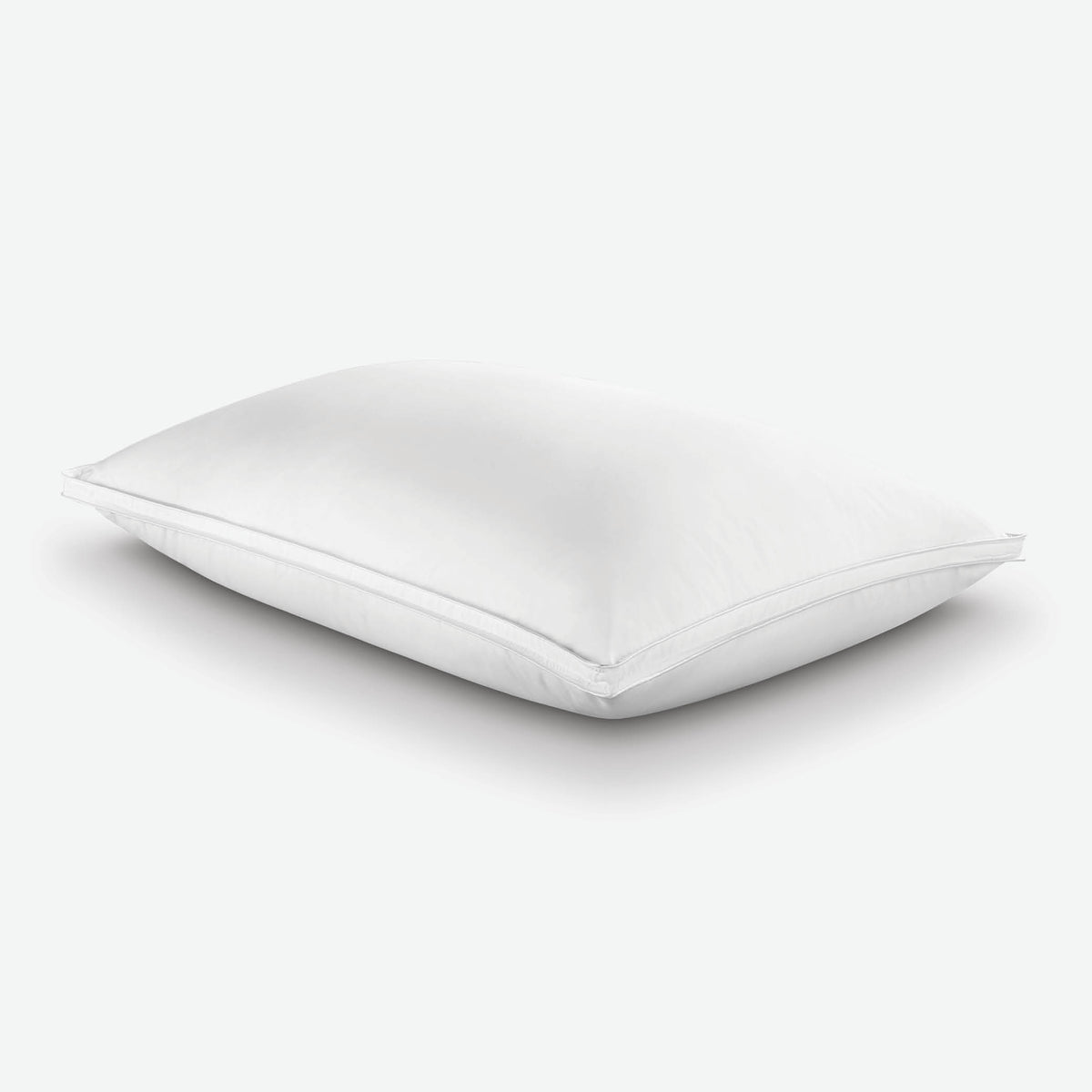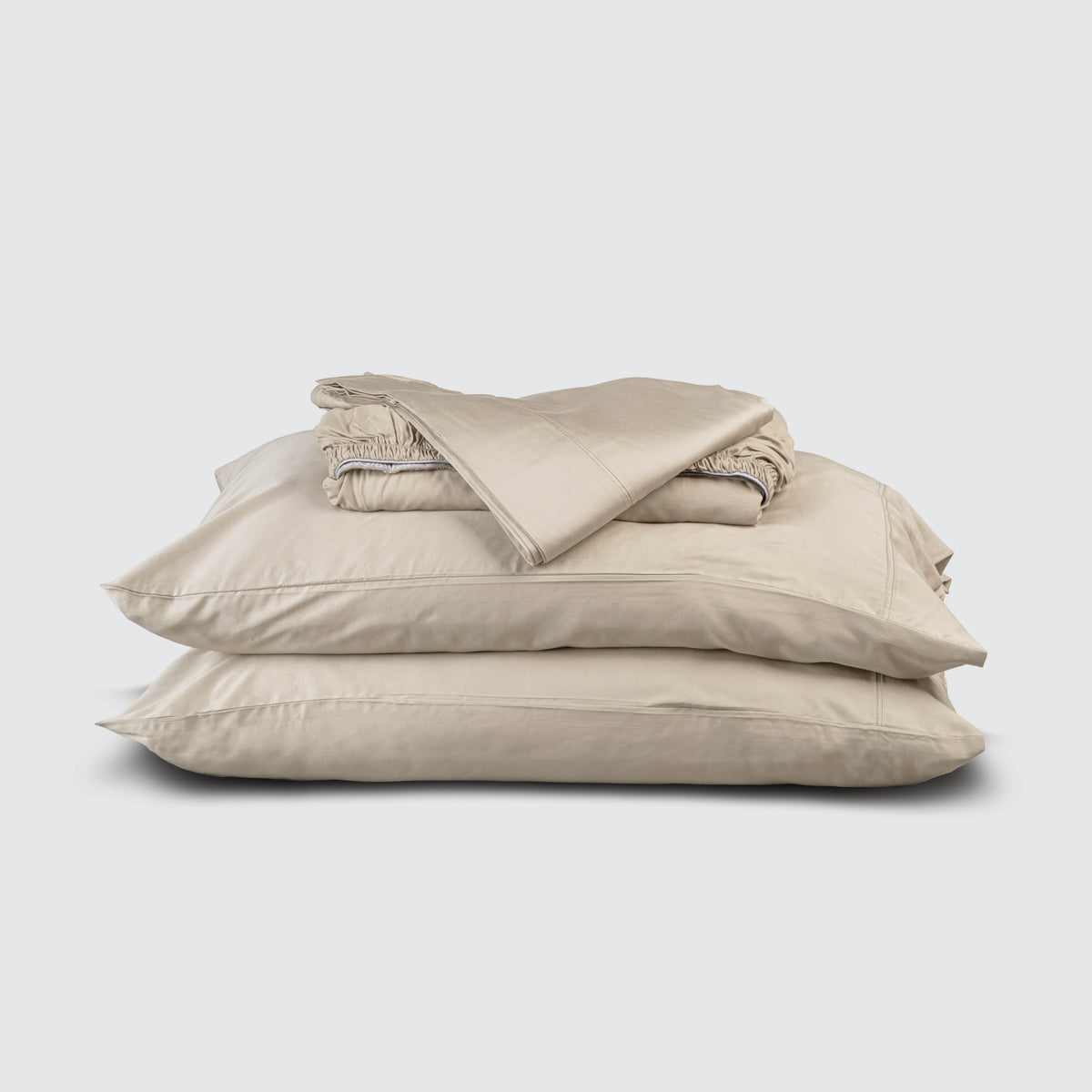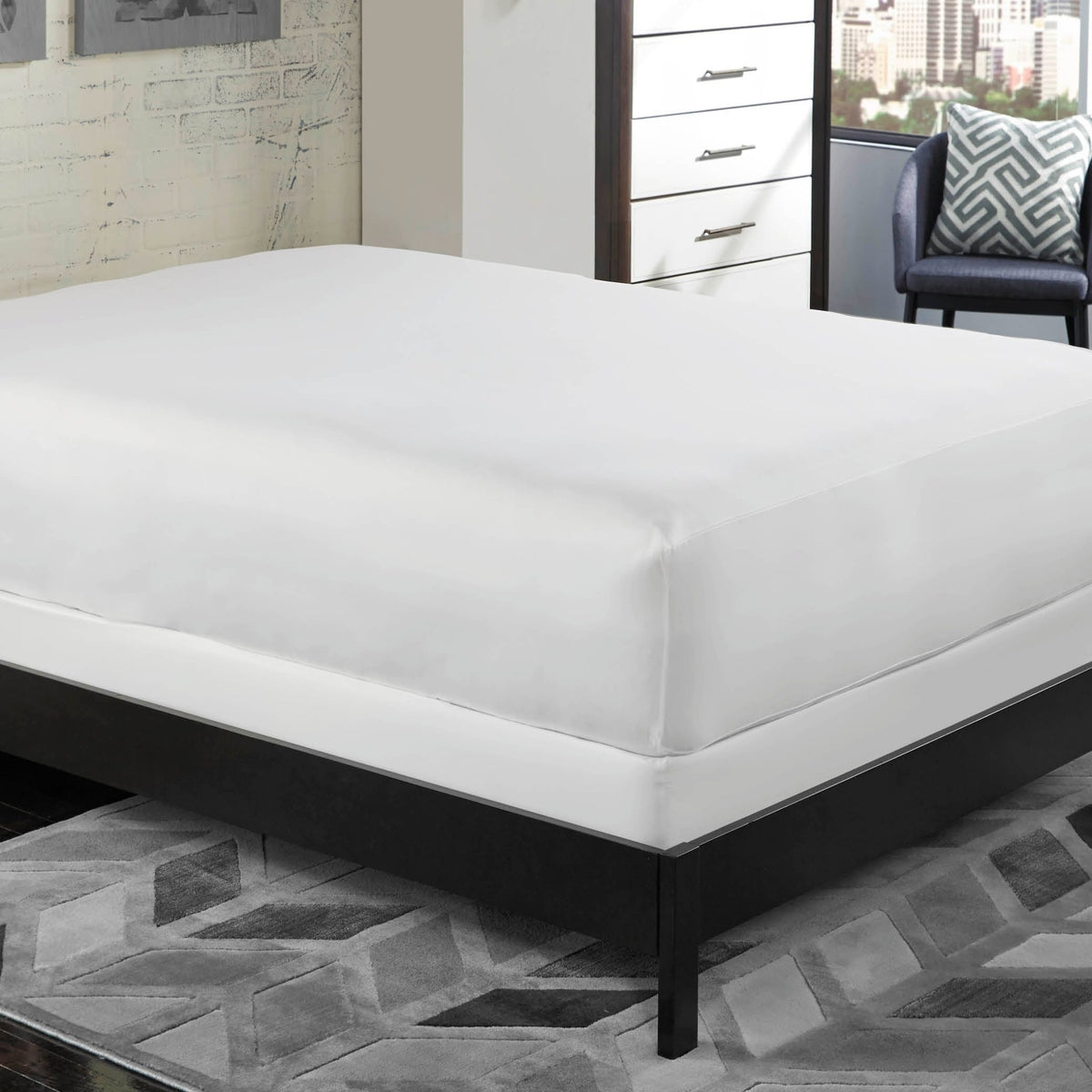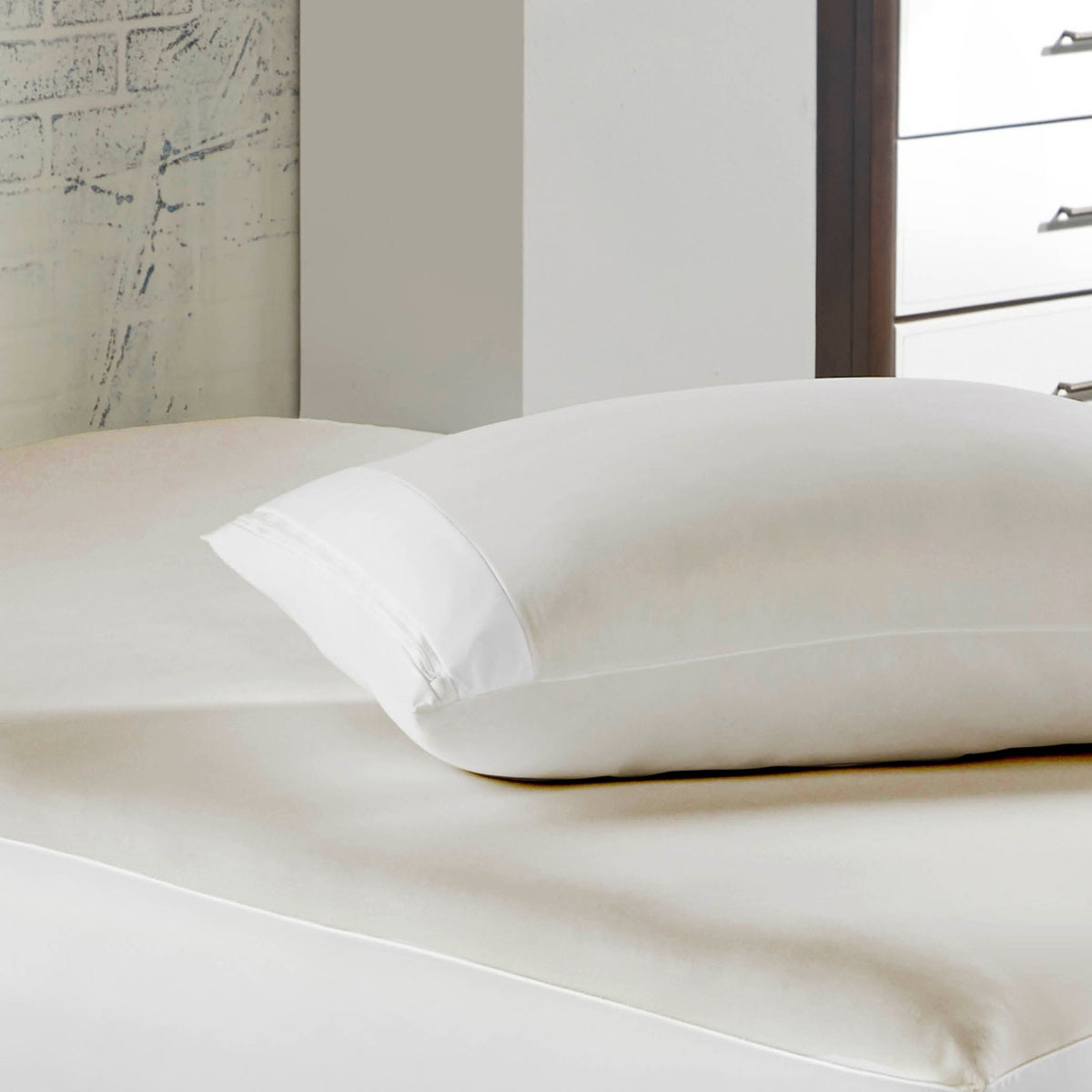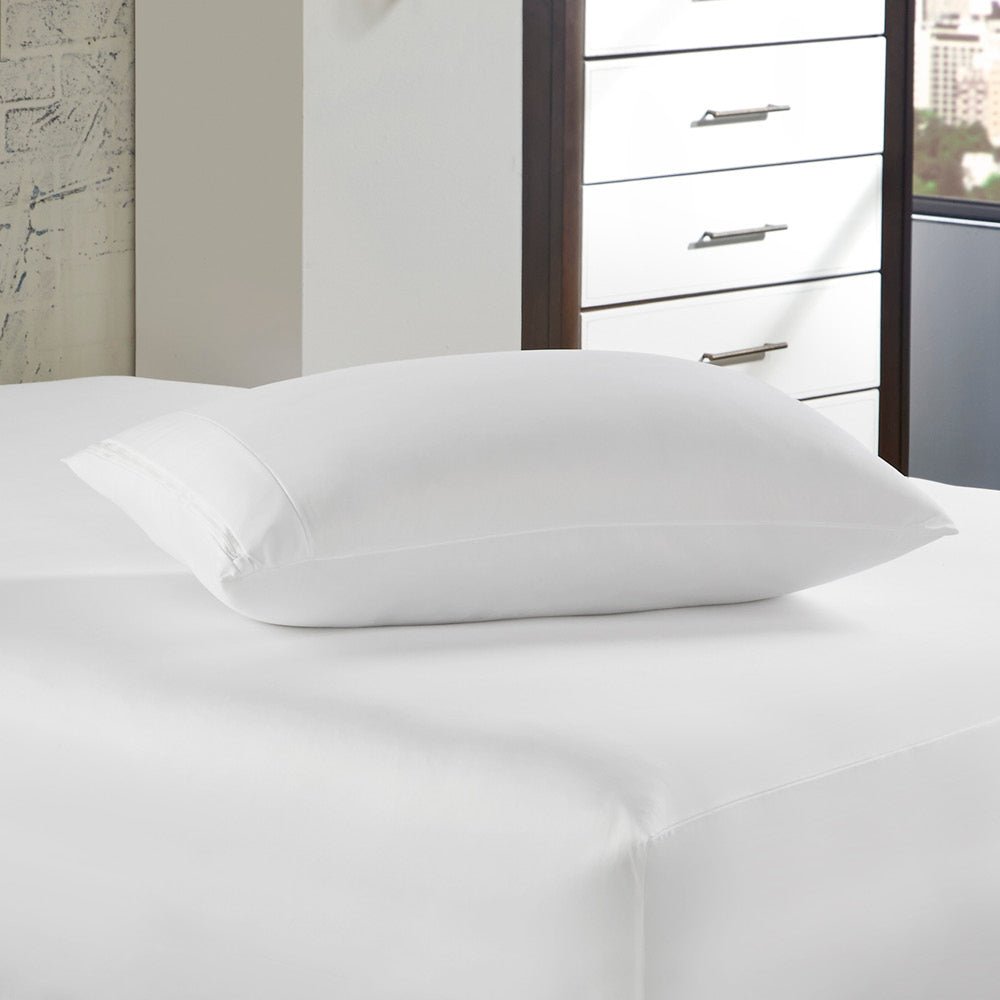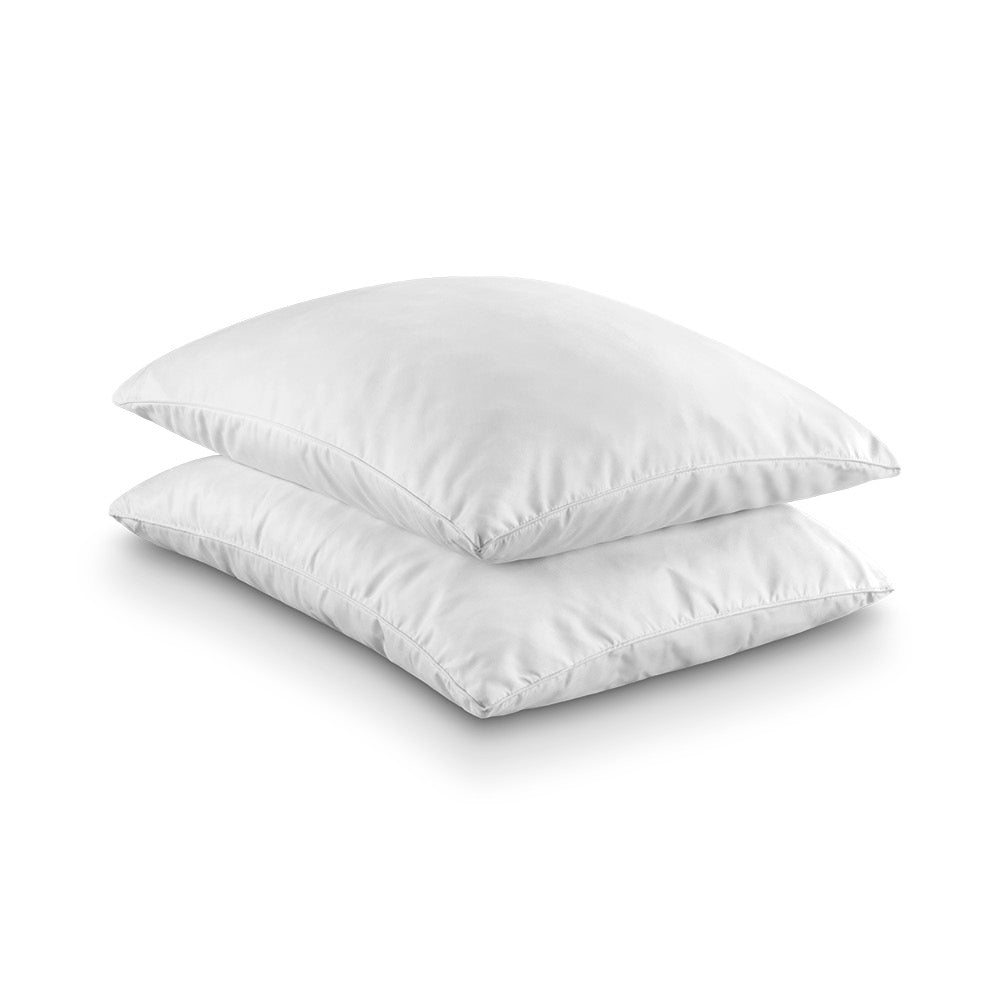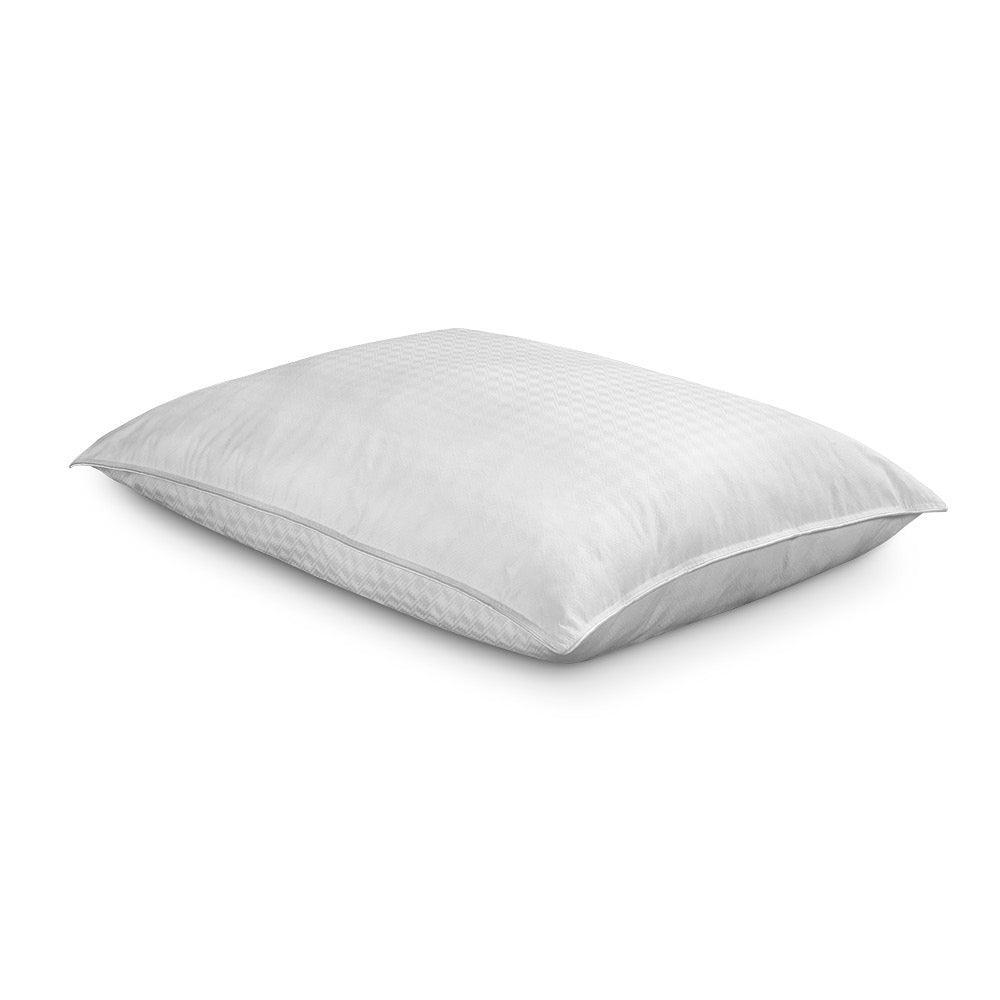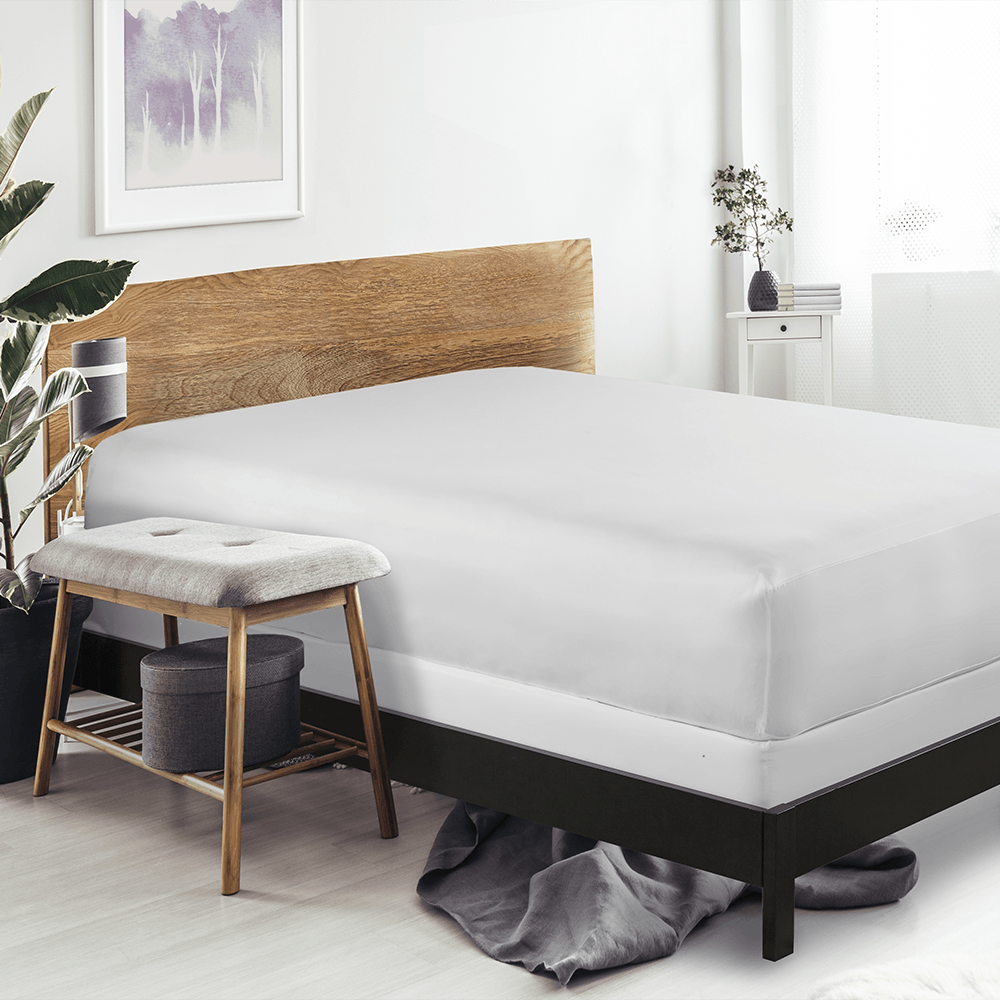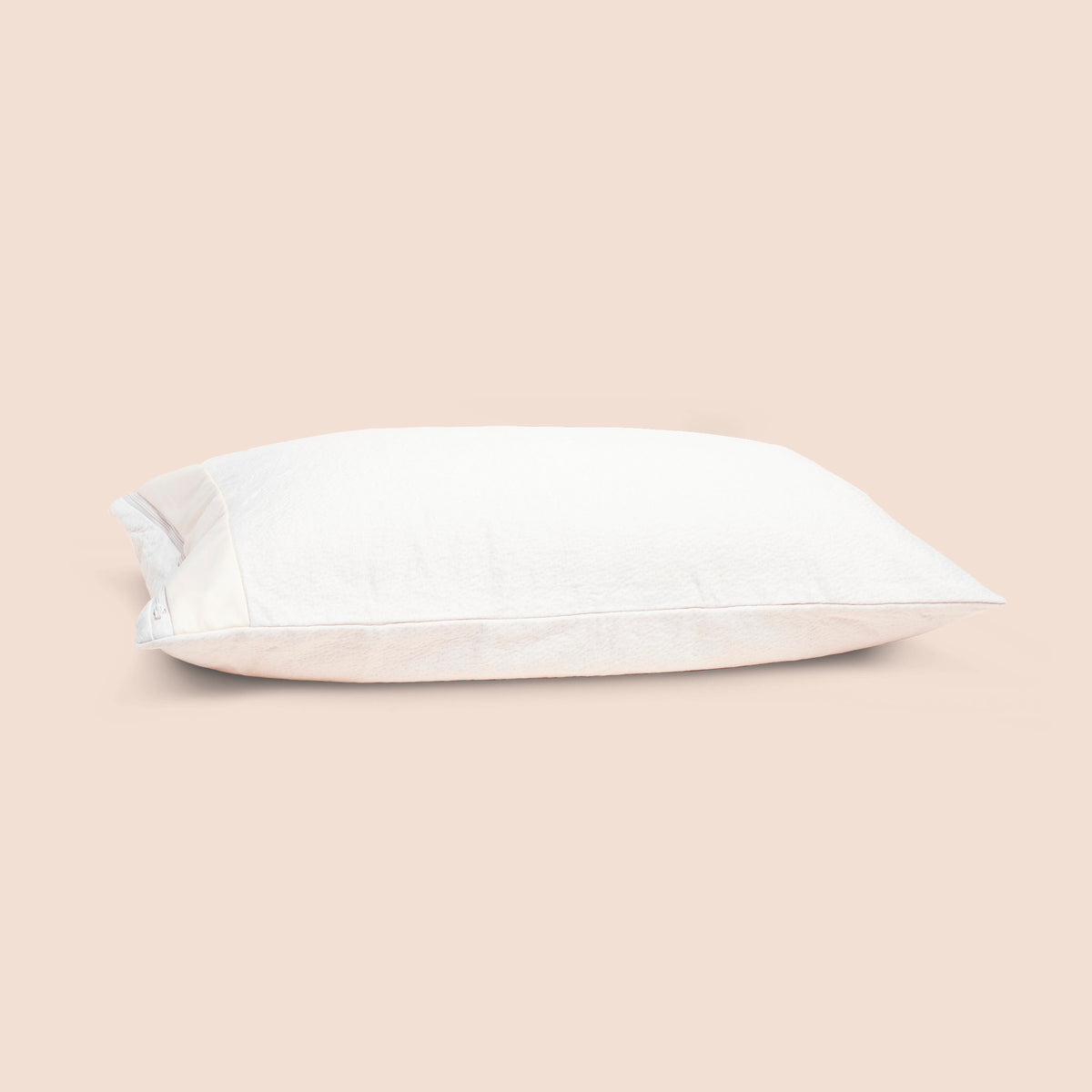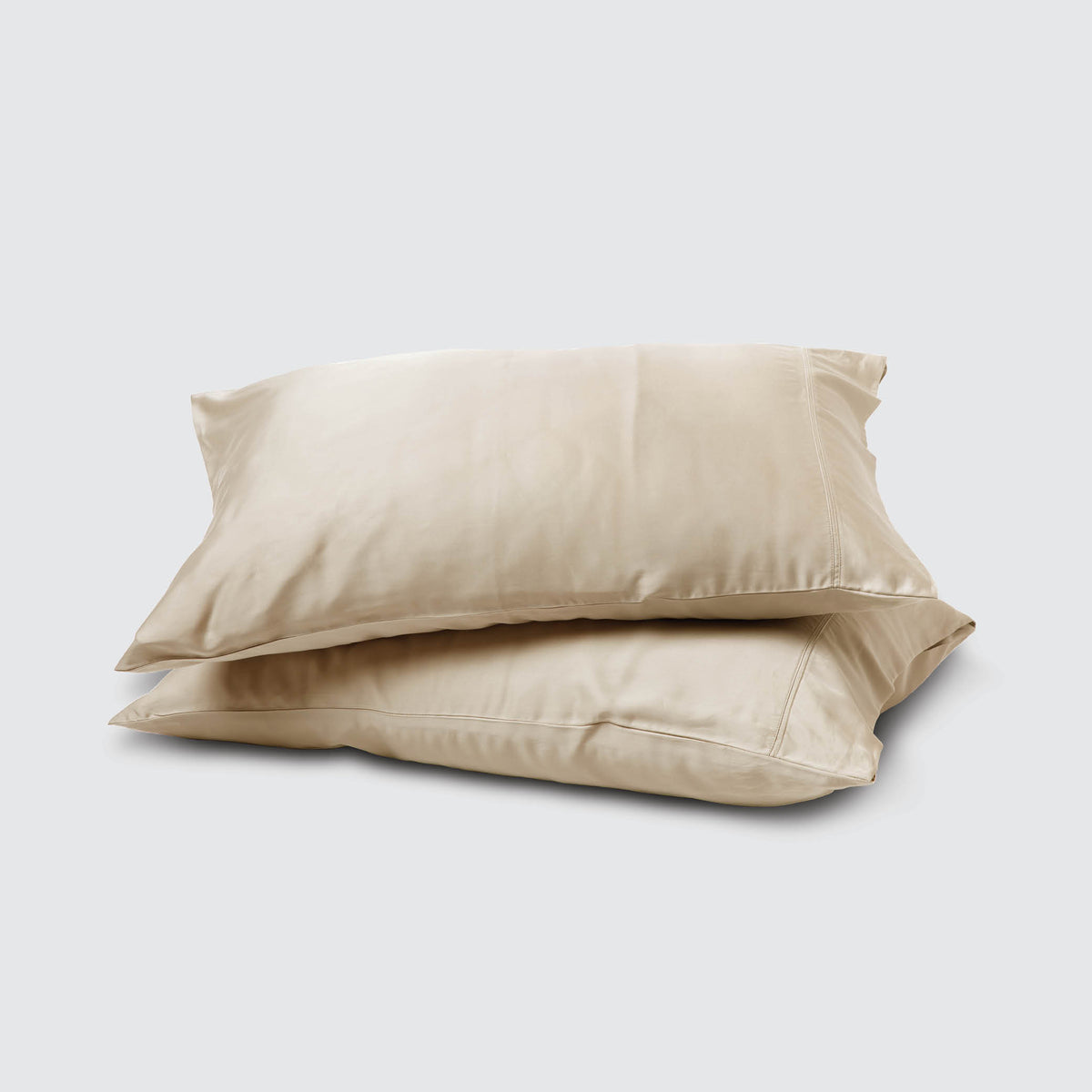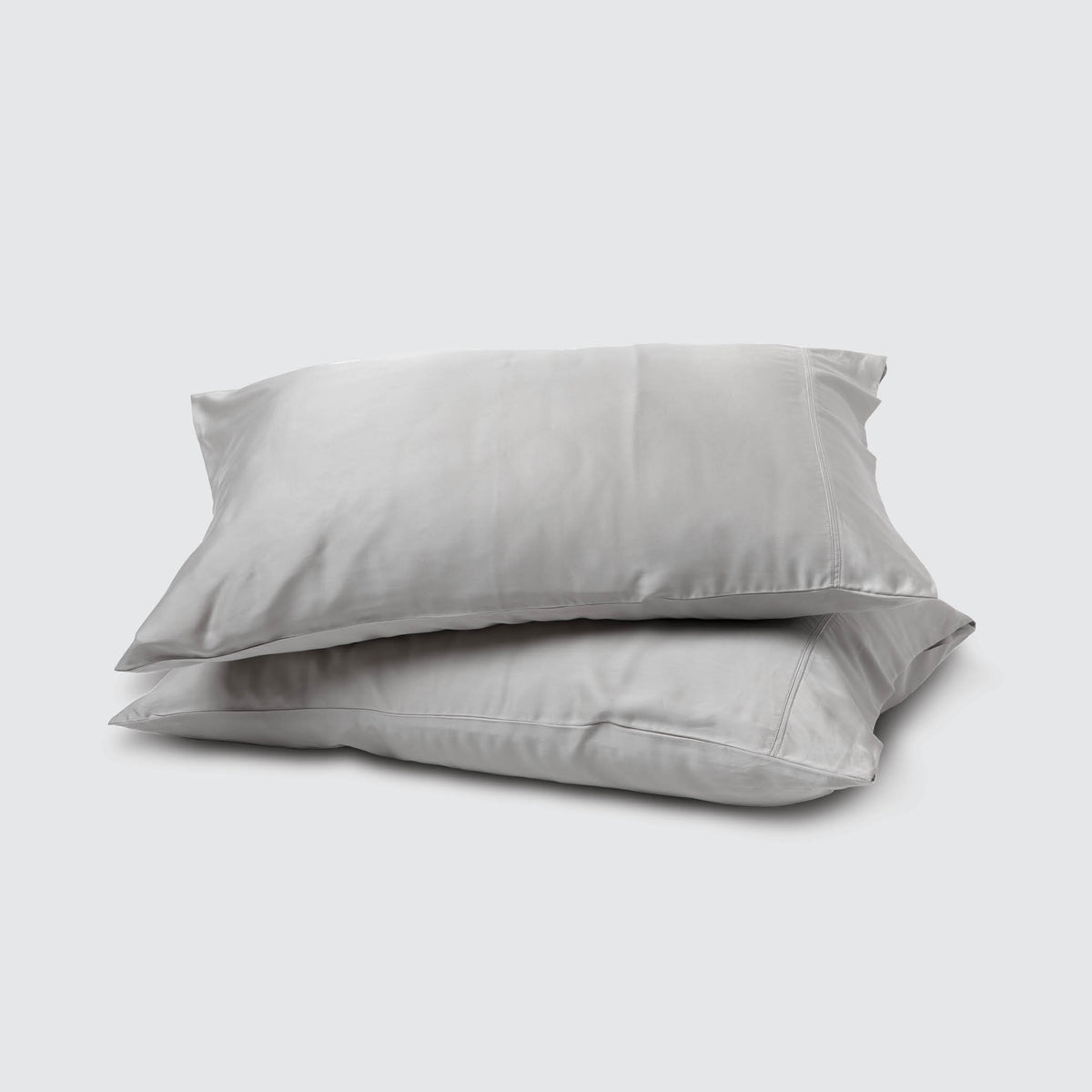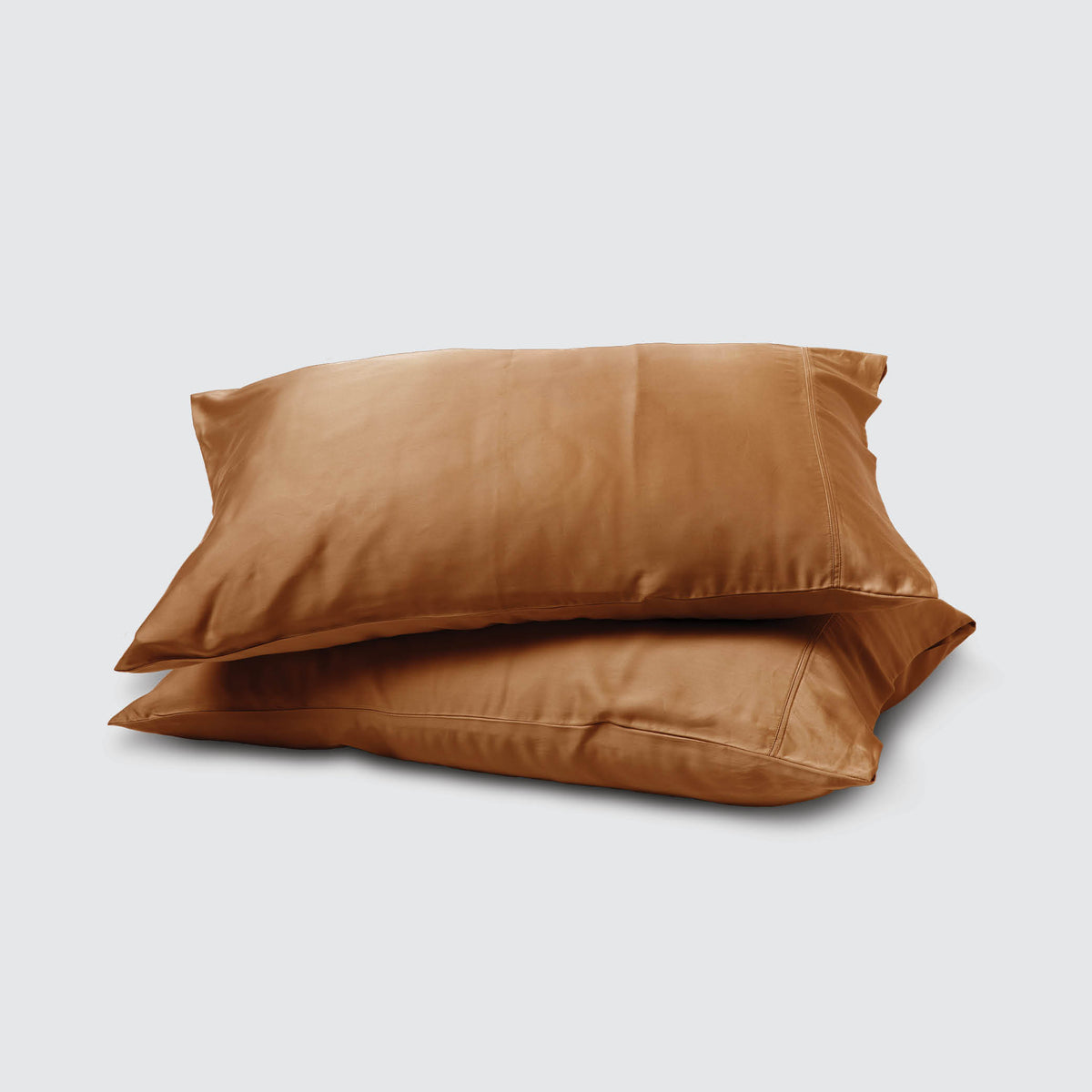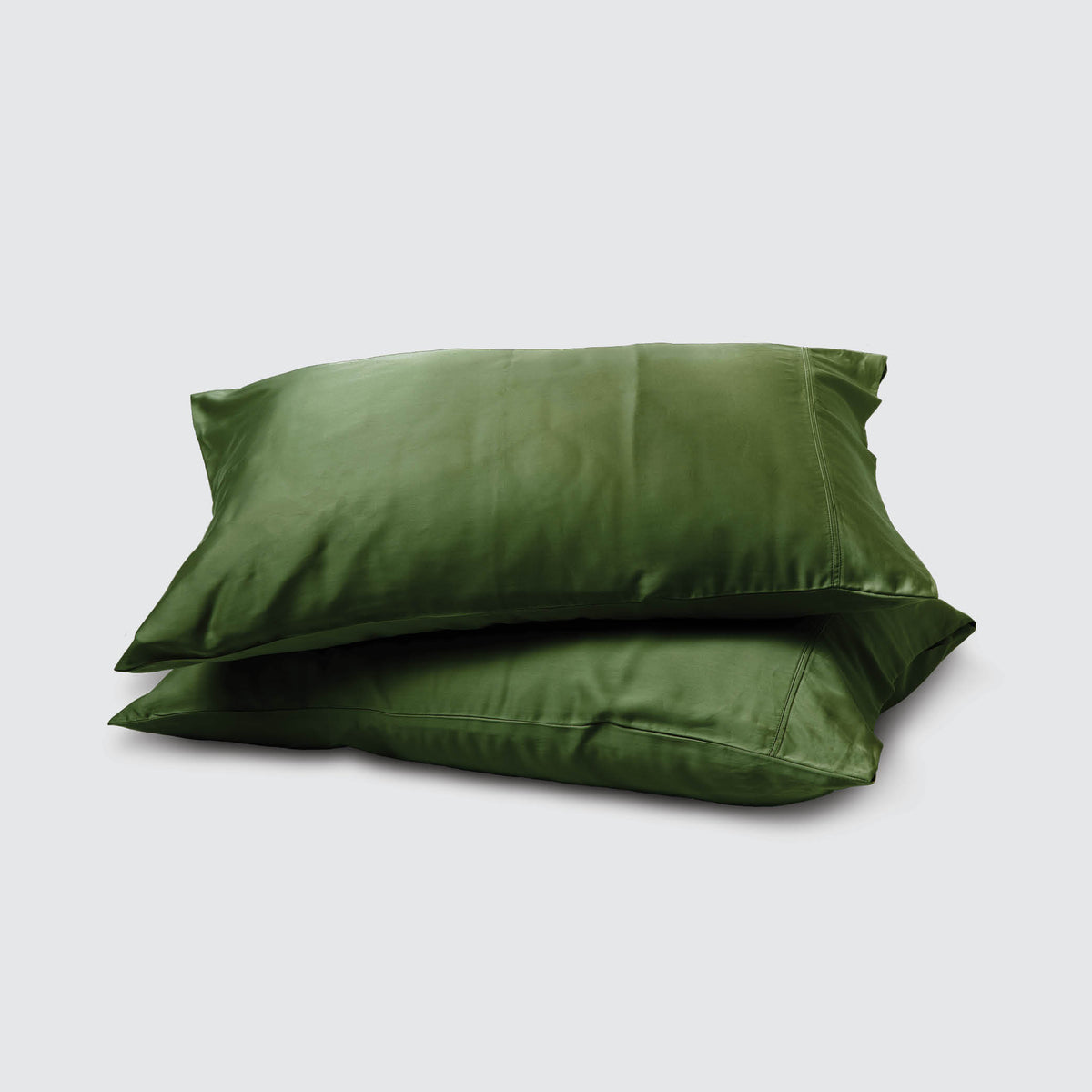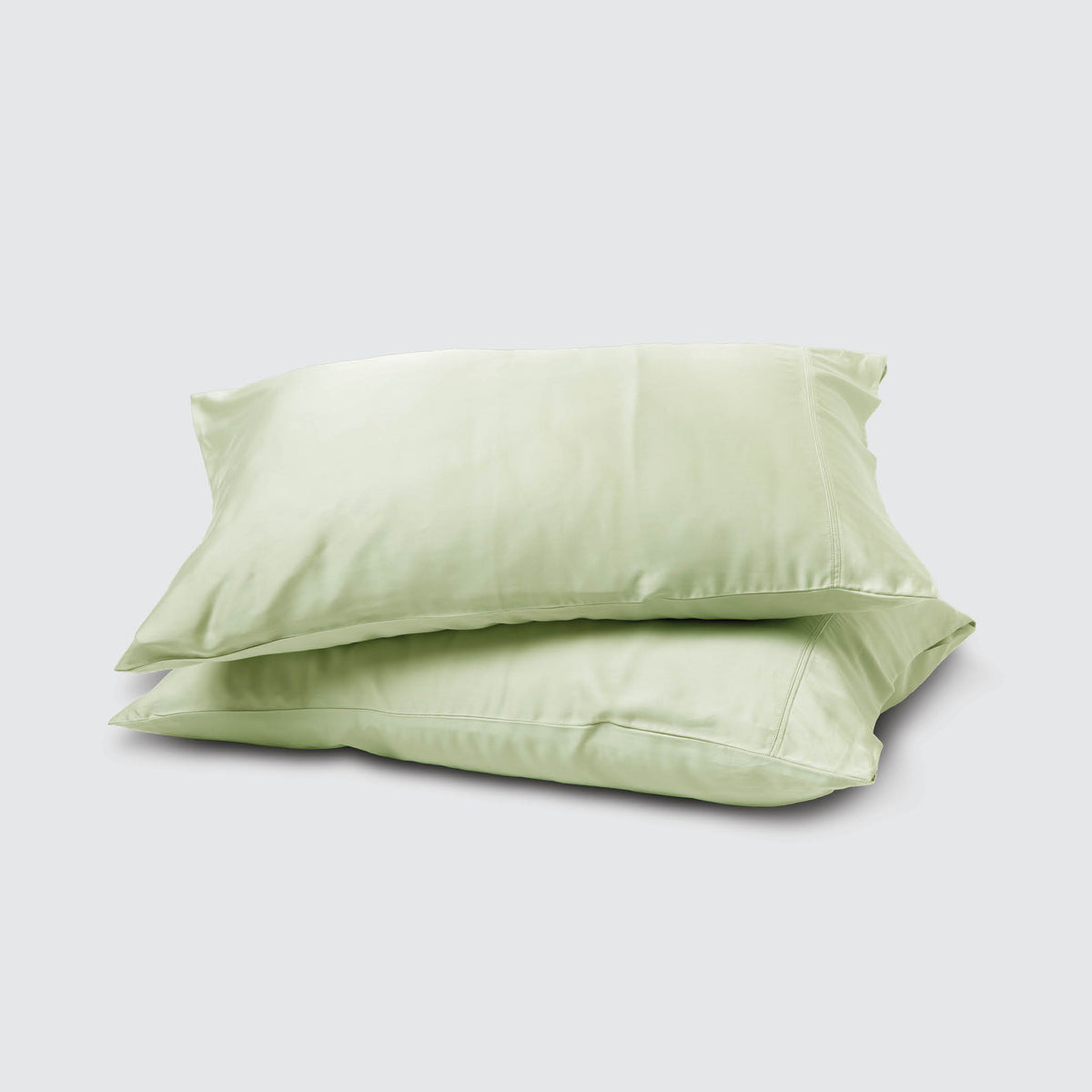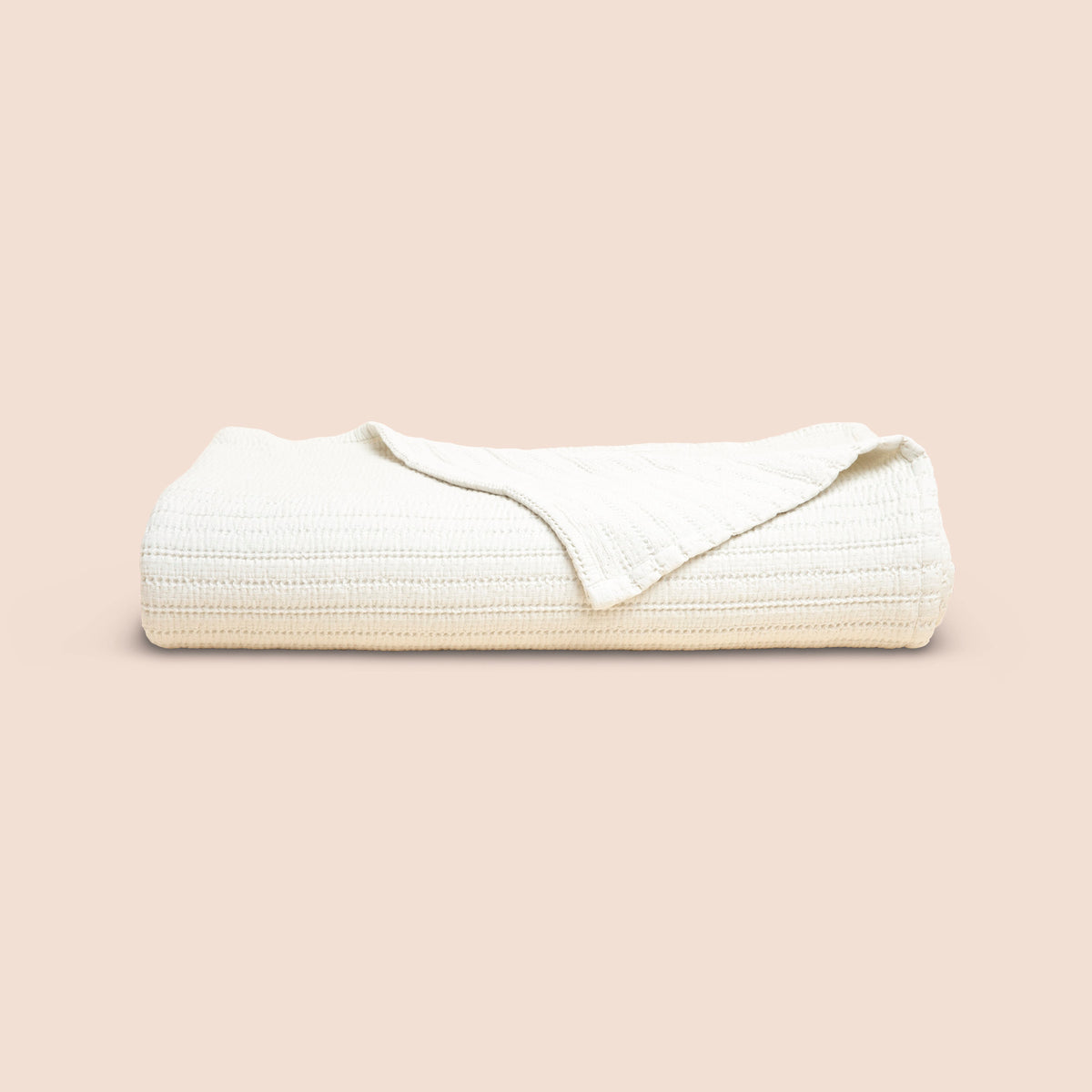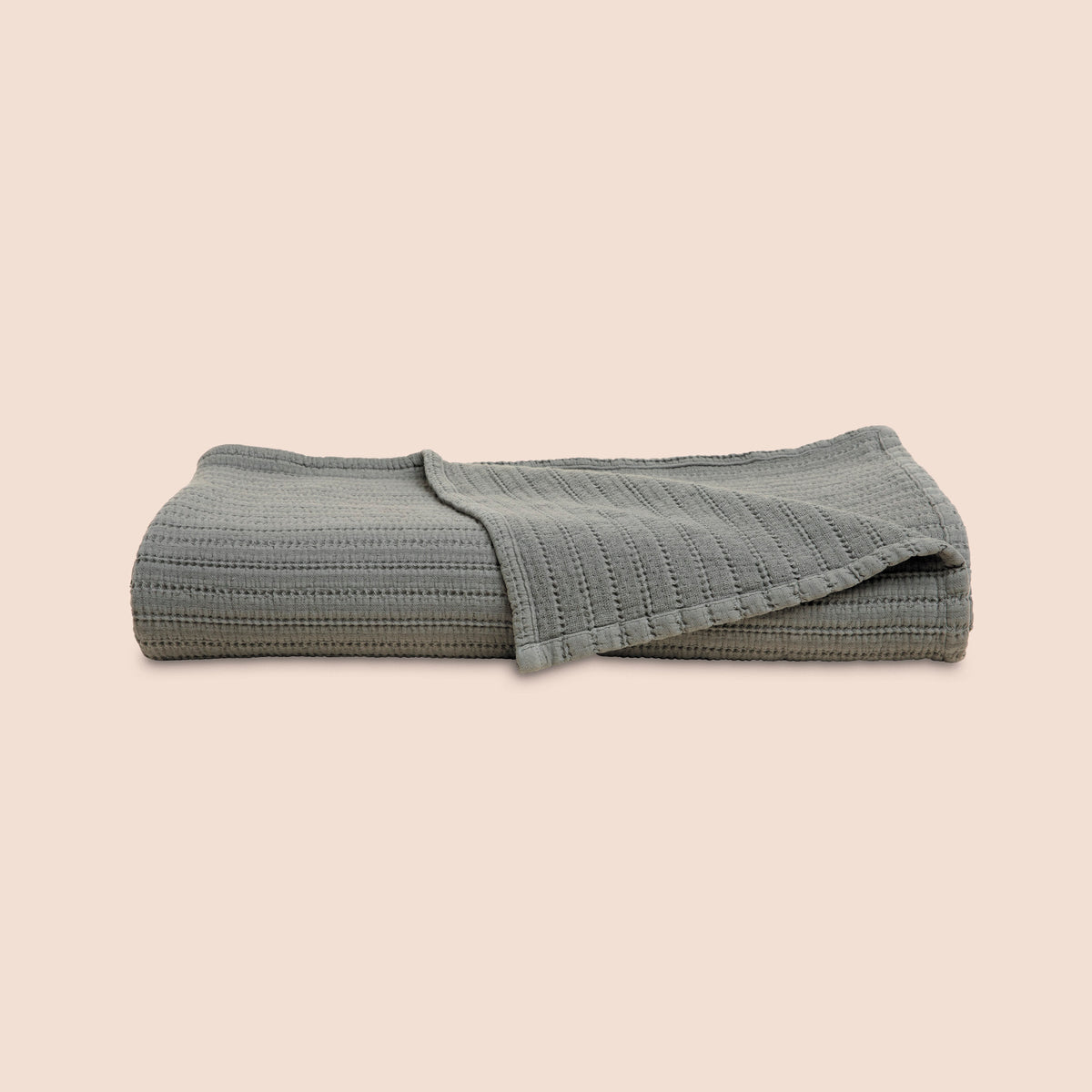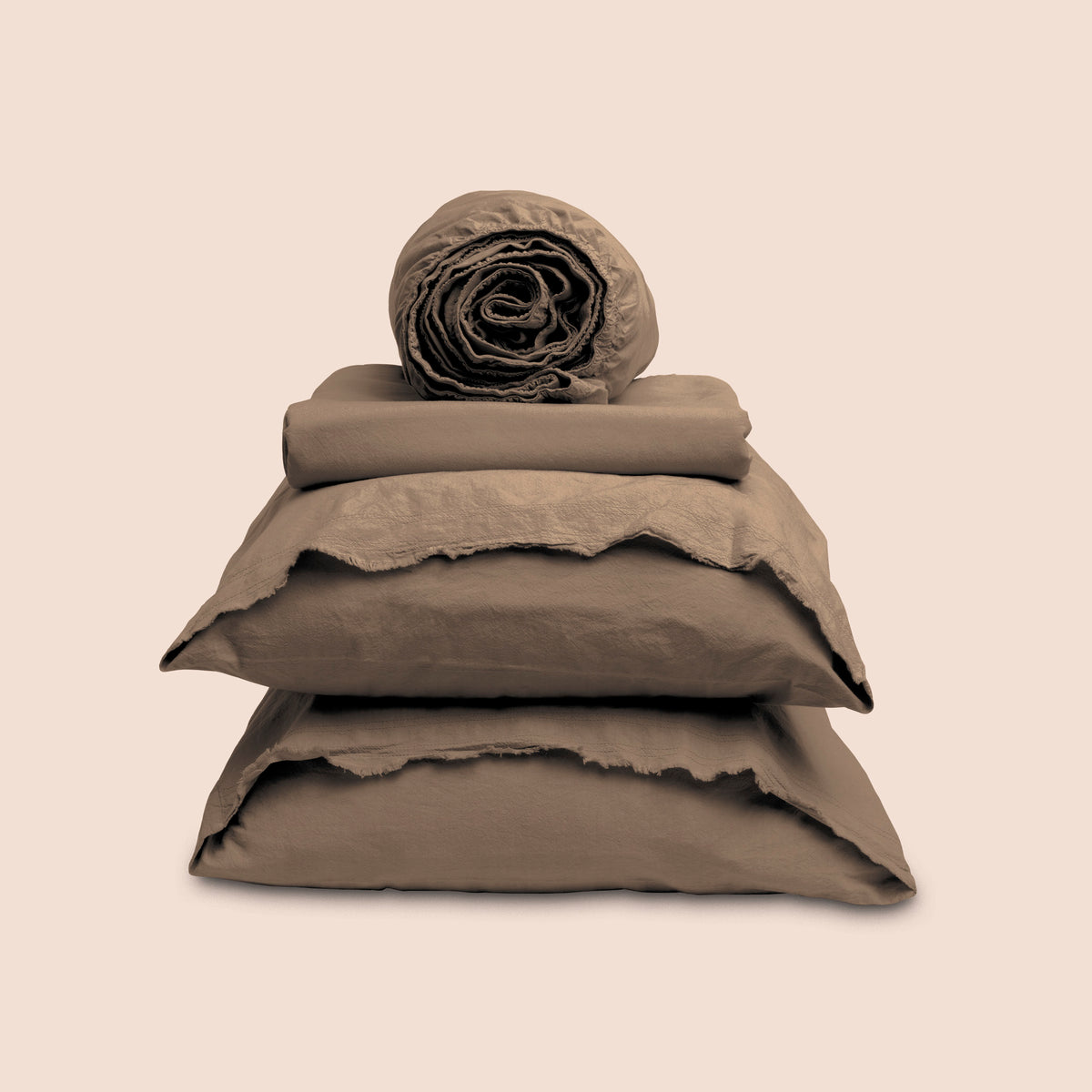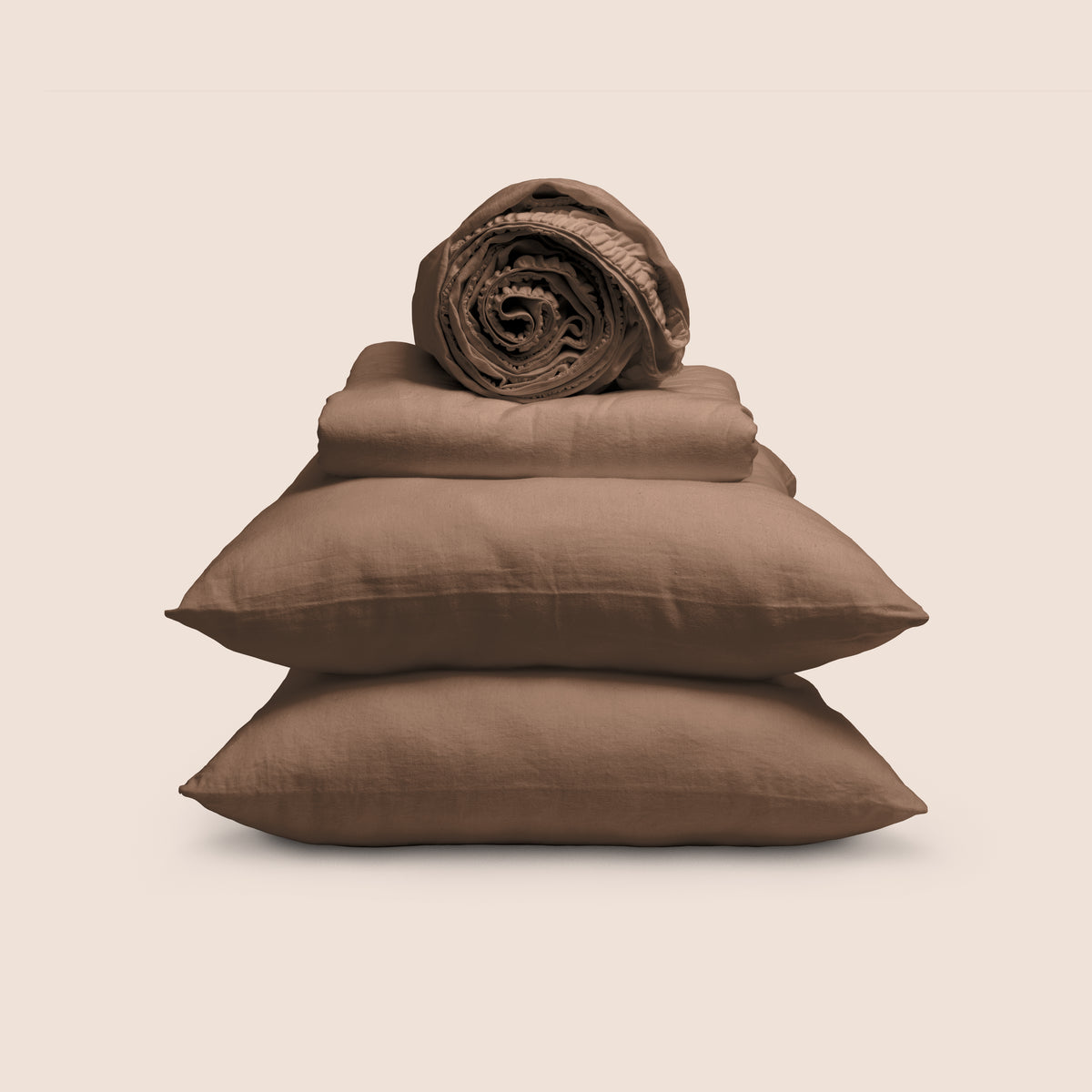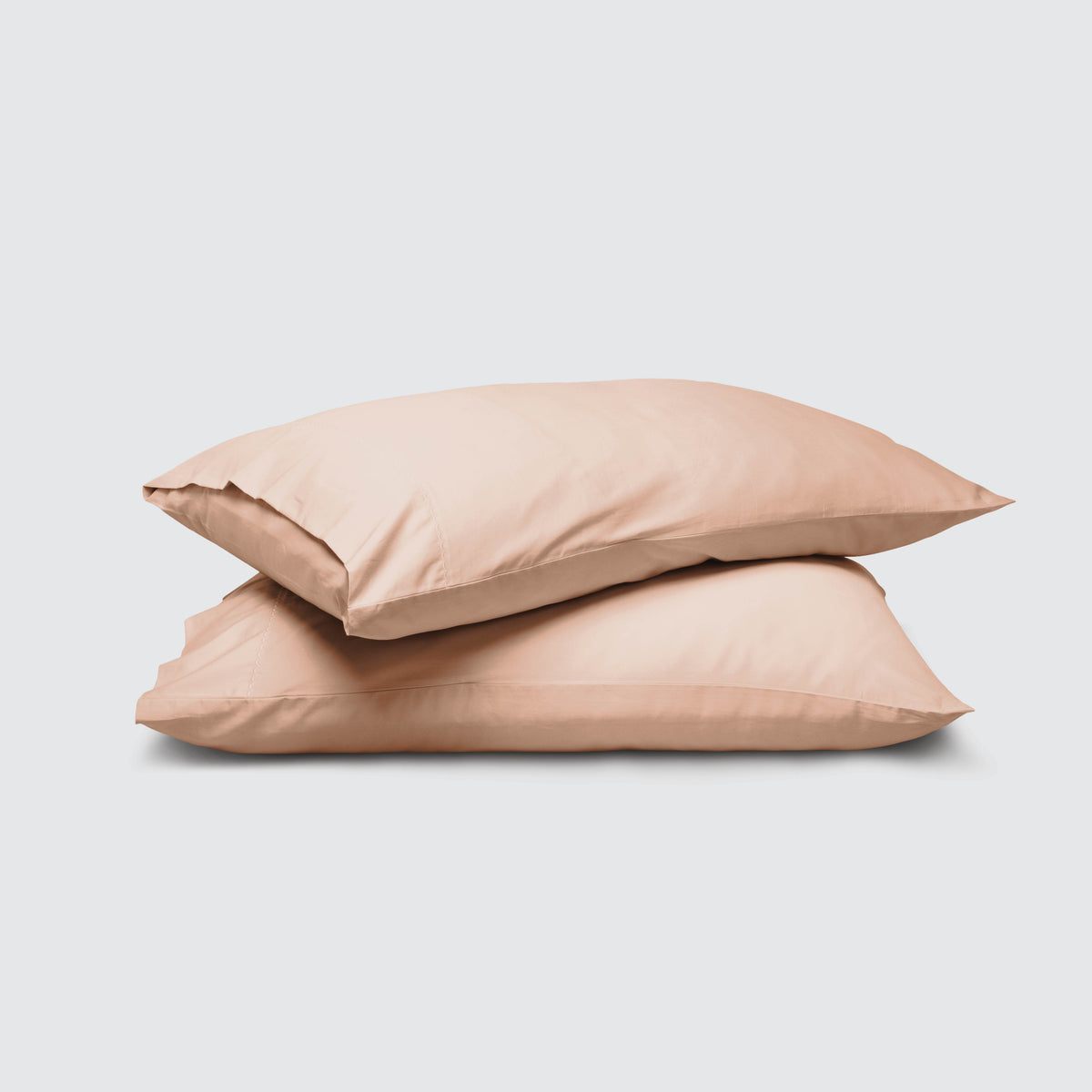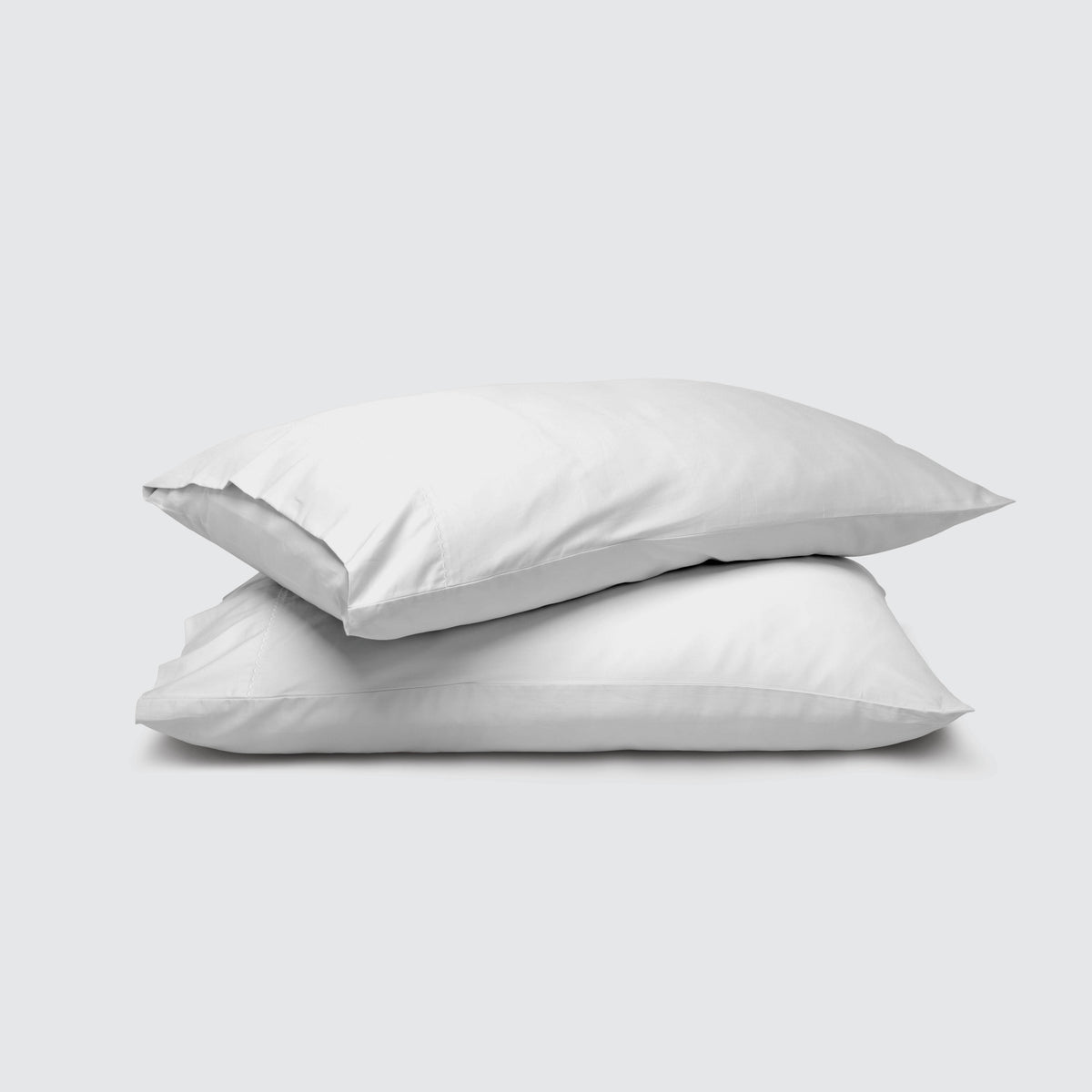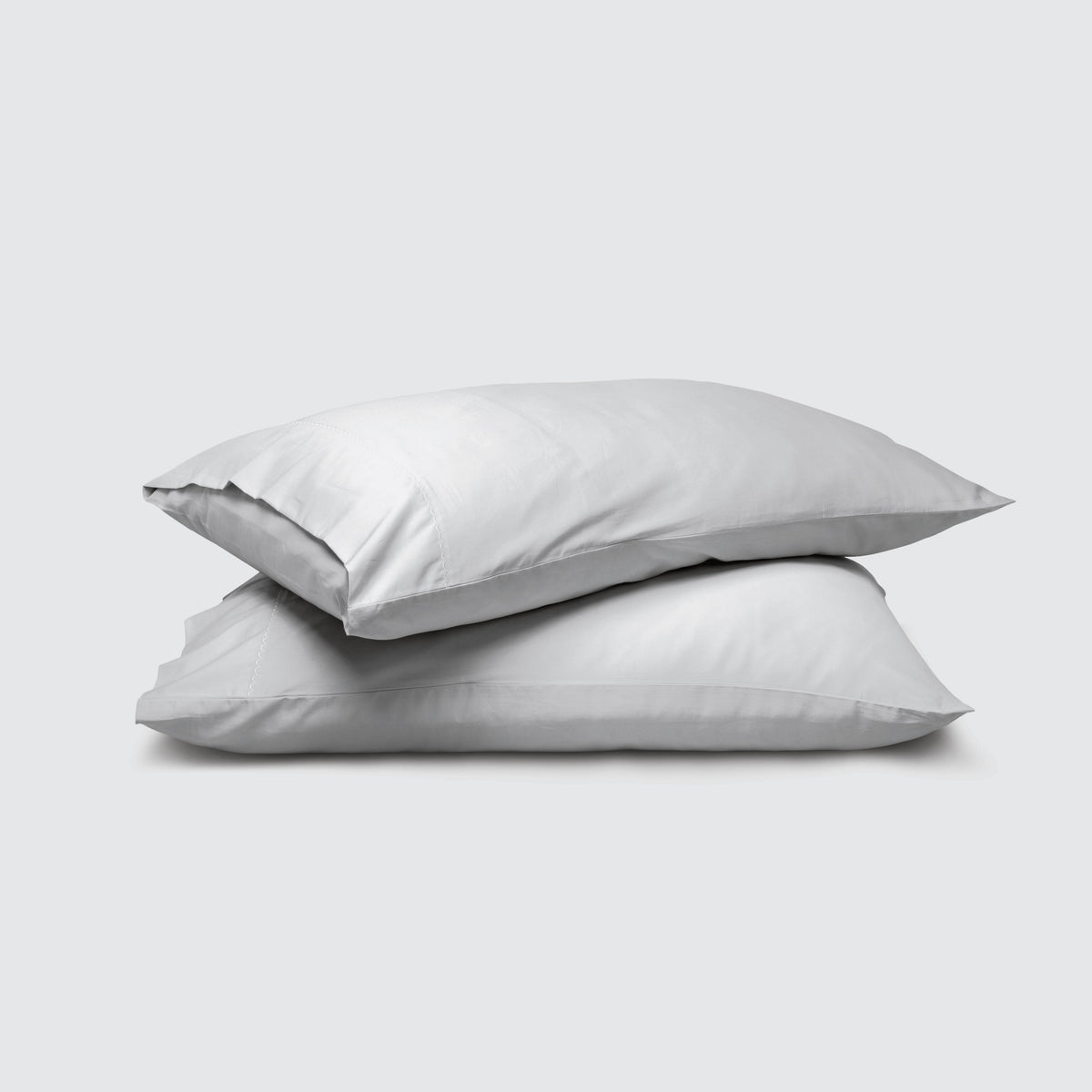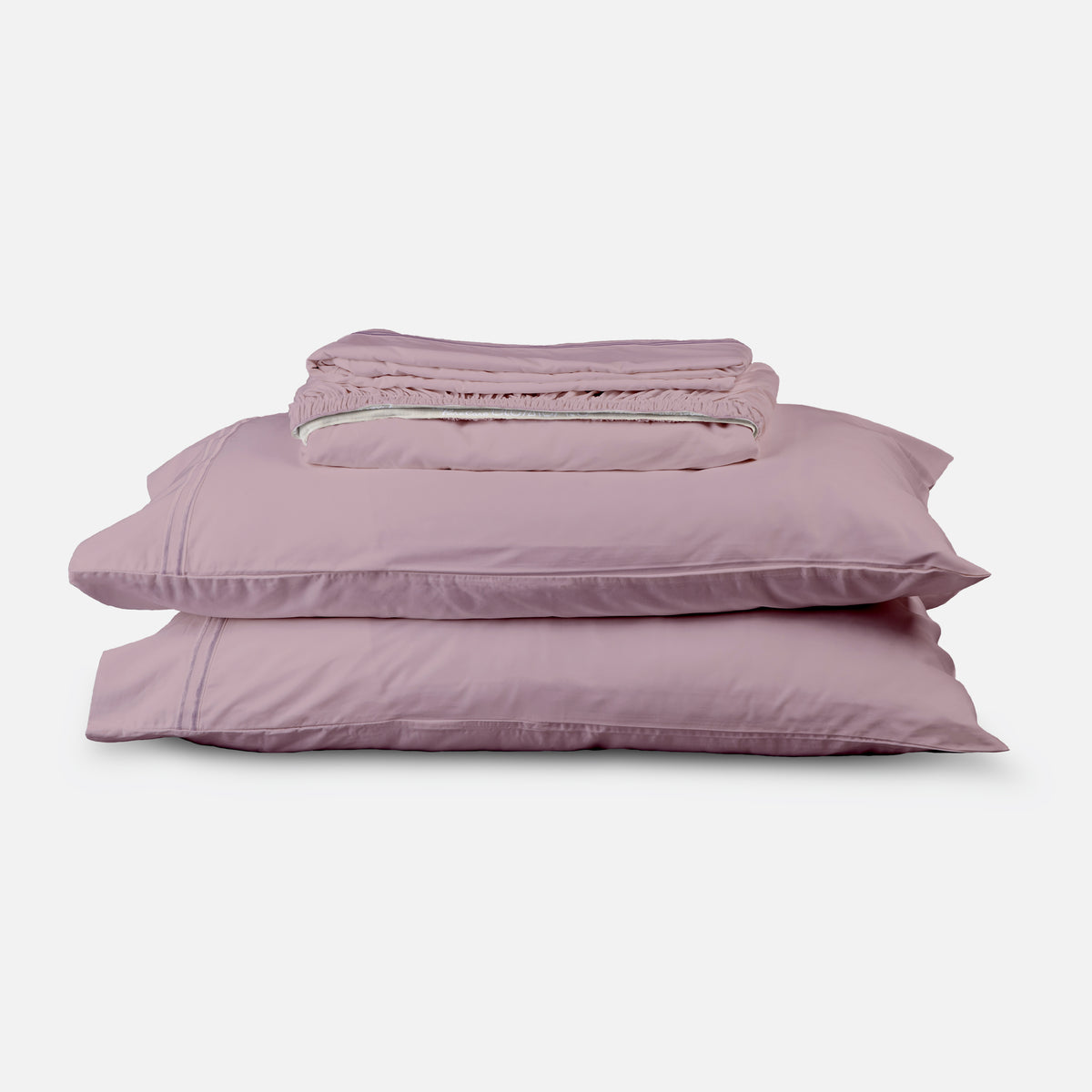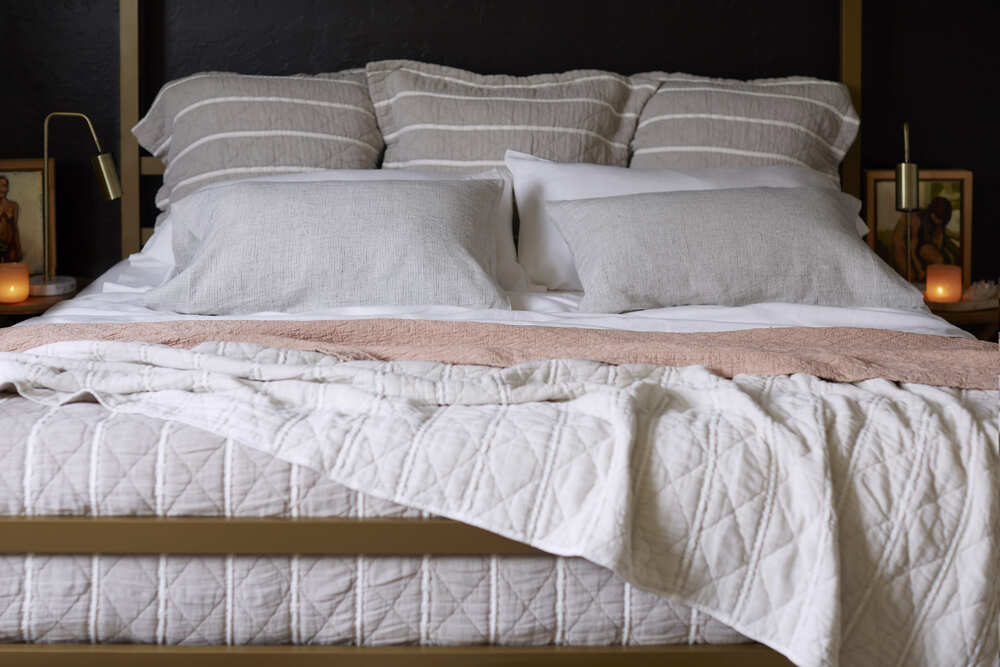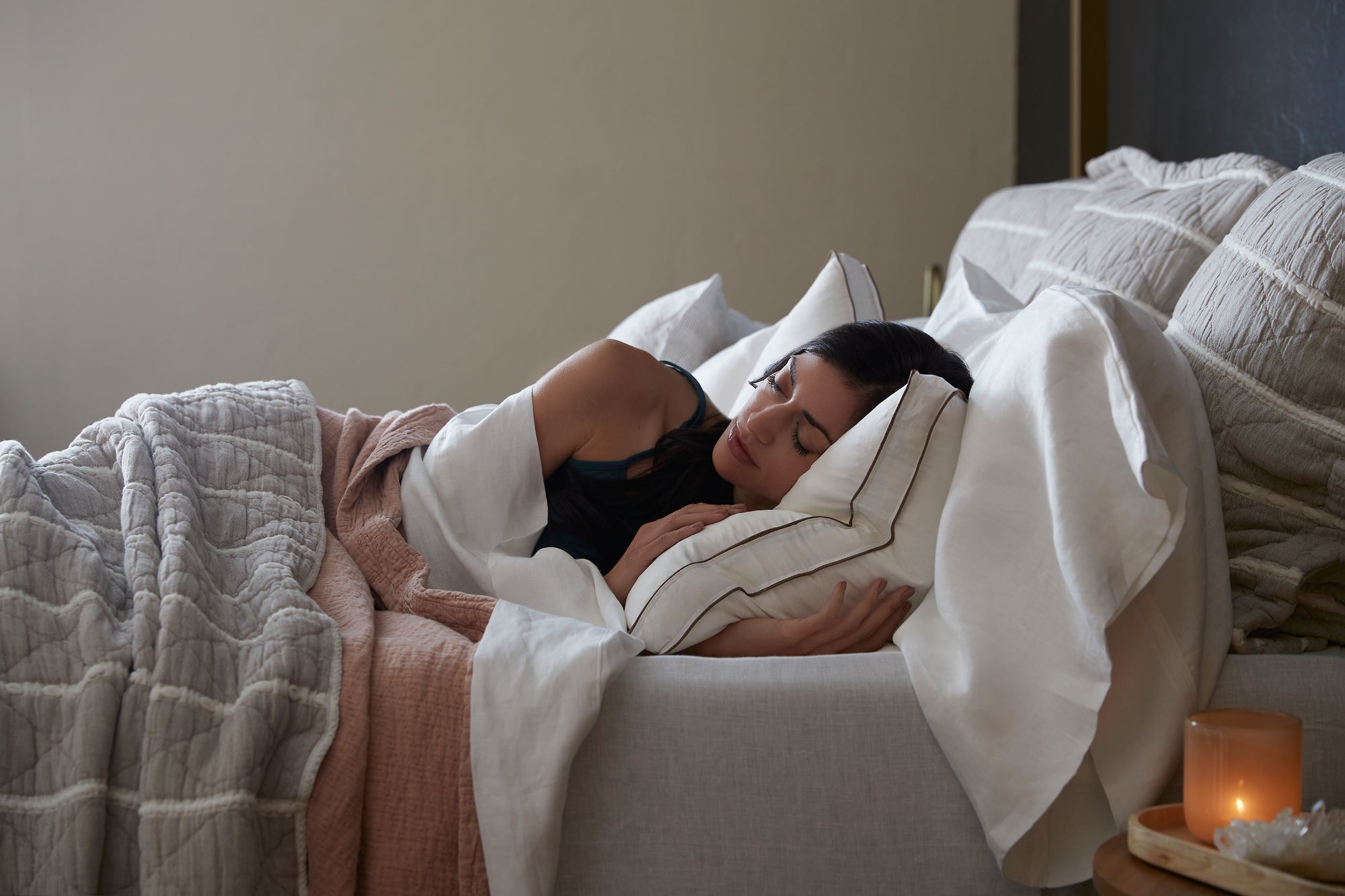Questions about the right fit are just the beginning. The right mattress can nurture your family’s sleep for years to come. After all, mattress types have been associated with better sleep and overall health. A mattress should be an investment in your family’s future; one that can stand the test of time, offering years of peace and sanctuary. You’ll be using this mattress for 6-8 years, so it should upgrade not just your room, but your restfulness and your well-being.
Yet as children grow and mattresses wear, and as we upgrade our homes and sleep spaces, we’re faced with a litany of choices. An empty room full of possibilities can be overwhelming, so we have created even more detailed comparisons. Once you learn about the different sizes, dive into some of the most common dilemmas: how to choose between a twin and a full mattress, a king and a California king, a queen and a king, and a full and a queen.
Here, we’re breaking down the size differences between all standard (and non-standard) mattresses, what kinds of rooms they fit, and their advantages and disadvantages.
Standard Mattress Sizes Explained
There are 6 standard mattress sizes in the US:
|
Inches |
Centimeters |
Feet + Inches |
|
|
Twin Size Bed |
38 x 75 |
96.5 x 190.5 |
3’2” x 6’3” |
|
Twin XL Bed |
38 x 80 |
96.5 x 203.2 |
3’2” x 6’8” |
|
Full-Size Bed (Double) |
54 x 75 |
137.2 x 190.5 |
4’6” x 6’3” |
|
Queen-Size Bed |
60 x 80 |
152.4 x 203.2 |
5’0” x 6’8” |
|
King-Size Bed |
76 x 80 |
193 x 203.2 |
6’4” x 6’8” |
|
California King-Size Bed |
72 x 84 |
183 x 213.4 |
6’0” x 7’0” |
Who Sleeps Best on Each Mattress Size?
Each size accommodates some sleepers better than others:
|
Mattress Types |
Who’s it For? |
|
Twin |
A twin mattress accommodates one small sleeper, usually a child or an adult in a very small space. |
|
Twin XL |
A twin XL mattress accommodates one sleeper, typically a dormitory resident in a university. Twin XL mattresses can also be handy for teens and adults living in small spaces. |
|
Full/Double |
A full mattress accommodates 1-2 sleepers. It’s best if one of the sleepers is a child who wanders in from their own bed occasionally. Full mattresses are often found in guest rooms or single adults’ primary bedrooms. Full beds are roomy for single sleepers and can be snug with 2 adult sleepers. |
|
Queen |
The most common owner’s bedroom size in the US, a queen mattress accommodates 2 adult sleepers |
|
King |
A king mattress accommodates 2 sleepers, plus a child or pet. It can be a place for multiple family members to converge, watch television, and hang out. A king mattress is the widest standard size. |
|
California King |
A California king mattress accommodates 2 sleepers, plus a child or pet. The California king mattress is great for adult couples over 6 feet tall, or those with large pets who sleep at the foot of the bed. Their length makes them ideal in a long, narrow bedroom. |
Split King Mattress Size
Other mattresses can work together to provide a couple with sleep flexibility. A split king mattress consists of 2 separate twin XL mattresses (each measuring 38 x 80 inches) and is covered by two fitted sheets and a single king-sized flat sheet. This arrangement allows two people to sleep next to one another on mattresses of different firmness without disturbing their partner. It is also ideal for those with adjustable bases which allow each mattress to maneuver into a sitting position without adjusting the other mattress. Its total surface area is the same as the king mattress (6080 square inches).
Want your own side and the extra width the king mattress offers? Try a split king.
Split California King Mattress Size
Just like a split king, the split California king consists of two mattresses next to one another, providing the same overall dimensions as the regular California king mattress. However, there’s no standard-size mattress that measures half the California king. So this split bed choice consists of two unique mattresses measuring 36 x 84 inches (3’ x 7’) each. The bedding consists of two fitted sheets and a single flat sheet, just like the split king.
Sleepers get their own space, with a little extra legroom. Tall couples who are prone to disturbing one another or have different preferences for mattress firmness love the split California king.
Specialty Mattress Sizes
American consumers have non-standard choices, too. These mattresses are often made for specific spaces. It can be difficult to source bedding, frames, and custom accessories, but they do indicate a wider world of possibilities is available other than the standard sizes we know and see in stores.
|
Inches |
Centimeters |
Feet + Inches |
|
|
Full XL Size Bed |
54 x 80 |
137 x 203 |
4’6” x 6’8” |
|
Short Queen Size Bed |
60 x 75 |
152 x 191 |
5’0” x 6’3” |
|
Olympic Queen Size Bed |
66 x 80 |
168 x 203 |
5’6” x 6’8” |
|
California King Size Bed |
72 x 84 |
183 x 84 |
6’0” x 7’0” |
|
Alaskan King Size Bed |
108 x 108 |
274 x 274 |
9’0” x 9’0” |
|
Wyoming King Size Bed |
84 x 84 |
213 x 213 |
7’0” x 7’0” |
|
Texas King Size Bed |
80 x 98 |
203 x 249 |
6’8” x 8’2” |
Who are the Non-Standard Mattress Sizes Best For?
|
Mattress Type |
Who’s it for? |
|
Full Size XL Bed |
The same as a standard full but with 5 extra inches of foot room, this long mattress accommodates 1-2 adults. They can be comfortable for tall adults or those who prefer extra length. |
|
Short Queen Size Bed |
Typically found in a recreational vehicle (RV), a short queen accommodates 2 sleepers, but with less legroom than normal. |
|
Olympic Queen Size Bed |
Six inches wider than the queen, the Olympic queen accommodates 2 sleepers comfortably. They can be good solutions for couples who like to stretch out, but lack the floor space for a king-sized bed. |
|
California King Size Bed |
Two sleepers who want extra length. Narrower than a king, there’s less room for the family to pile into a California king than a standard king. |
|
Alaskan King Size Bed |
A family or multiple sleepers. This luxurious sleep space is for extra large owner’s bedrooms. |
|
Wyoming King Size Bed |
Eight inches wider than the standard king, the Wyoming king accommodates 2 sleepers and multiple children and pets. It’s at home in large owner’s bedrooms. |
|
Texas King Size Bed |
Narrower than a Wyoming king or an Alaskan king, the Texas king offers the length to accommodate 2 sleepers, children, pets, and extra-tall family members with ease. With less width, it can look proportional in spaces where the Alaska king cannot go, making for a roomy sleep experience for tall sleepers. |
Global Mattress Sizes
While it can be challenging to find them in the US, along with their bedding, the world of mattresses goes beyond these North American standards. Confusingly, they may go by the same names we use here in the States. Here is a breakdown:
European Mattress Dimensions
- 1. Single
- Inches: 35 in x 79 in
- Centimeters: 90 cm x 200 cm
- Feet and Inches: 2'11" x 6'7"
- 2. Double
- Inches: 55 in x 79 in
- Centimeters: 140 cm x 200 cm
- Feet and Inches: 4'7" x 6'7"
- 3. King
- Inches: 63 in x 79 in
- Centimeters: 160 cm x 200 cm
- Feet and Inches: 5'3" x 6'7"
- 4. Super King
- Inches: 71 in x 79 in
- Centimeters: 180 cm x 200 cm
- Feet and Inches: 5'11" x 6'7"
Australian Mattress Dimensions
- 1. Single
- Inches: 36 in x 74 in
- Centimeters: 92 cm x 188 cm
- Feet and Inches: 3' x 6'2"
- 2. Double
- Inches: 54 in x 74 in
- Centimeters: 137 cm x 188 cm
- Feet and Inches: 4'6" x 6'2"
- 3. Queen
- Inches: 60 in x 80 in
- Centimeters: 153 cm x 203 cm
- Feet and Inches: 5' x 6'8"
- 4. King
- Inches: 72 in x 80 in
- Centimeters: 183 cm x 203 cm
- Feet and Inches: 6' x 6'8"
Asian Mattress Dimensions
- Single
- Varies, but commonly around 39 in x 75 in
- Centimeters: 100 cm x 200 cm (approx.)
- Feet and Inches: 3'3" x 6'7" (approx.)
- Double
- Varies, but it’s often similar to European or North American double size
- Queen
- Varies, but it’s often similar to North American Queen
- King
- Varies, but it’s often similar to North American King
Measuring for the Right Mattress Size
There are a couple of important measurements you’ll need before mattress shopping:
- Tight hallways, turns, and doorways: They can impede moving a large-sized mattress to the bedroom.
- Your room layout: You’ll want to get a sense of how a mattress will fit in your space and allow for a sound sleep as well as a comfortable life.
For doors and hallways, keep in mind that if you prefer a rigid mattress, larger sizes may be more difficult to move. Standard doorways range from 2’0” to 3’ wide. Hallways, too, measure around 3’ wide. Narrow doors are the biggest concern, especially when they make sharp turns and become narrow hallways! Width is a more common obstacle than height.
If you have an older home with a narrow hallway, narrow door frames, or tight turns, consider:
- Split of flexible box springs
- Bed frames that can be disassembled and reassembled in the bedroom
- Mattress-in-a-box beds, that can be moved to a bedroom and then opened
Measure the bedroom itself so you can picture how your new bed will fit within it and how traffic will flow around it. It’s easiest to measure your space with a partner (or a laser if you have it). If you don’t, you can still get a good sense of the space you have to plan how furniture will look.
Start with a rough diagram of the room. It doesn’t need to be perfect. Then, measure the two primary room dimensions (length and width). Record them on your diagram. Add offsets, nooks, and openings. Make sure you’re considering windowsill heights (so you know if you’re able to use that wall space from floor to ceiling or simply position furniture beneath it).
Sketch an approximation of your chosen mattress size. Ask yourself: Is there room to move through the bedroom freely, even in the night? Can you kneel to open dresser drawers? Does the bed feel too large or small in your space?
Which Sized Bedroom Fits Each Mattress?
The average bedroom size in the US is 132 square feet, enough to consider a queen bed. The average size for an owner’s bedroom is larger: around 14 x 16’ (around 224 square feet). That means an owner can consider a king of California king, making the final decision according to the shape of their room and their own height (square bedroom dwellers might want to opt for a king, while taller sleepers and those with narrow bedrooms should consider the California king).
You’ll also need to account for your nightstands, which typically measure 18 inches to 3 feet in width. Your room size will dictate how you balance your bed and nightstands. There’s plenty of room to play with accessories and sizes as long as you’re able to reach and use the items you need. Typically, narrower beds look better with narrow nightstands while king beds can feel proportional and balanced with wider nightstands.
Here is a list of recommended bedroom sizes for each type of mattress. The sizes allow for a nightstand on each side of the bed and a dresser that can be comfortably opened.
- Twin Size Bed
- Recommended room size: At least 7 feet by 10 feet (2.13 meters by 3.05 meters)
- Twin XL Size Bed
- Recommended room size: At least 7 feet by 10 feet (2.13 meters by 3.05 meters)
- Full Size Bed (Double)
- Recommended room size: At least 10 feet by 10 feet (3.05 meters by 3.05 meters)
- Queen Size Bed
- Recommended room size: At least 10 feet by 11 feet (3.05 meters by 3.35 meters)
- King Size Bed
- Recommended room size: At least 12 feet by 12 feet (3.66 meters by 3.66 meters)
- California King Size Bed
- Recommended room size: At least 13 feet by 11 feet (3.96 meters by 3.35 meters)
Choosing the Right Mattress Size for Your Needs
While your bed should support your family and space, there are many factors mixed into how. Consider:
Your sleep habits: Are you a sleeper who changes position from side to stomach and back? A wider profile bed can help keep your spine aligned through multiple moves (and keep your partner from waking, too).
Your room’s height: It’s okay if you didn’t measure this dimension, but higher ceiling heights can help a bigger bed feel at home in a space with an otherwise small footprint.
Bedroom size, even when your room is very large: Don’t be fooled into thinking any mattress will work in a large space simply because it fits. If you are struggling to add warmth to a cavernous bedroom, a larger bed can really fill the space and de-emphasize its size. And don’t forget to layer your bed so it exudes coziness.
Your sleep partner: Singles should consider their own comfort when they have the space. A double bed can ensure you sleep through routine changes of position. Even when you’re alone in bed, sleeping undisturbed can be a wellness upgrade that a full, queen, or even king mattress offers.
Couples seldom regret going big. After all, you can cuddle up with one another anytime you like, while snagging some space to yourself when you need it. You can roll over without disturbing your partner easily, and if you opt for a king or a California king, you can even change out the mattress styles on each side of the bed, so partners can snooze atop their own perfect firmness and minimize whole-mattress movement.
Families also benefit from the largest style that fits their space. With a king or California king, post-nightmare snuggles don’t have to disrupt partners, and getting back to sleep comfortably is a breeze.
Regardless of who shares your bed, make it a point to incorporate self-care into your routine, from guided meditation to prioritizing nourishing meals. It’s all part of celebrating relaxation and ensuring you have the tools that you need for a good night’s sleep. According to Dr. Weil, sleep impacts our health from multiple angles: physical, mental, and spiritual. Rest can heal, so sleeping comfortably is the first step toward a healthy lifestyle.
The Right Mattress Size? It’s the one That Supports You
Our beds are more than just places to spend sleep. They’re places to snuggle up and read, to quiet our minds, and to rest our souls. They’re spaces of renewal and regeneration. The perfect mattress lets us live in the moment, so it’s important that it suits us: our families, our bodies, and our homes.
That’s why, once you find the perfect size, you indulge in making it your own, with ultrasoft cotton-linen blended sheets, cozy quilts, weighted blankets, and oversized Euro pillows. Premium relaxation bedding can transform any size mattress into the sanctuary it deserves to be.
And don’t forget—Mix, Match, and Save up to 40% off all season long when you refresh your favorite sleep wellness essentials with us at purecare.com!
Frequently Asked Questions about Mattress Size
What are the dimensions of a toddler mattress?
A toddler mattress measures roughly 28 x 52 in (that’s 71 cm x 132 cm or 2’4” x 4’4”). A toddler mattress and a crib mattress are essentially the same size, allowing for easy transition between cribs and toddler beds. They’re designed to fit snugly in cribs to prevent injury. Even in a toddler bed, it’s important to make sure there’s no chance of pinching fingers or becoming trapped between the mattress and bed frame.
Transition to a toddler bed using your crib mattress when your little one is 18-24 months old, reaches 36” tall, or is climbing out of their crib.
What are the dimensions of a crib mattress?
A crib mattress measures roughly 28 x 52 inches (that’s 71 cm x 121 cm, or 2’4” x 4’4”). That’s the same as a toddler mattress, so you can use it once you transition out of a crib. They’re designed to fit snugly in cribs to prevent injury, so make sure your mattress is tight against its bed frame.
How is mattress size measured?
Typically, mattress size is measured by width x length, with the distance across the head of the bed first, and the distance from head-to-foot second.
Measure your mattress thickness to ensure your sheets fit adequately and your bed is positioned at a comfortable distance from the floor.
What are the mattress sizes by popularity?
Almost half the mattresses sold in the US Are queen size (47%). Next comes king (19%) – so two-thirds of Americans sleep on one of these two primary mattress types. Next are:
Full (14%)
Twin (6%)
California king (6%)
Twin XL (3%)
Full XL (3%)
(from Statista)
Is a double and a full the same size?
Yes, a double and a full bed are the same size. In the US, a double and a full both refer to a mattress size that measures 54” x 75” ( 4'6" x 6'3")
Is a standard mattress the same as a twin?
Nope, a standard mattress is not a twin. A “standard size” mattress is equivalent to a full/double mattress (which measures 53 in x 75 in).

